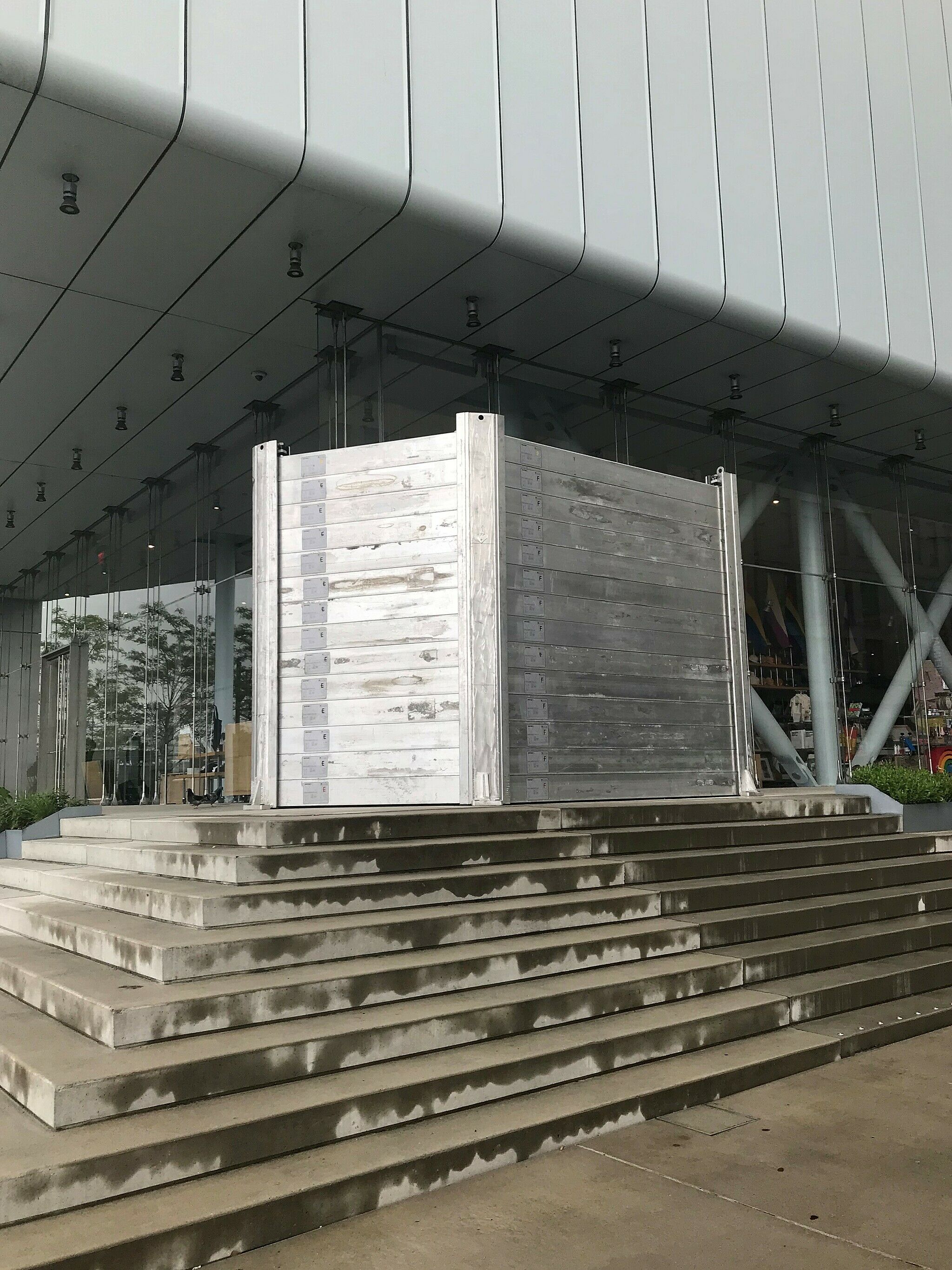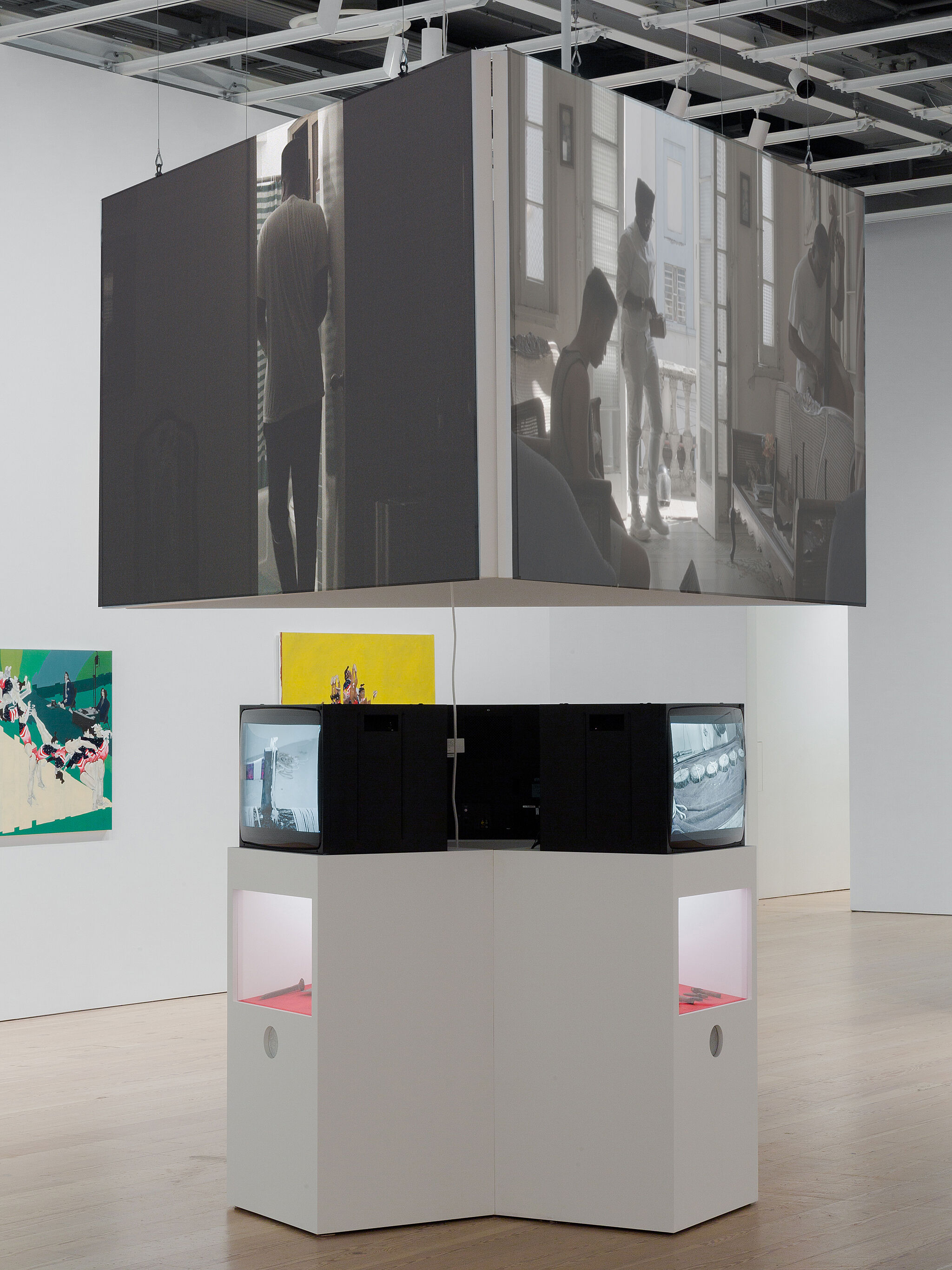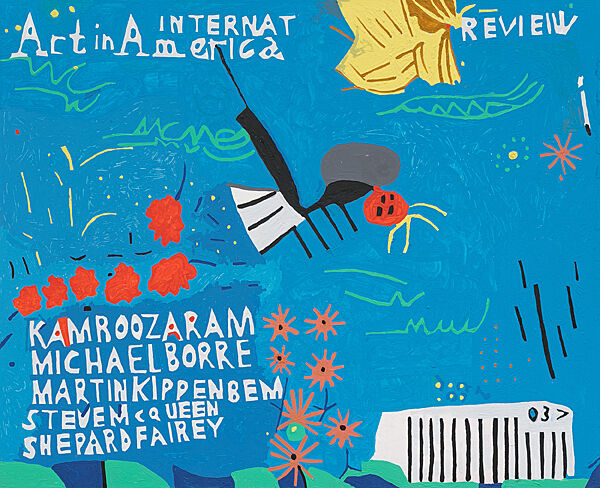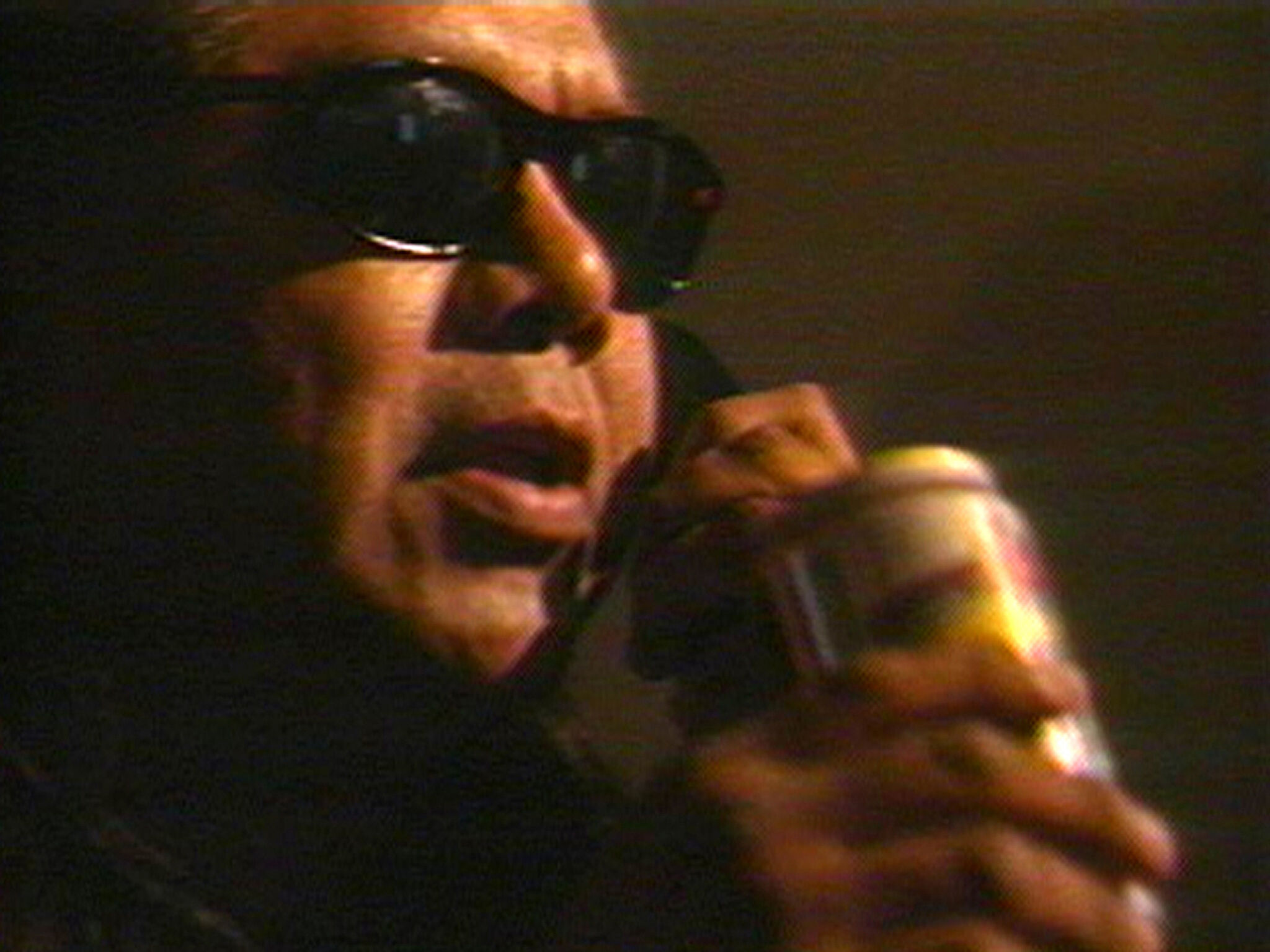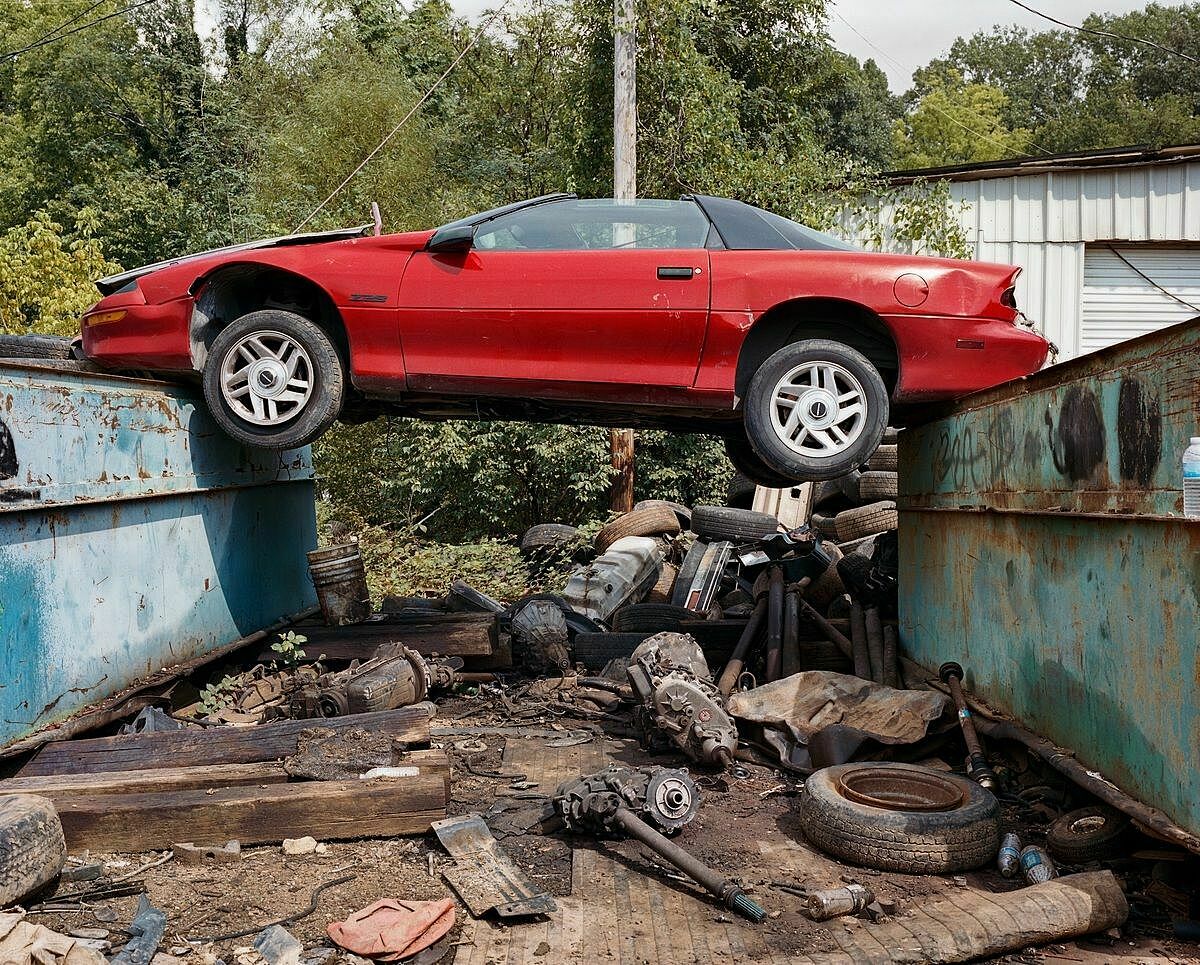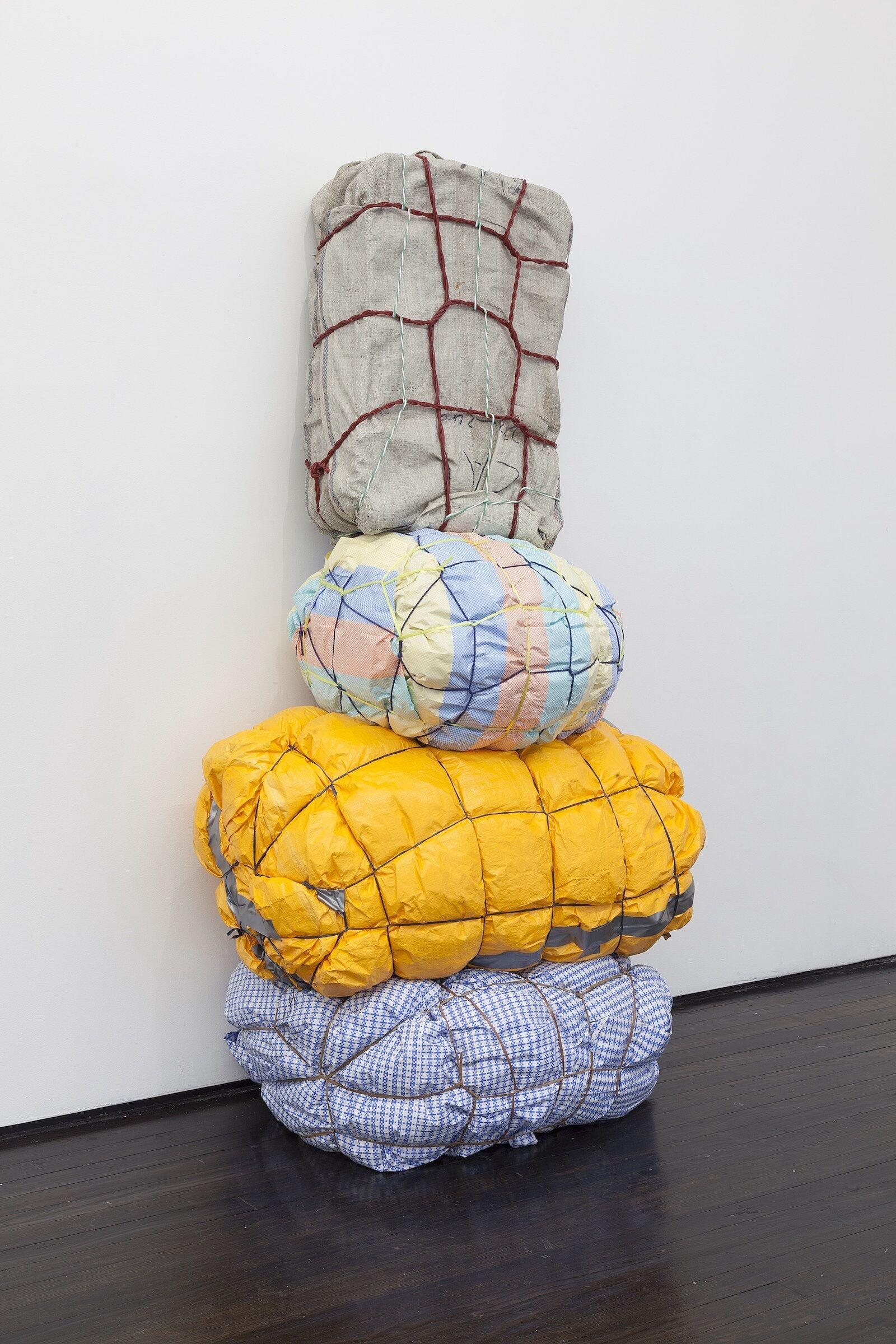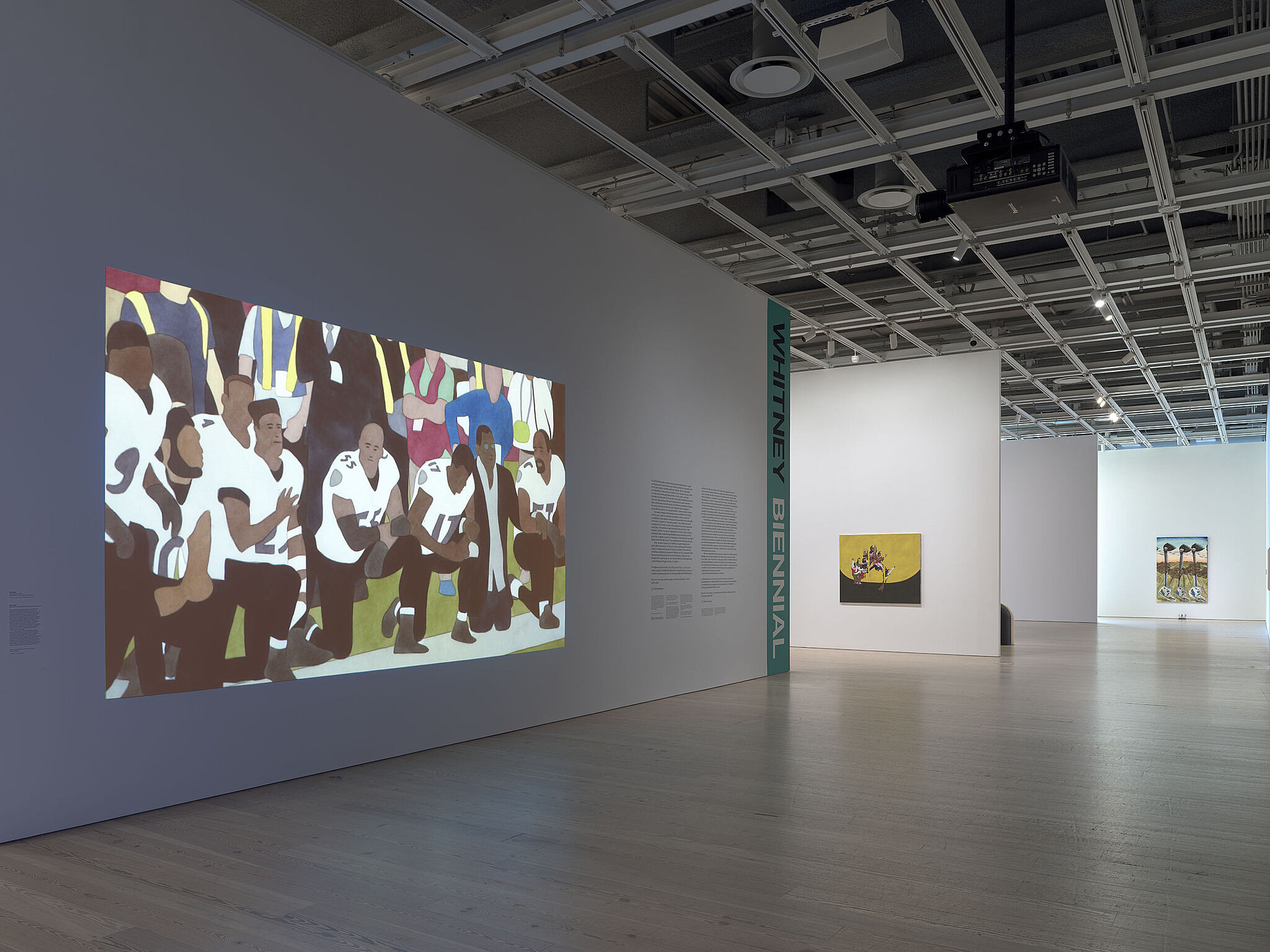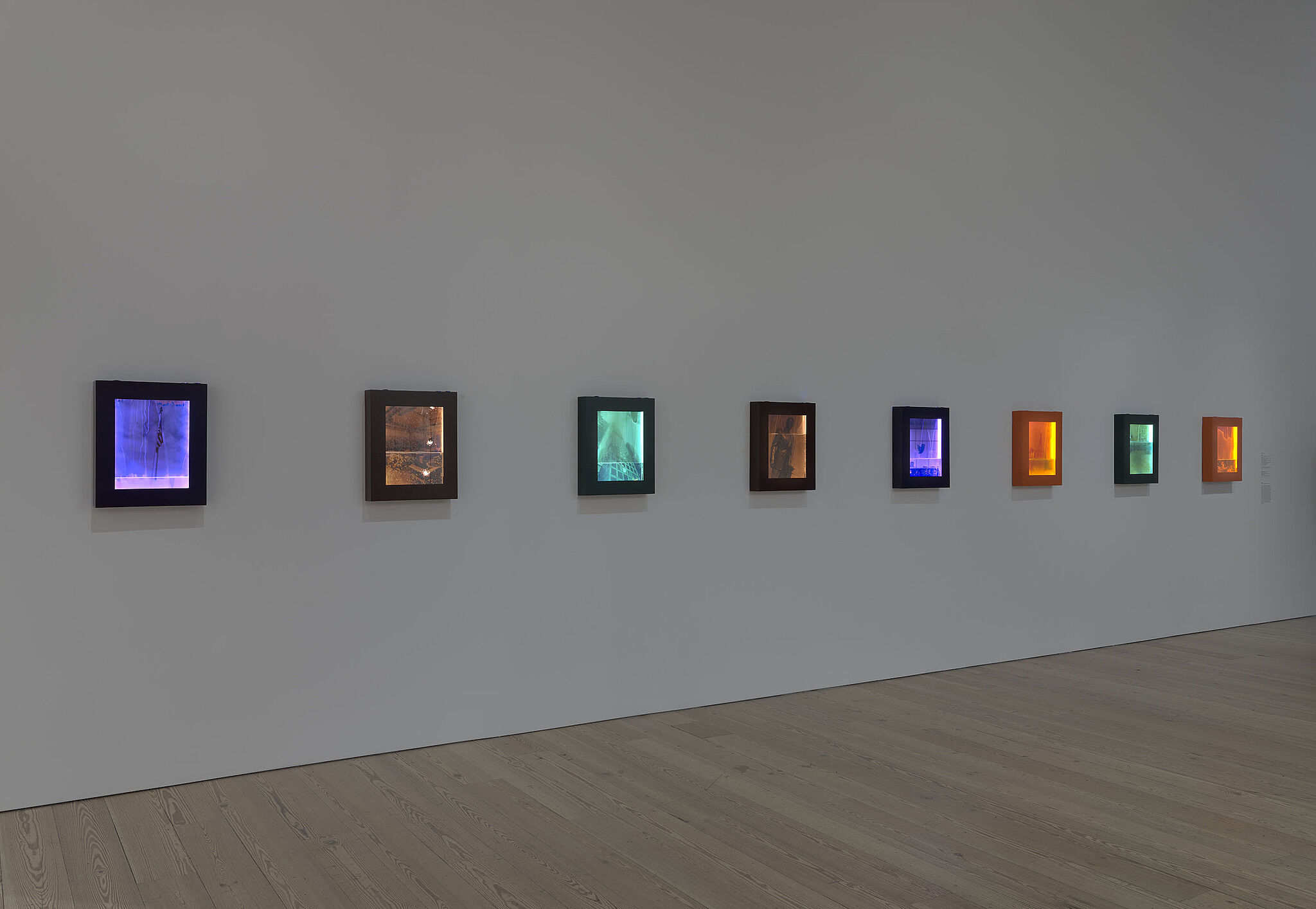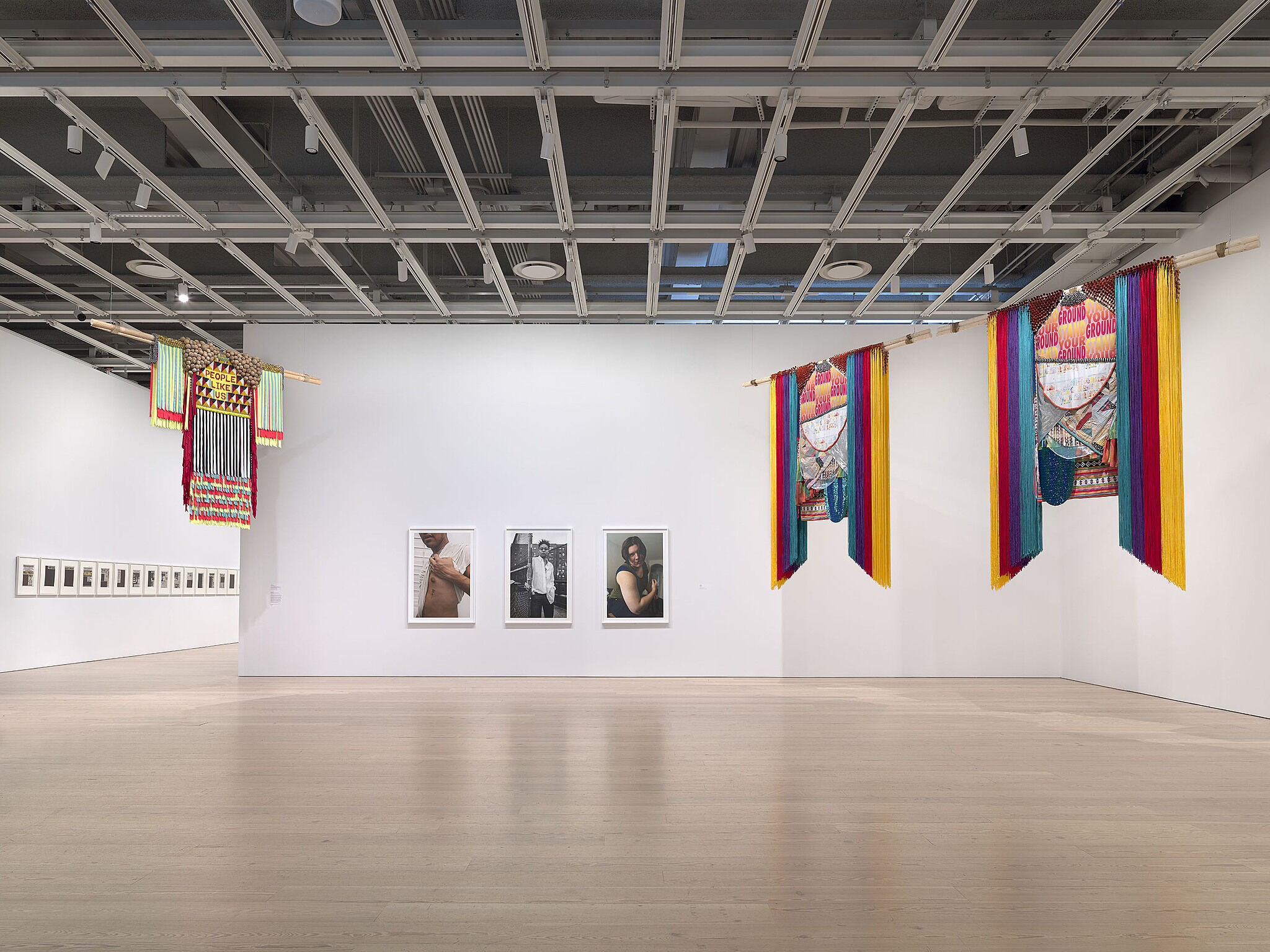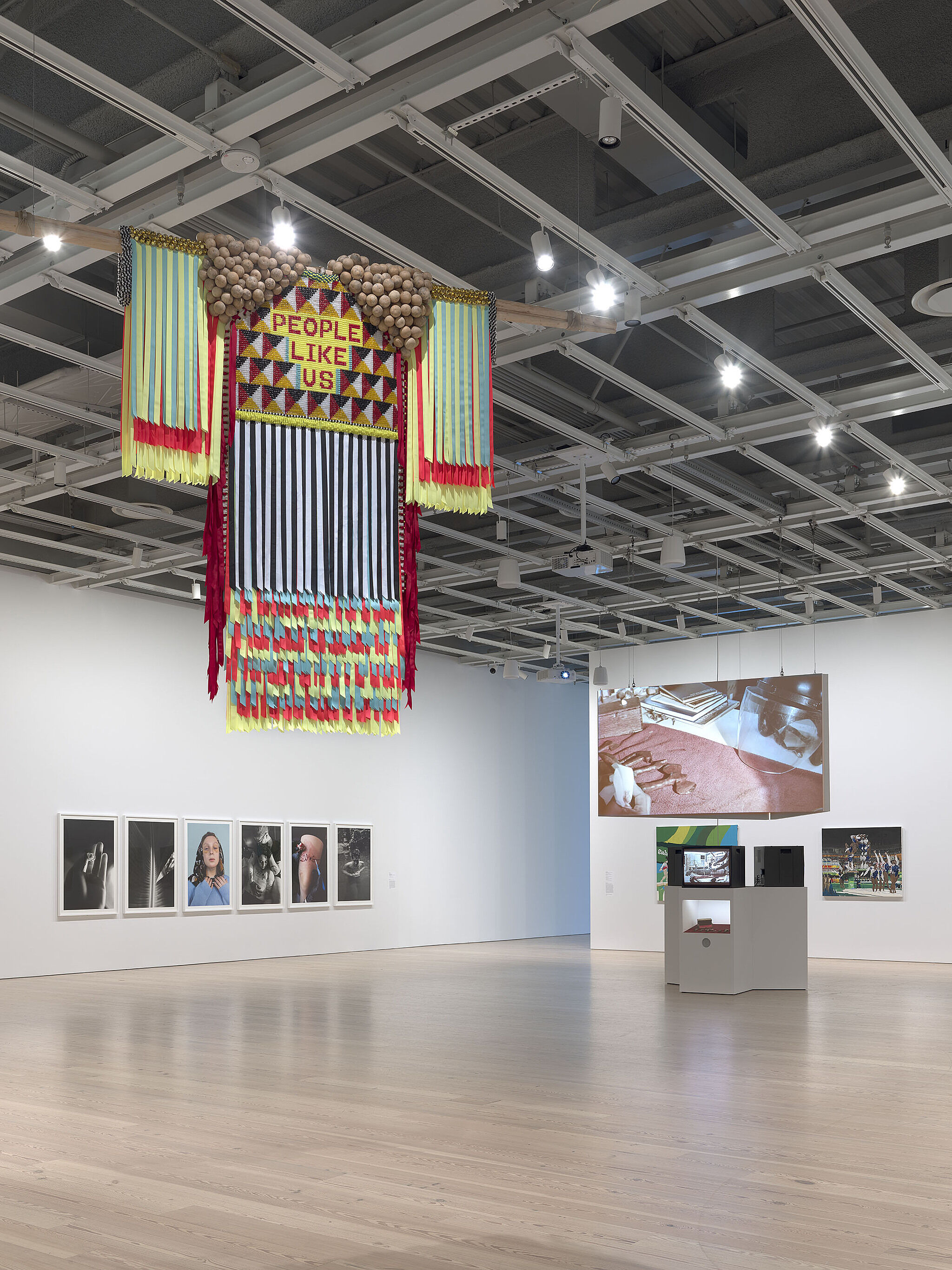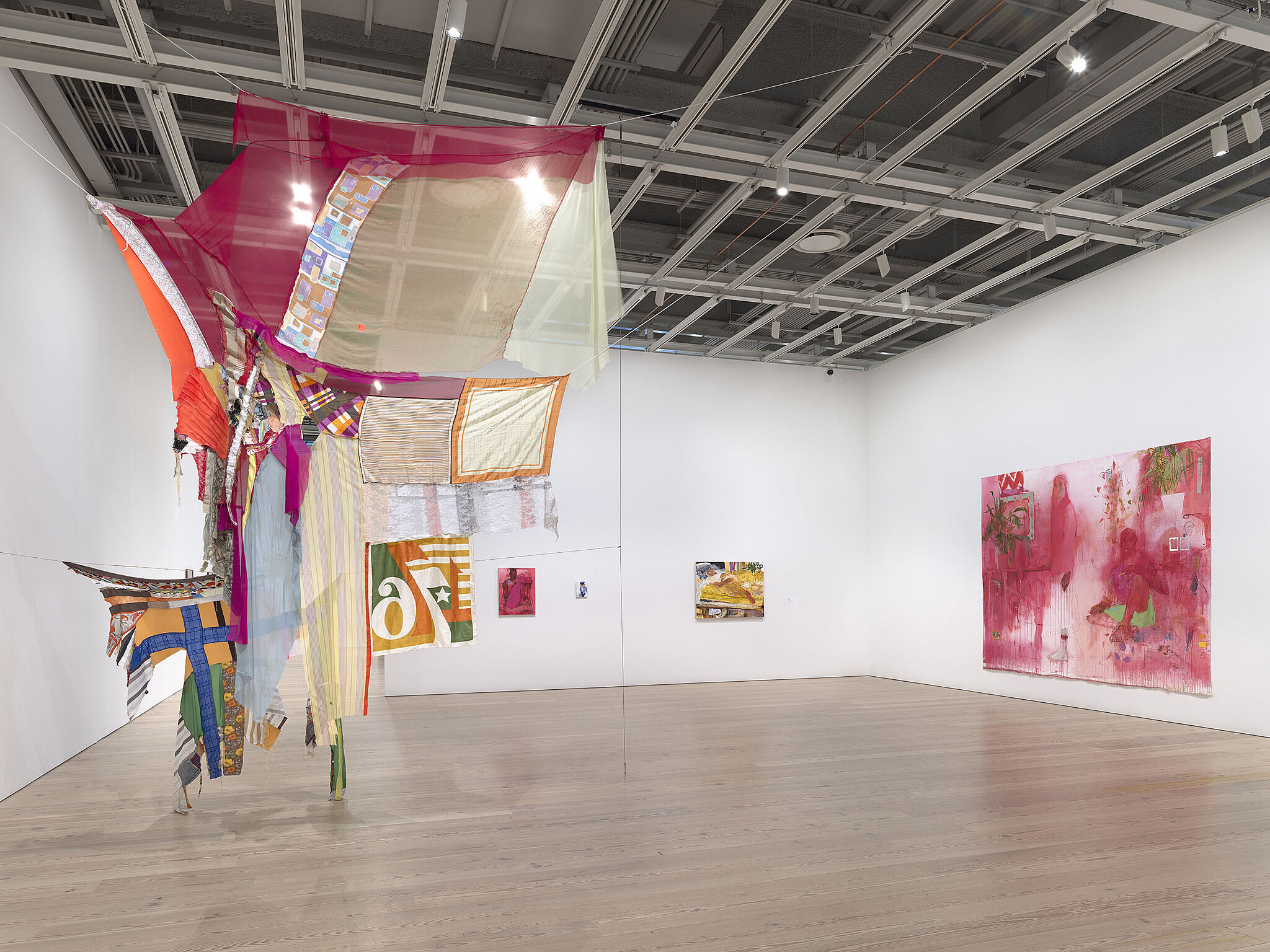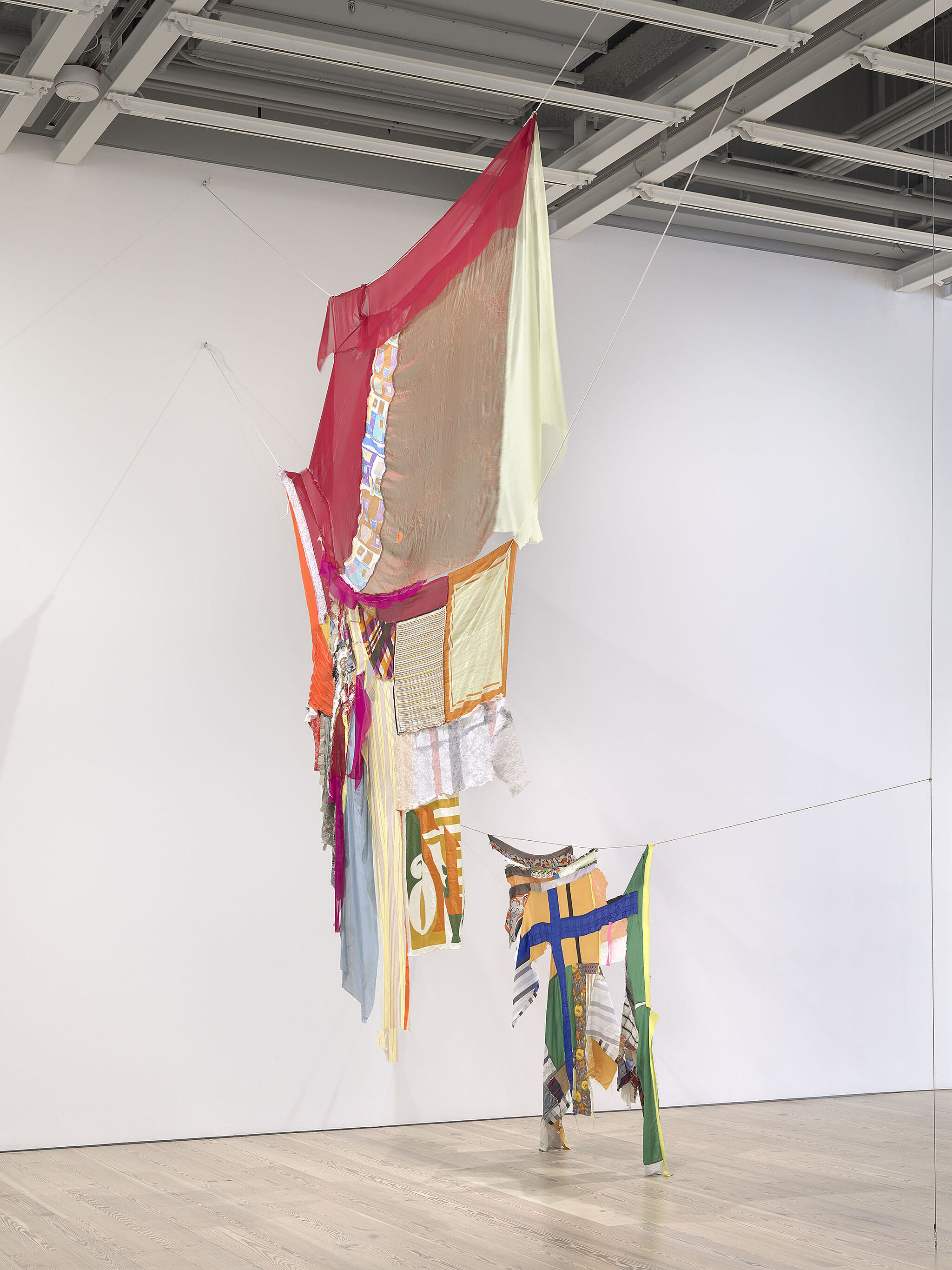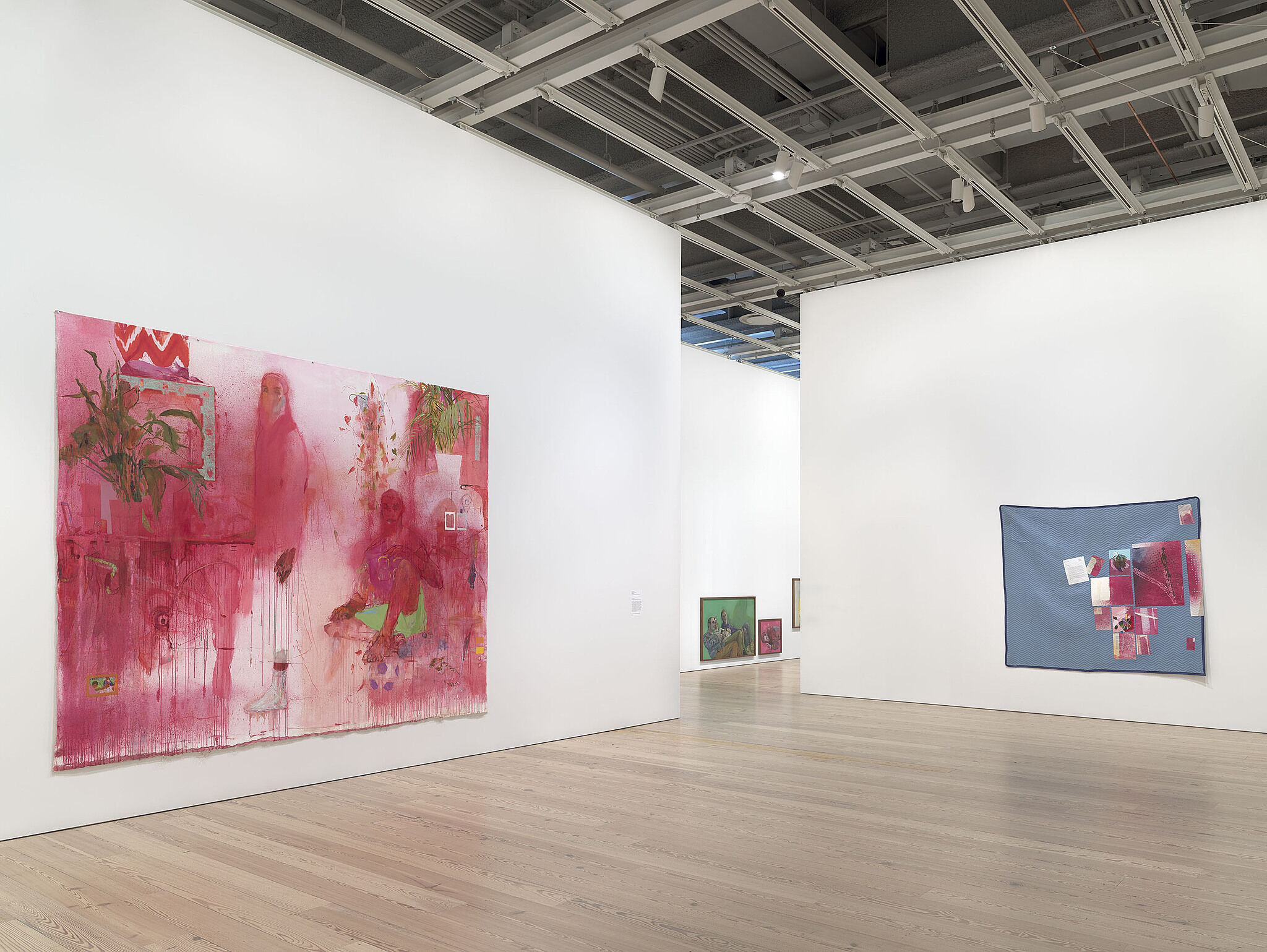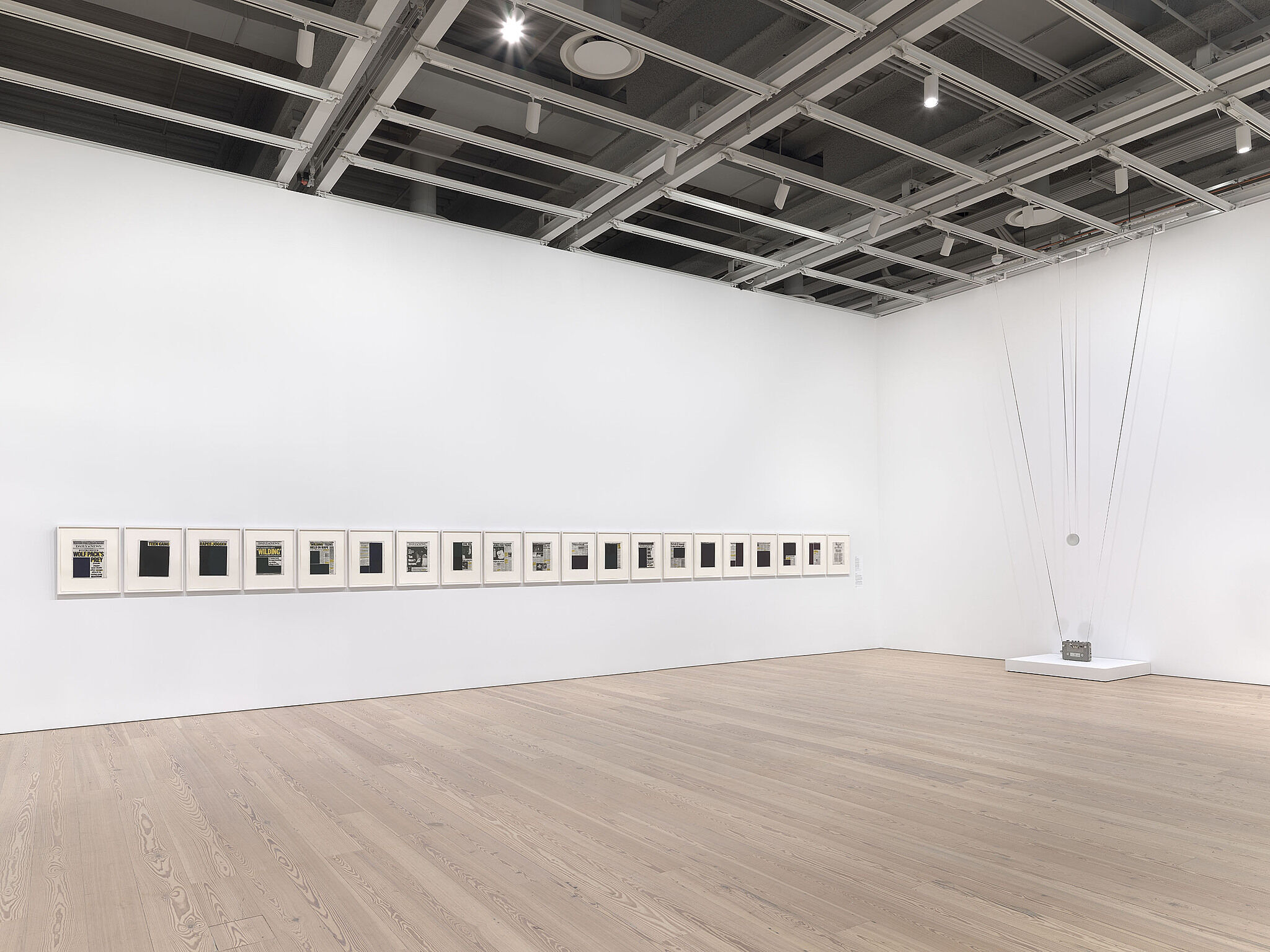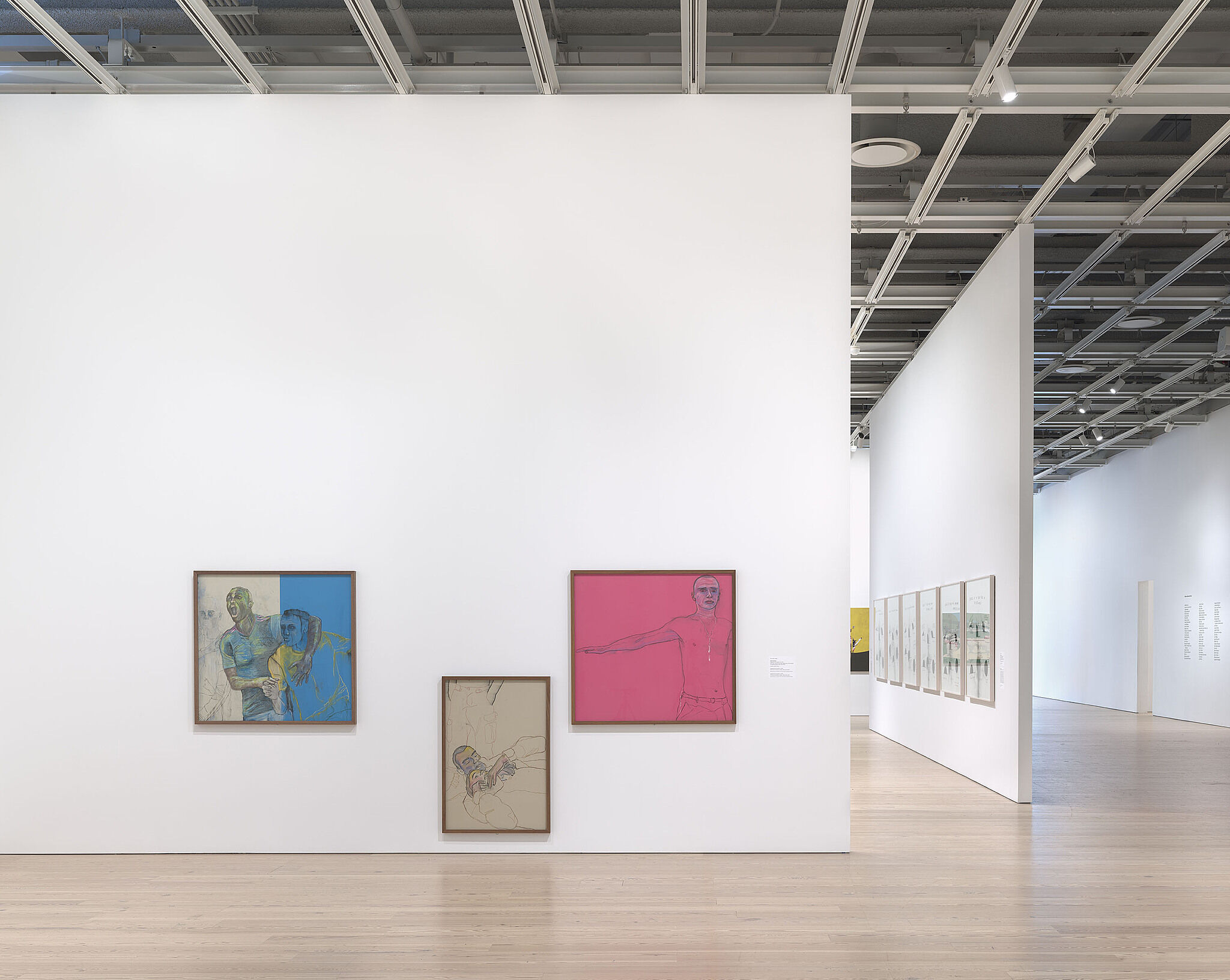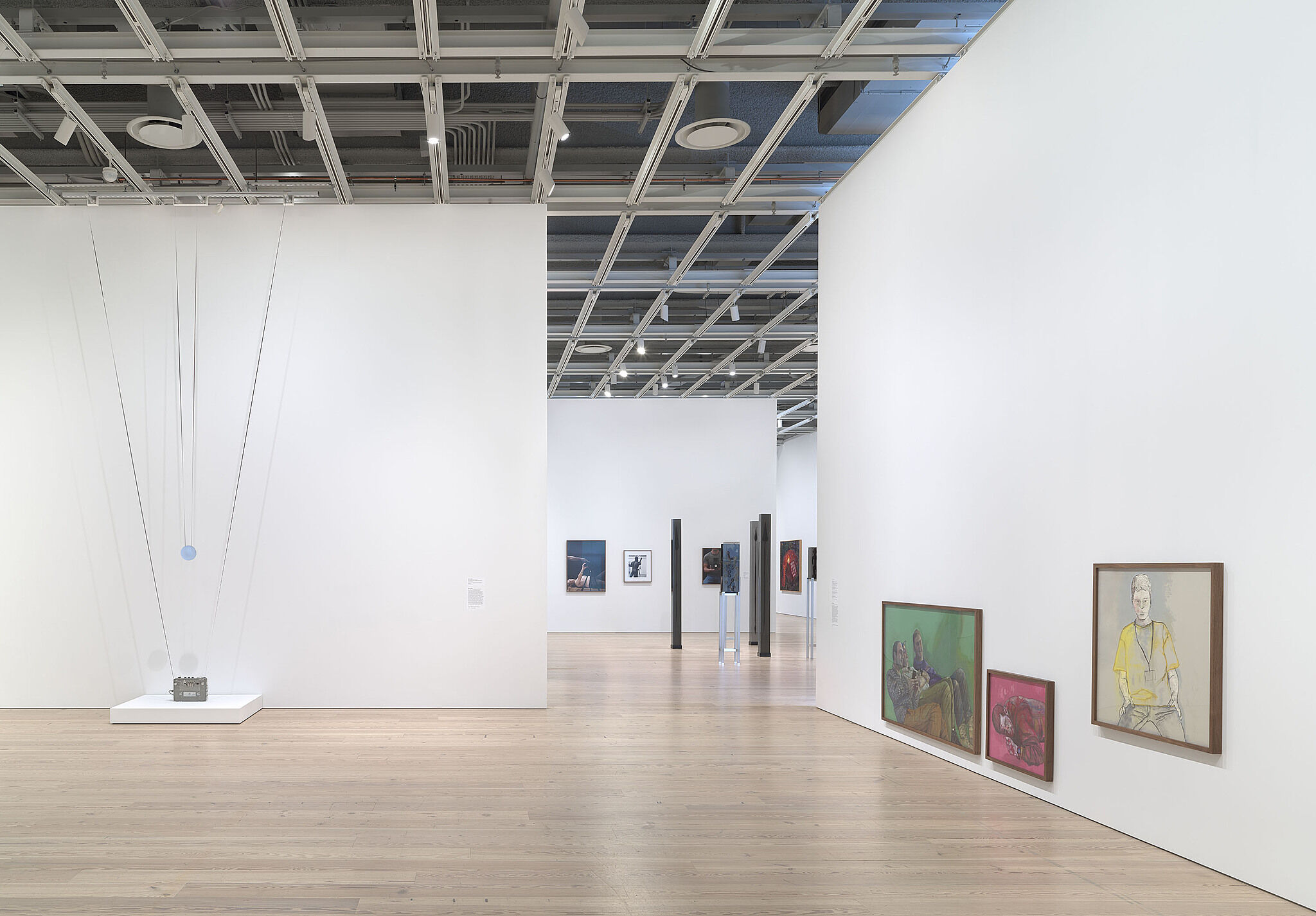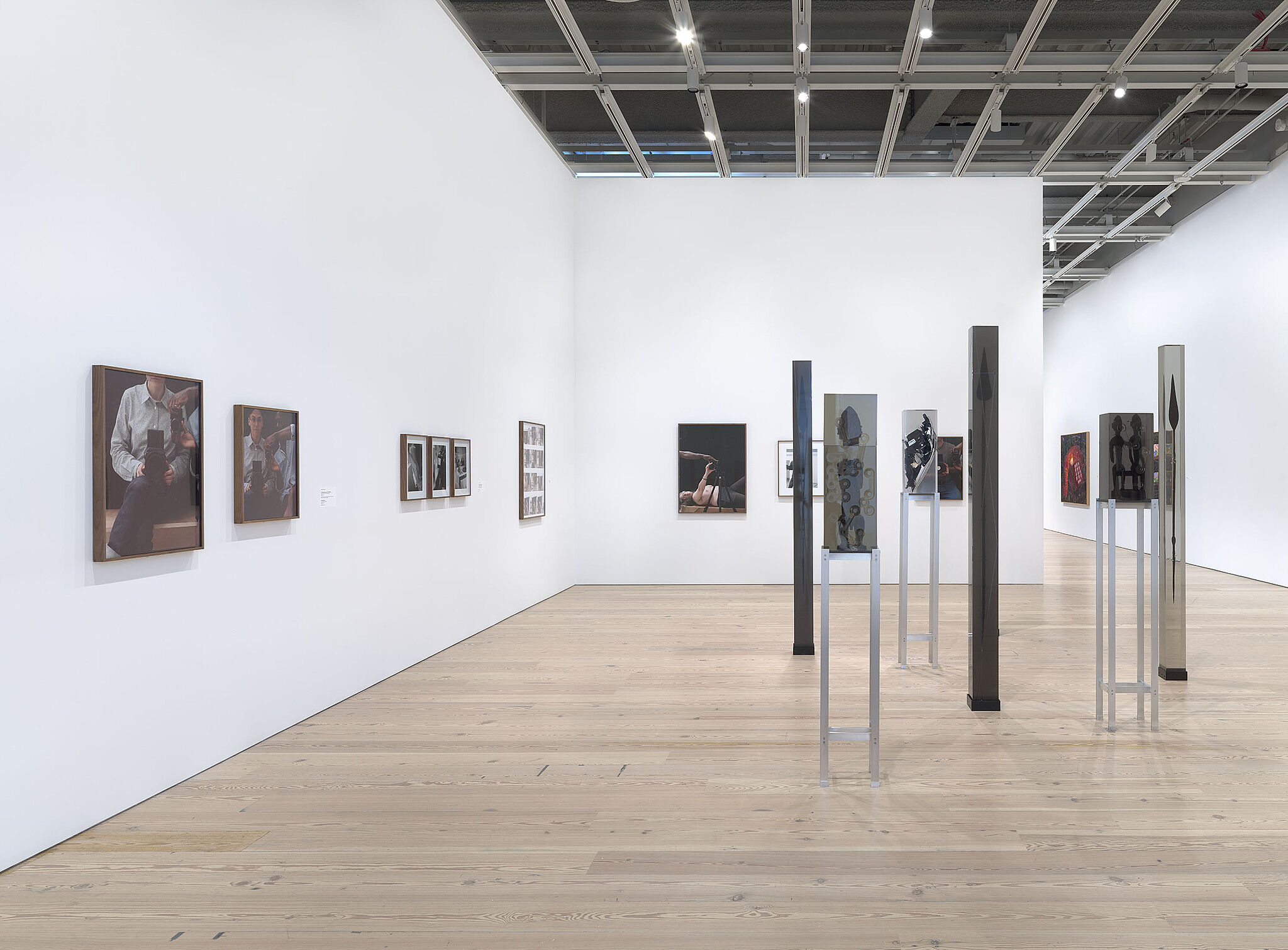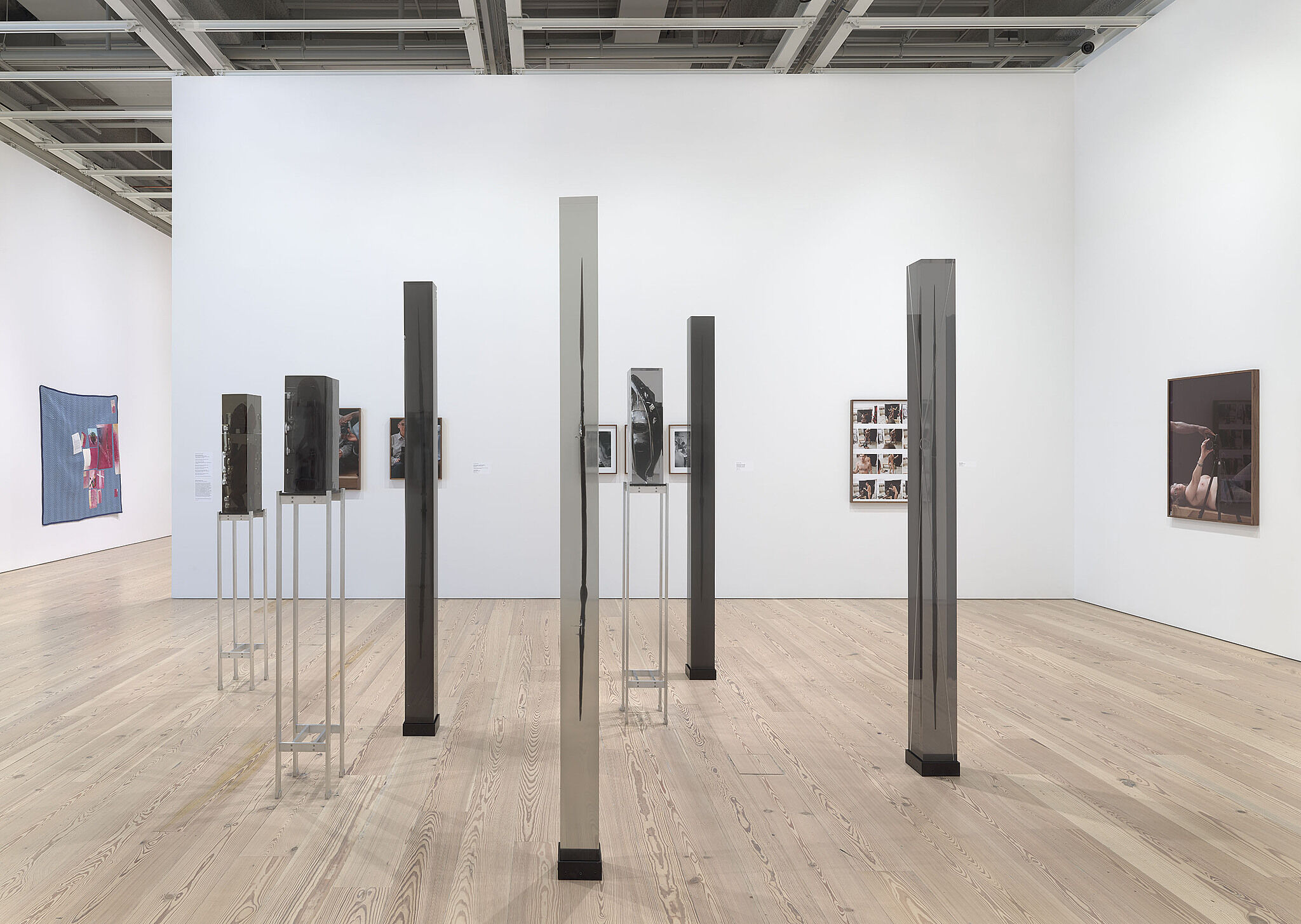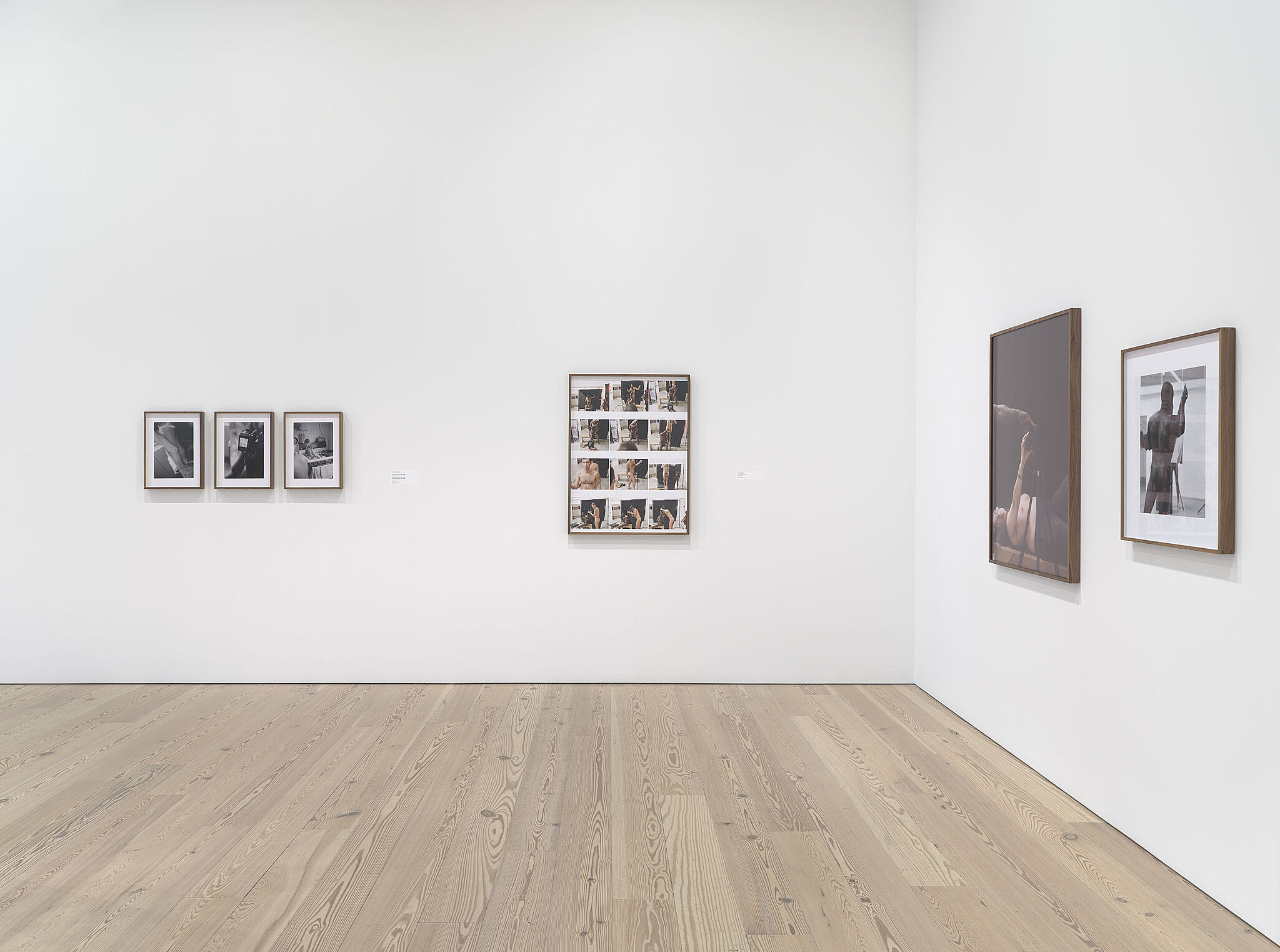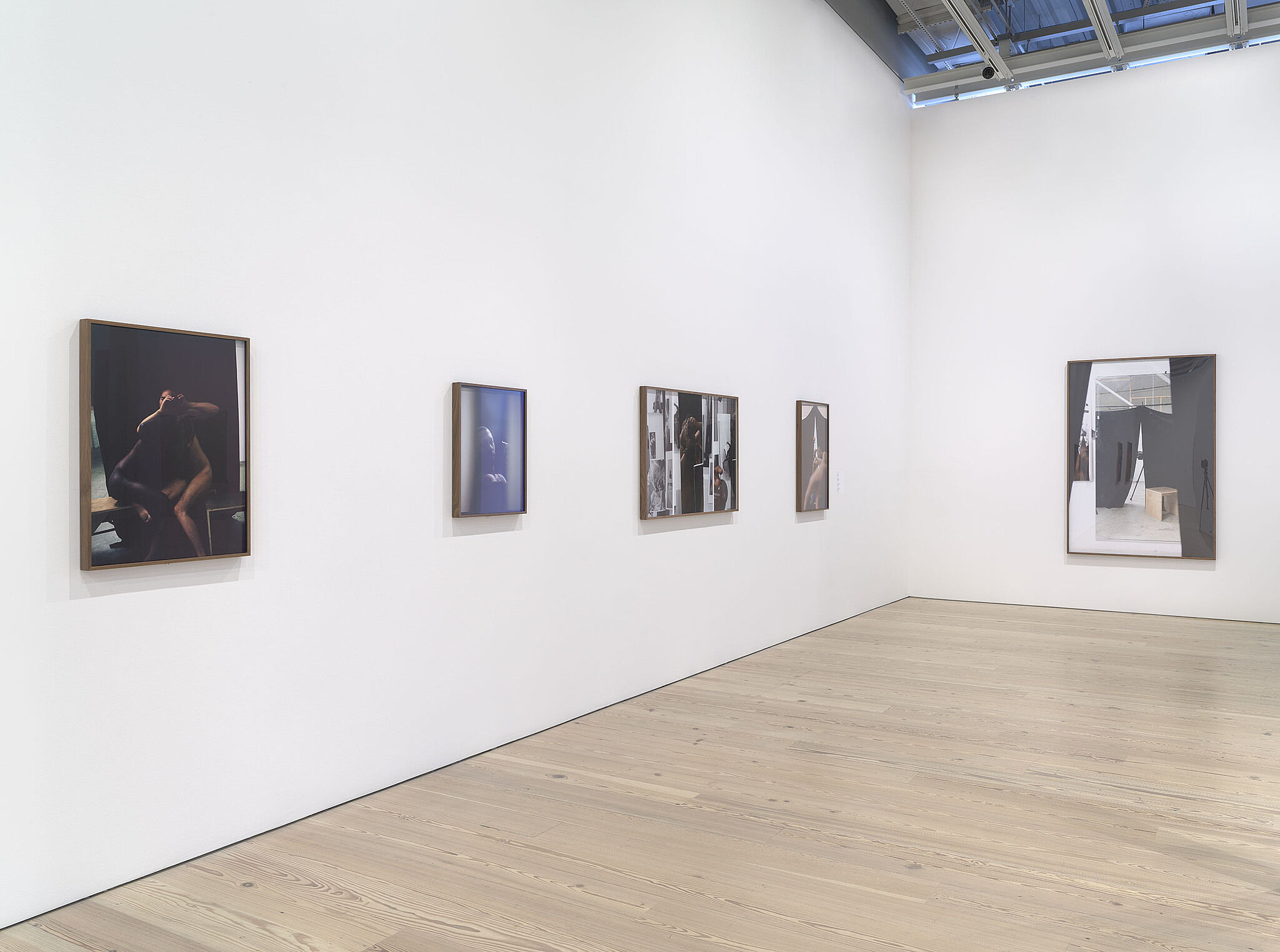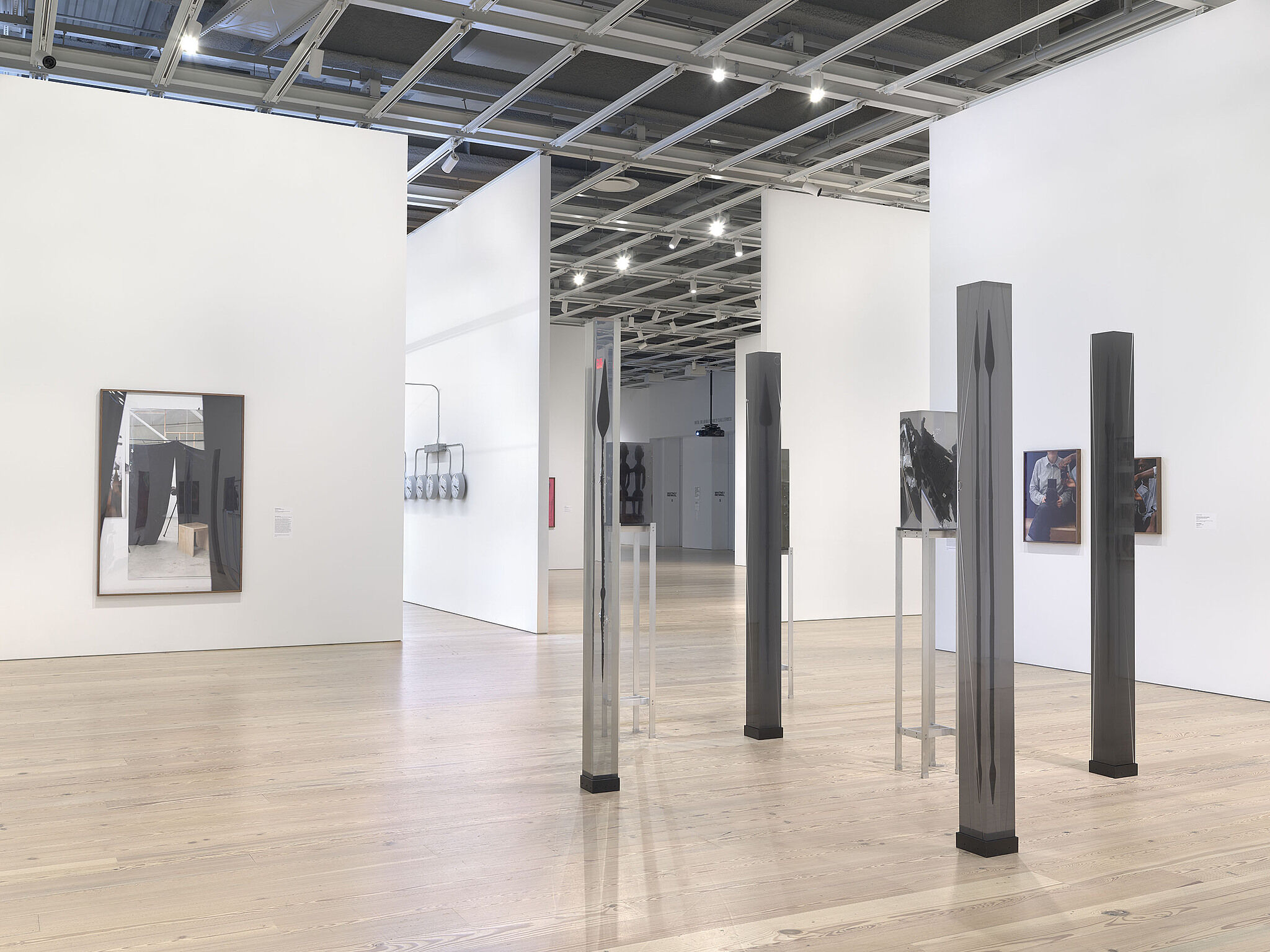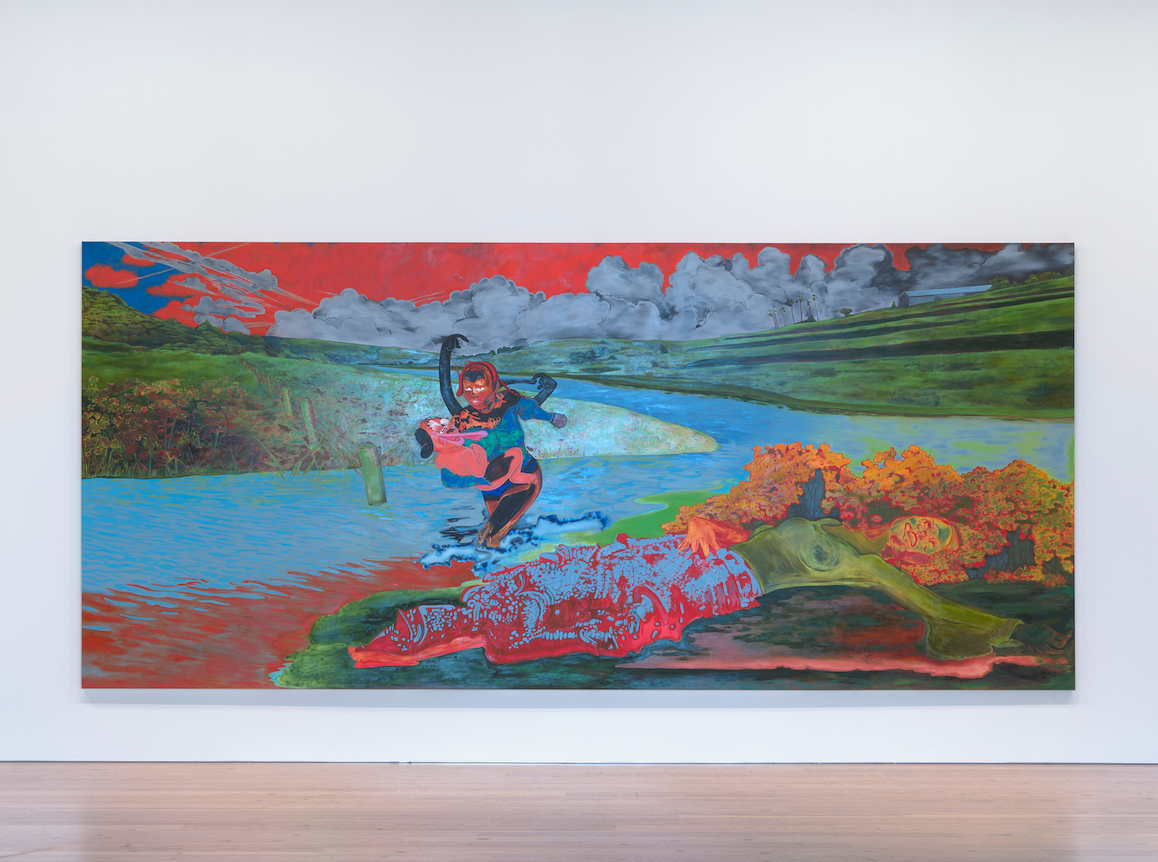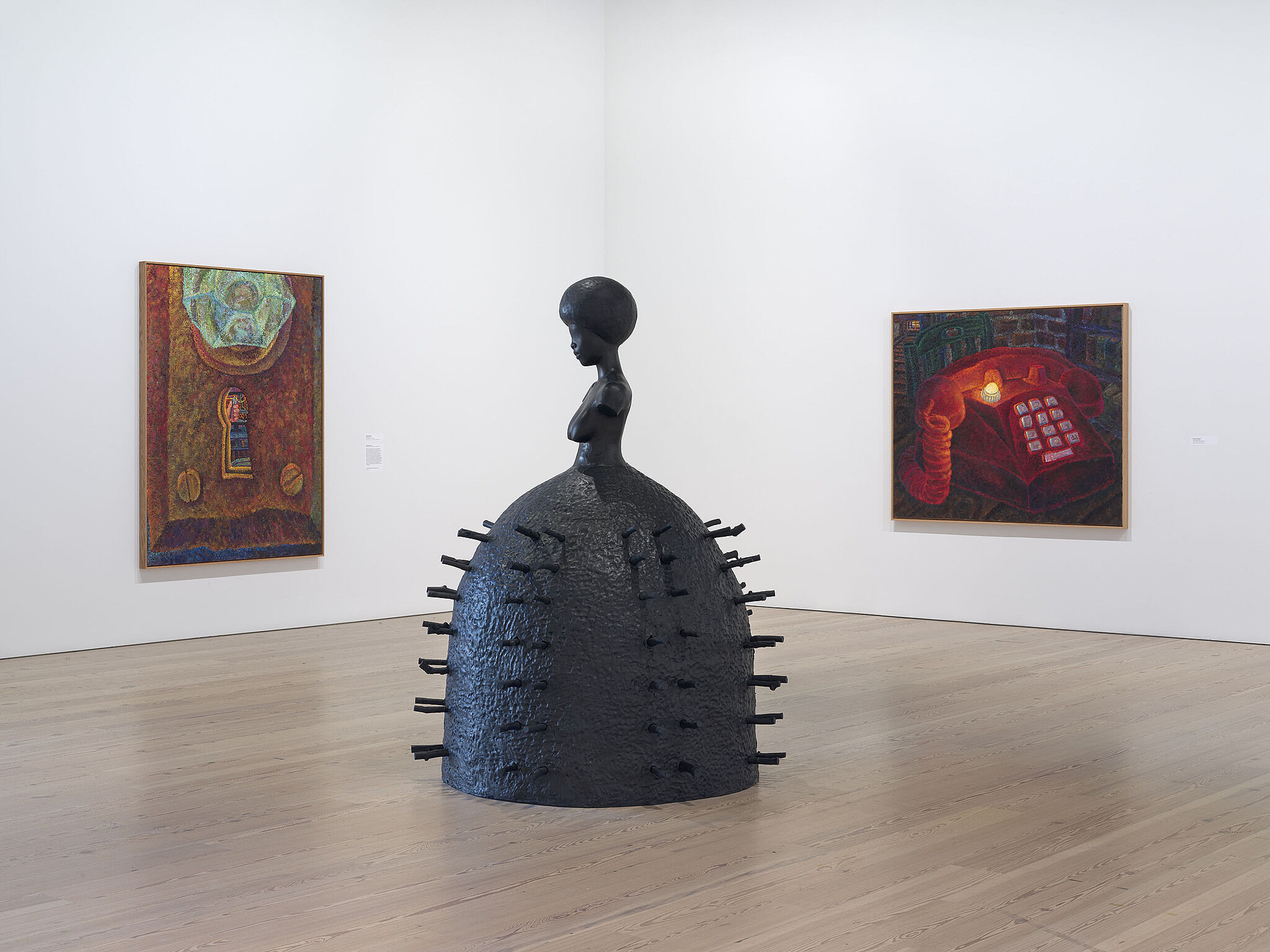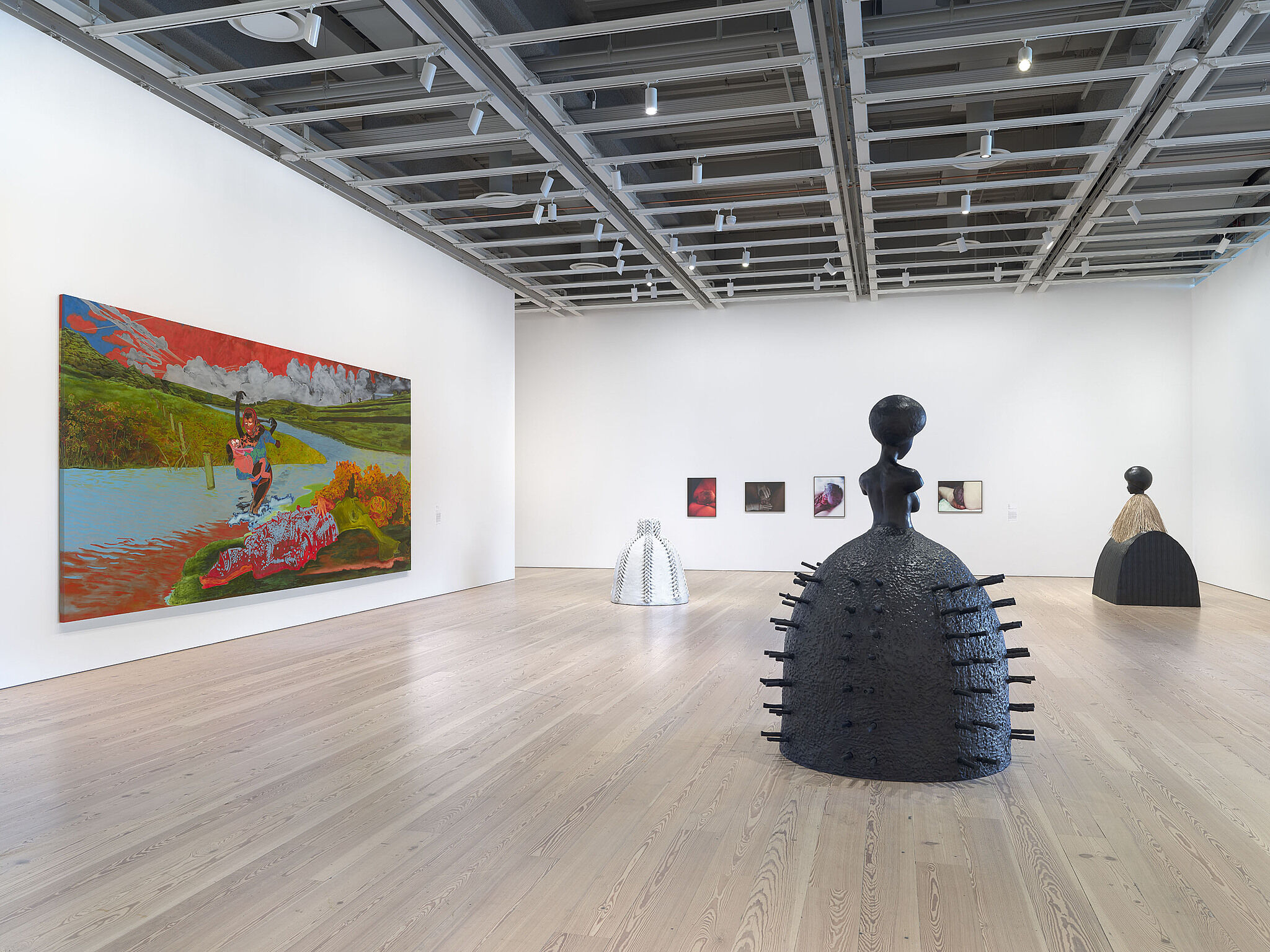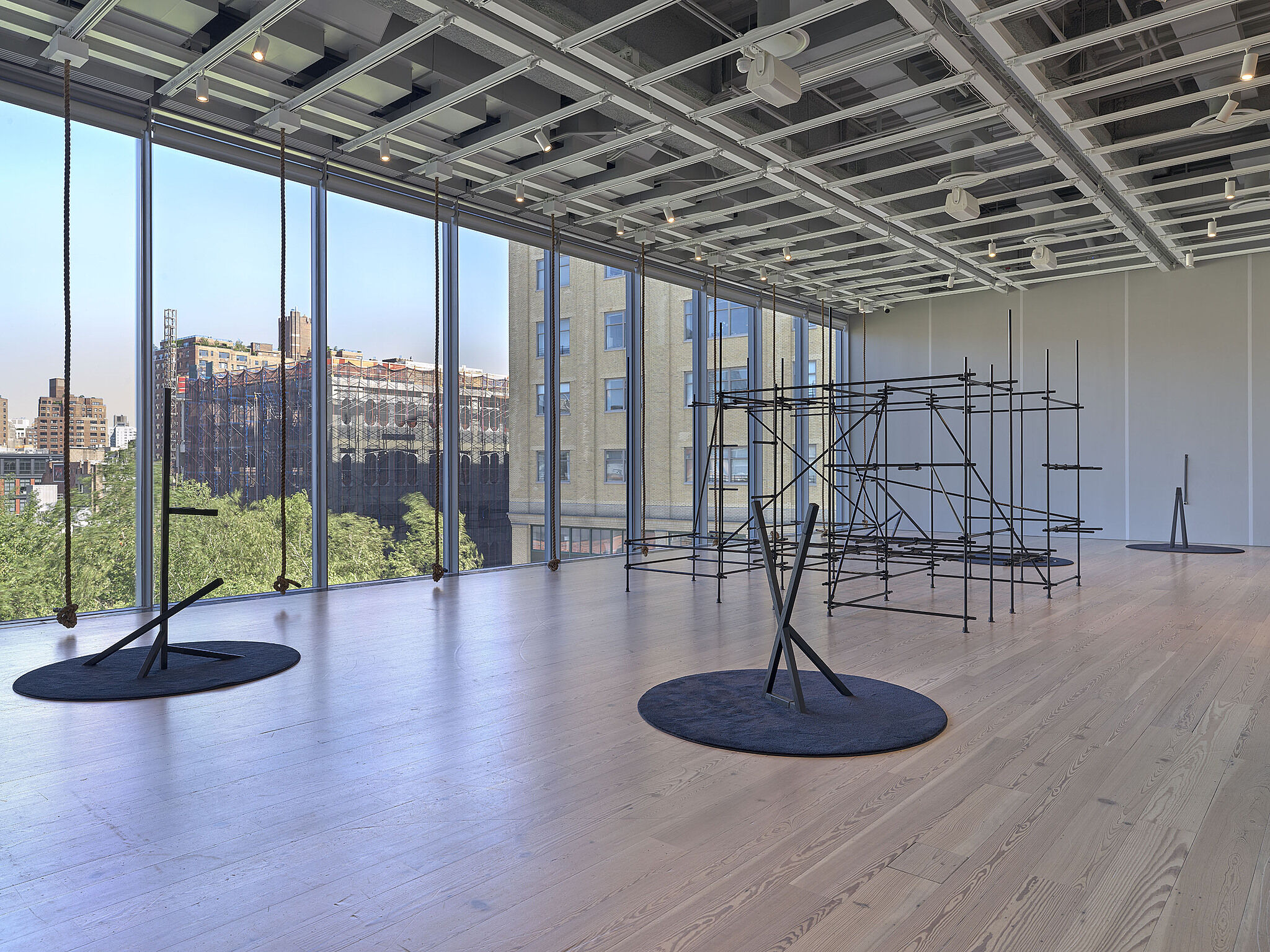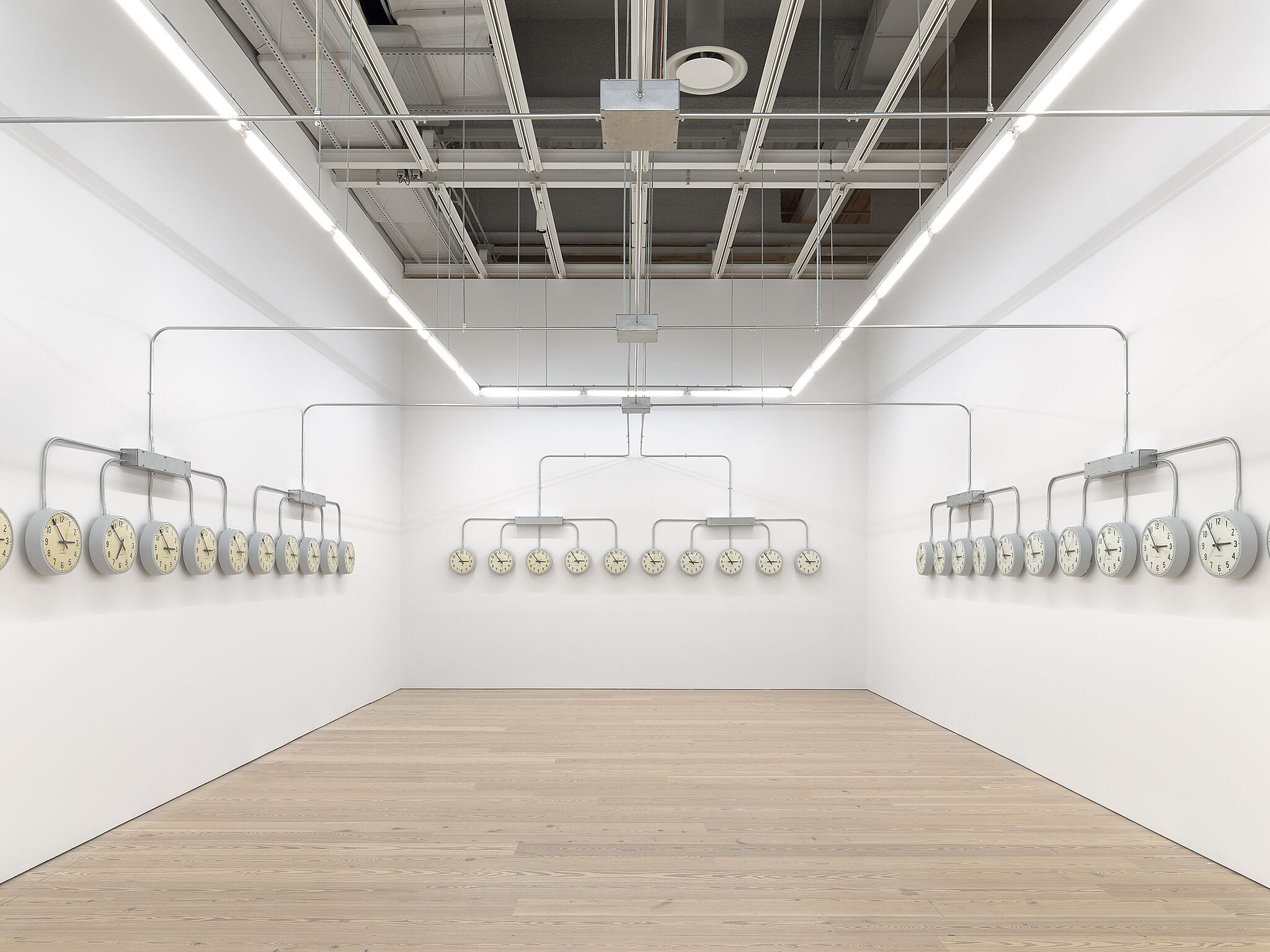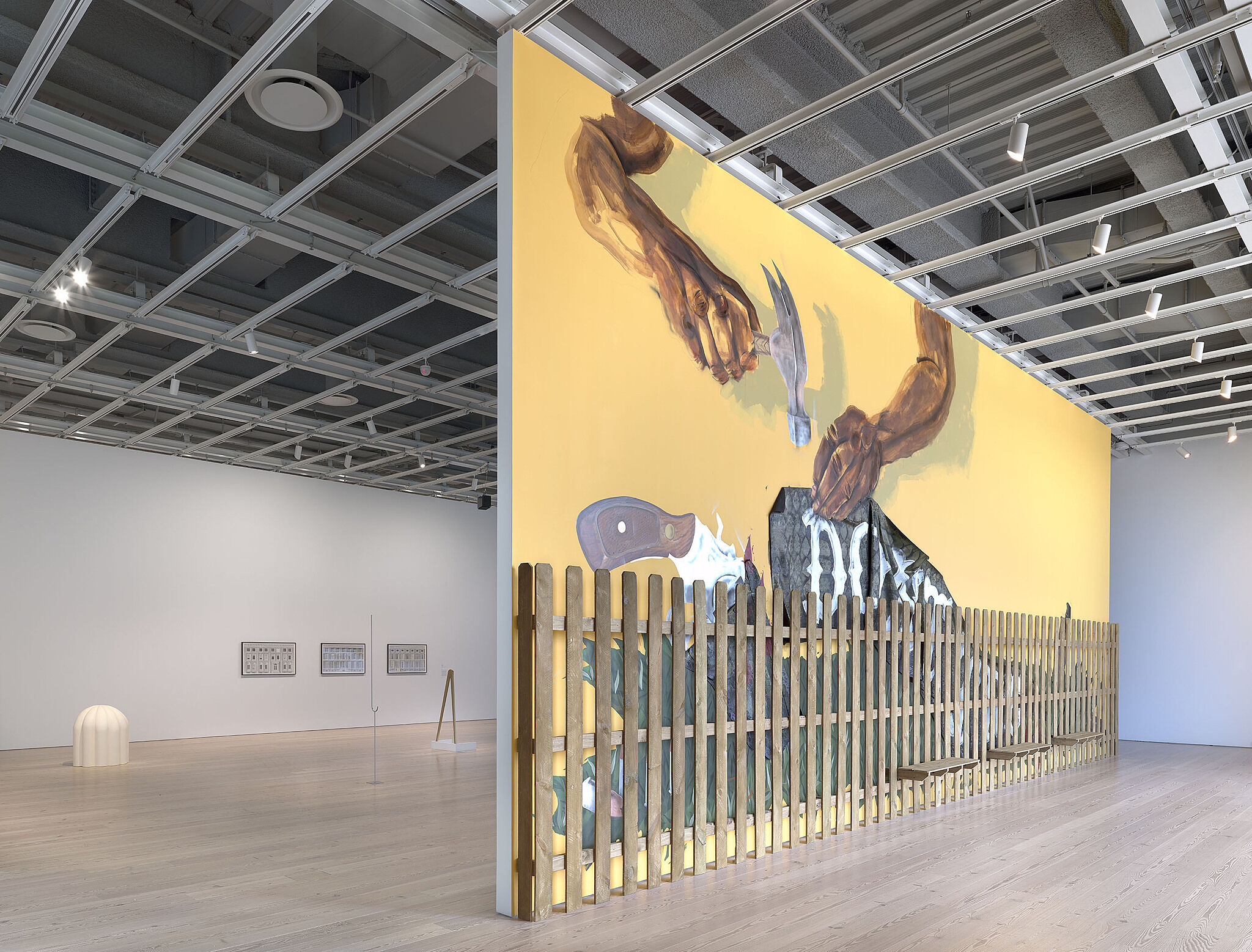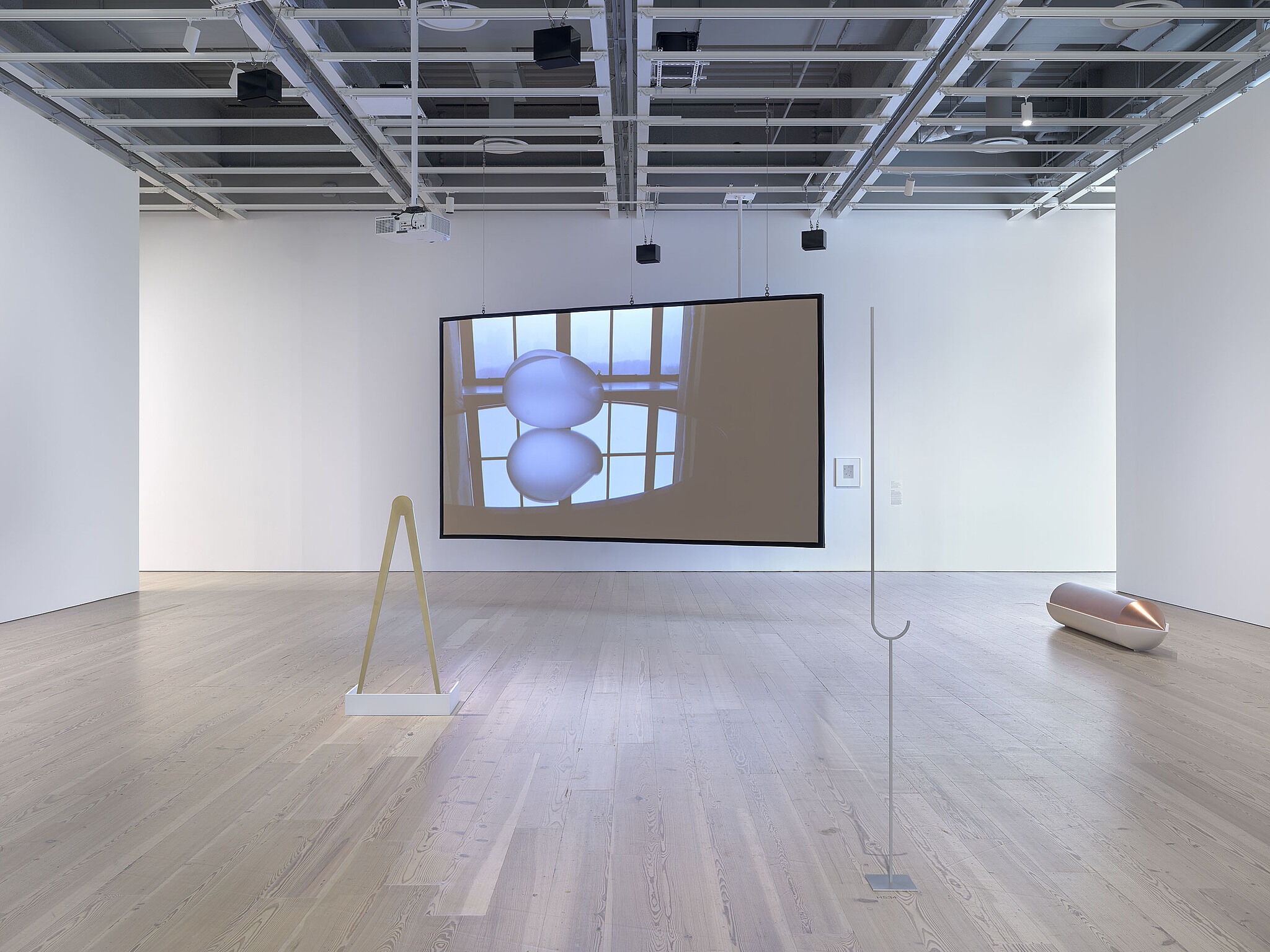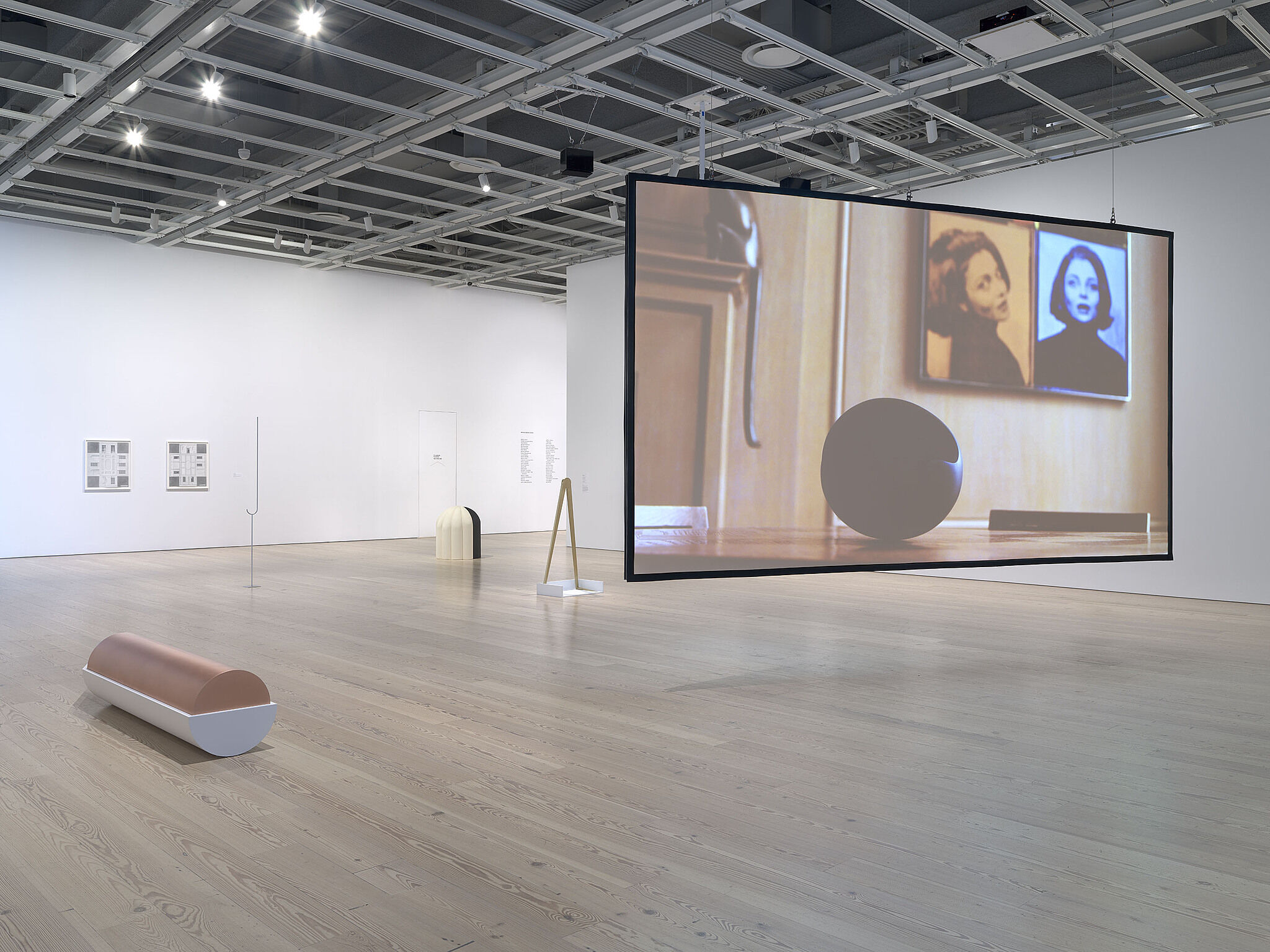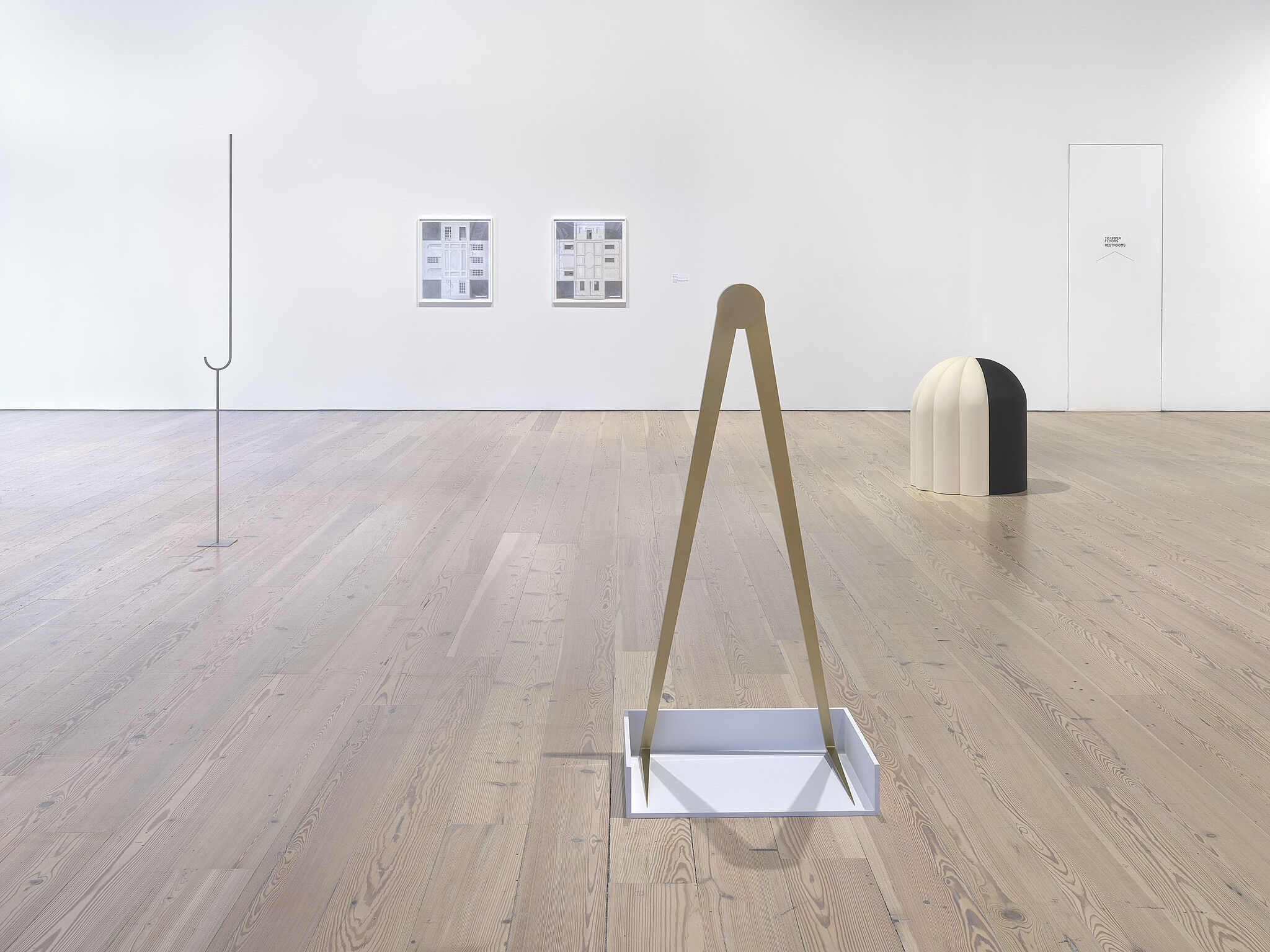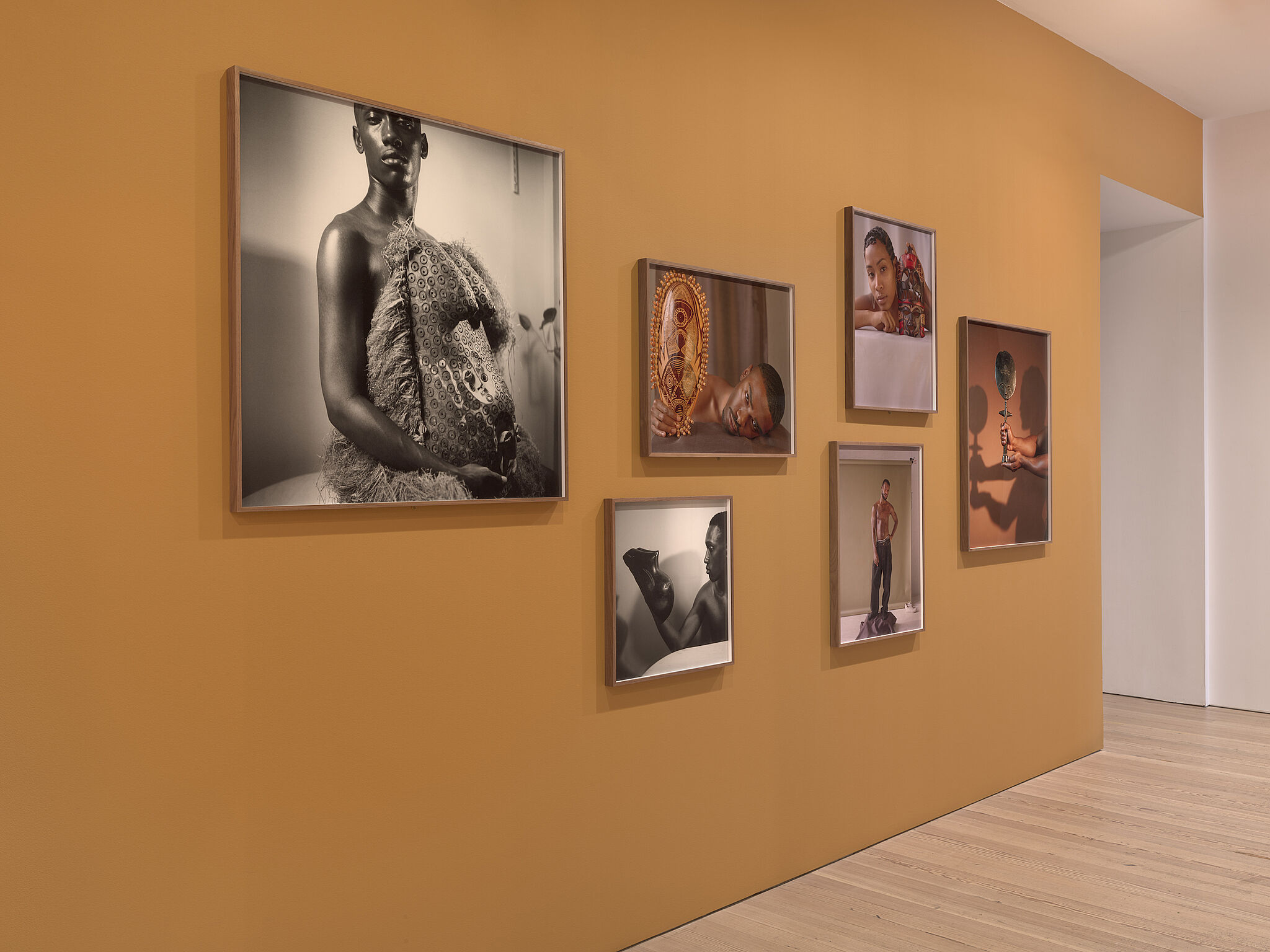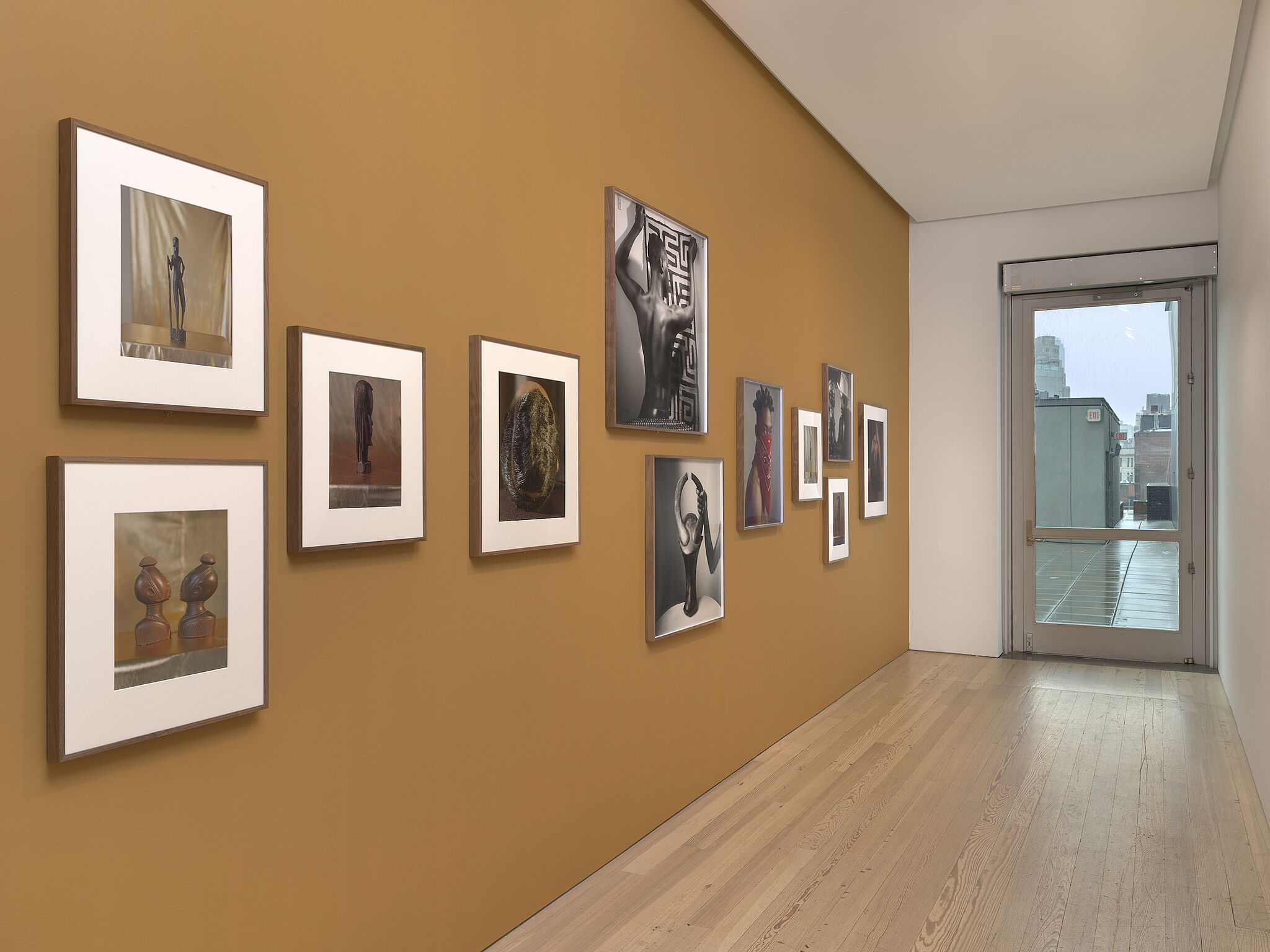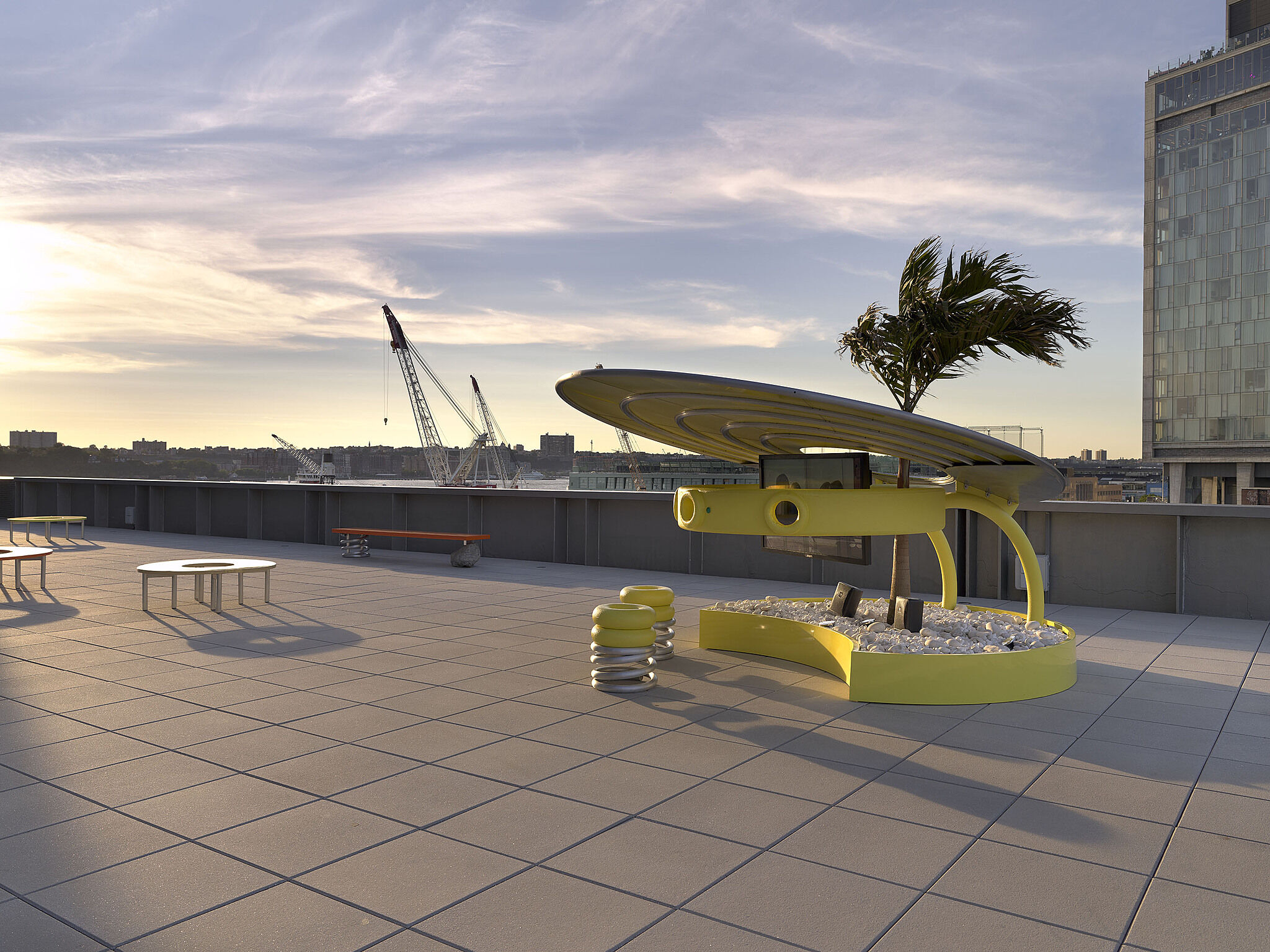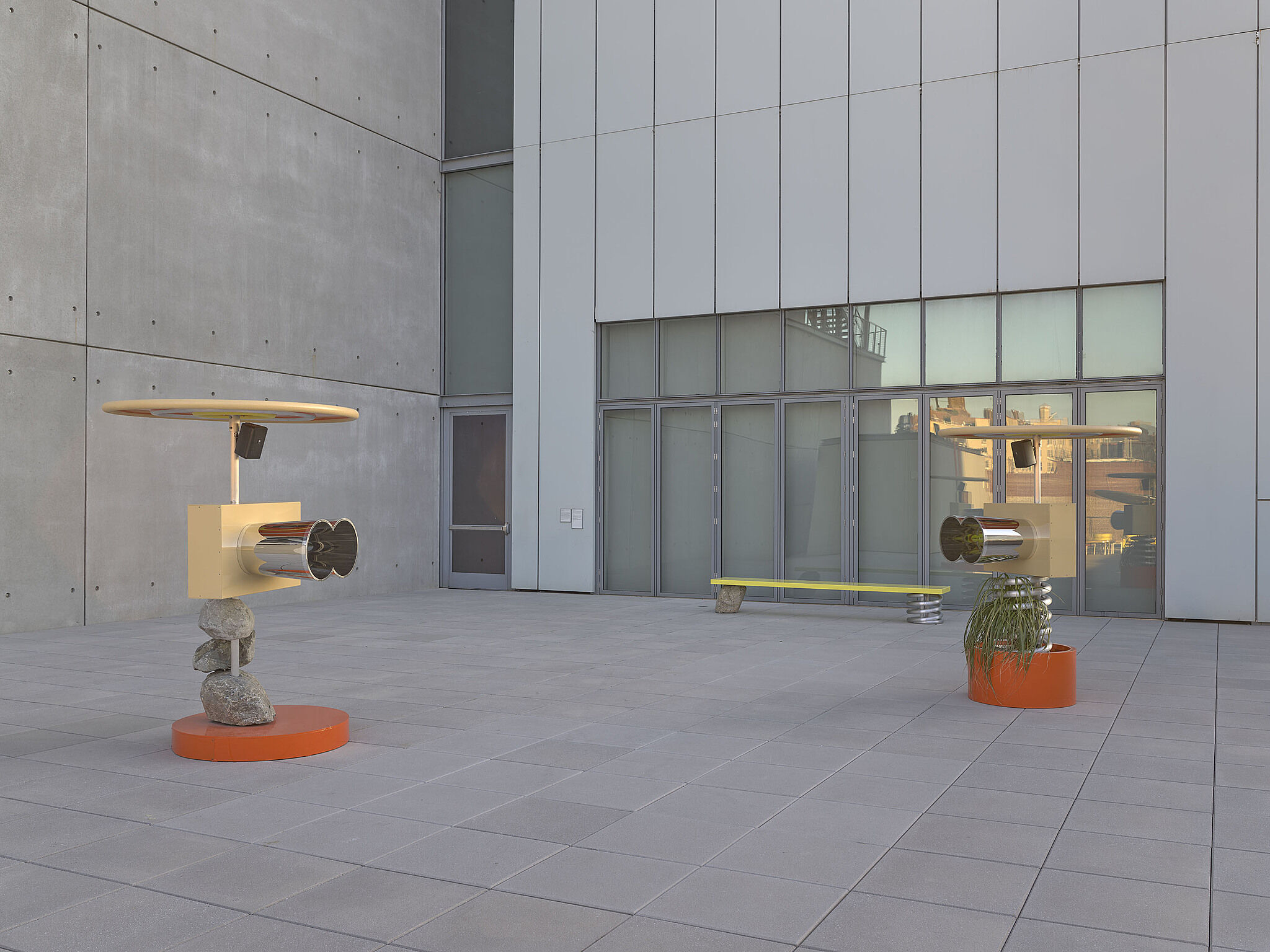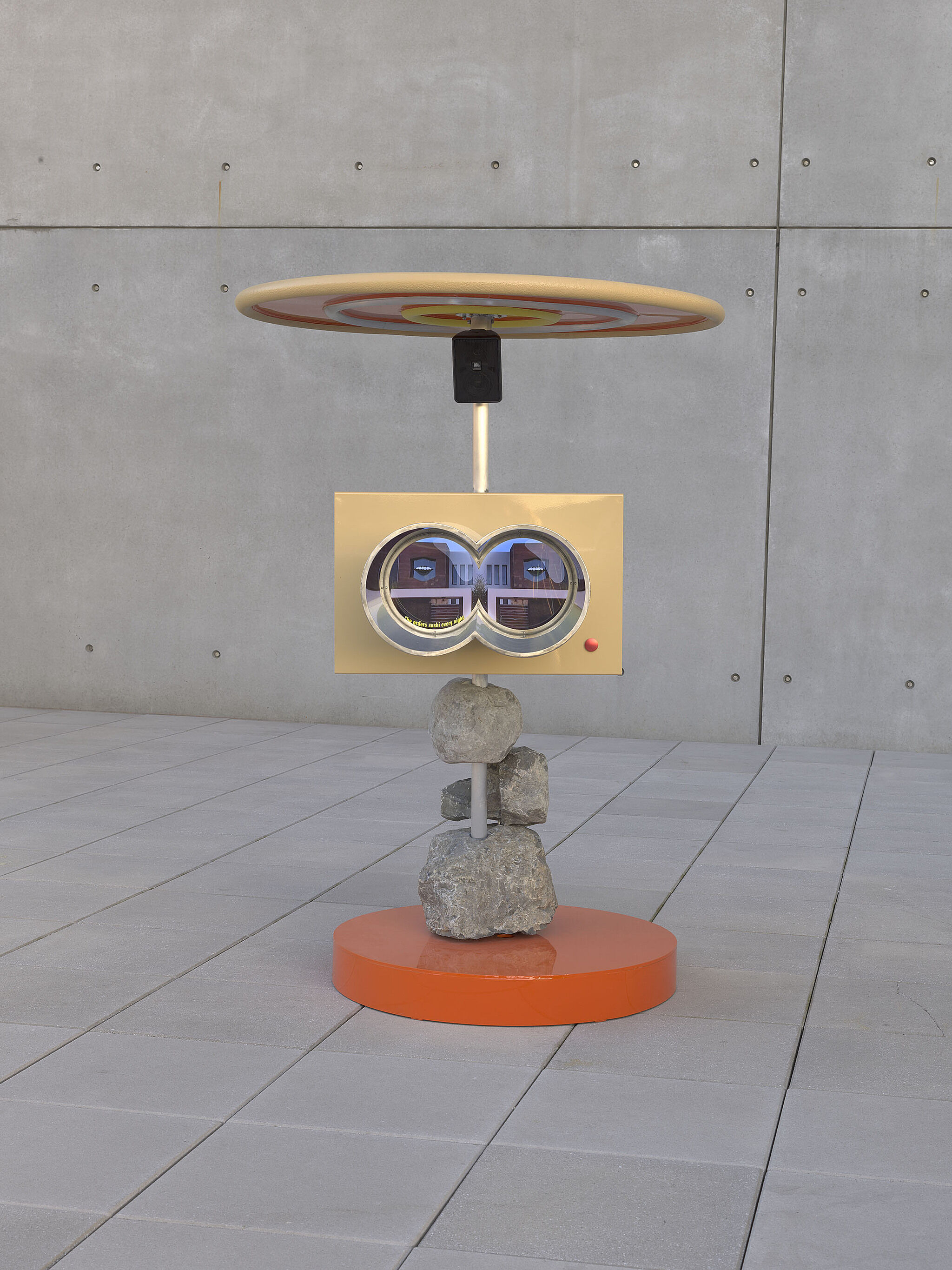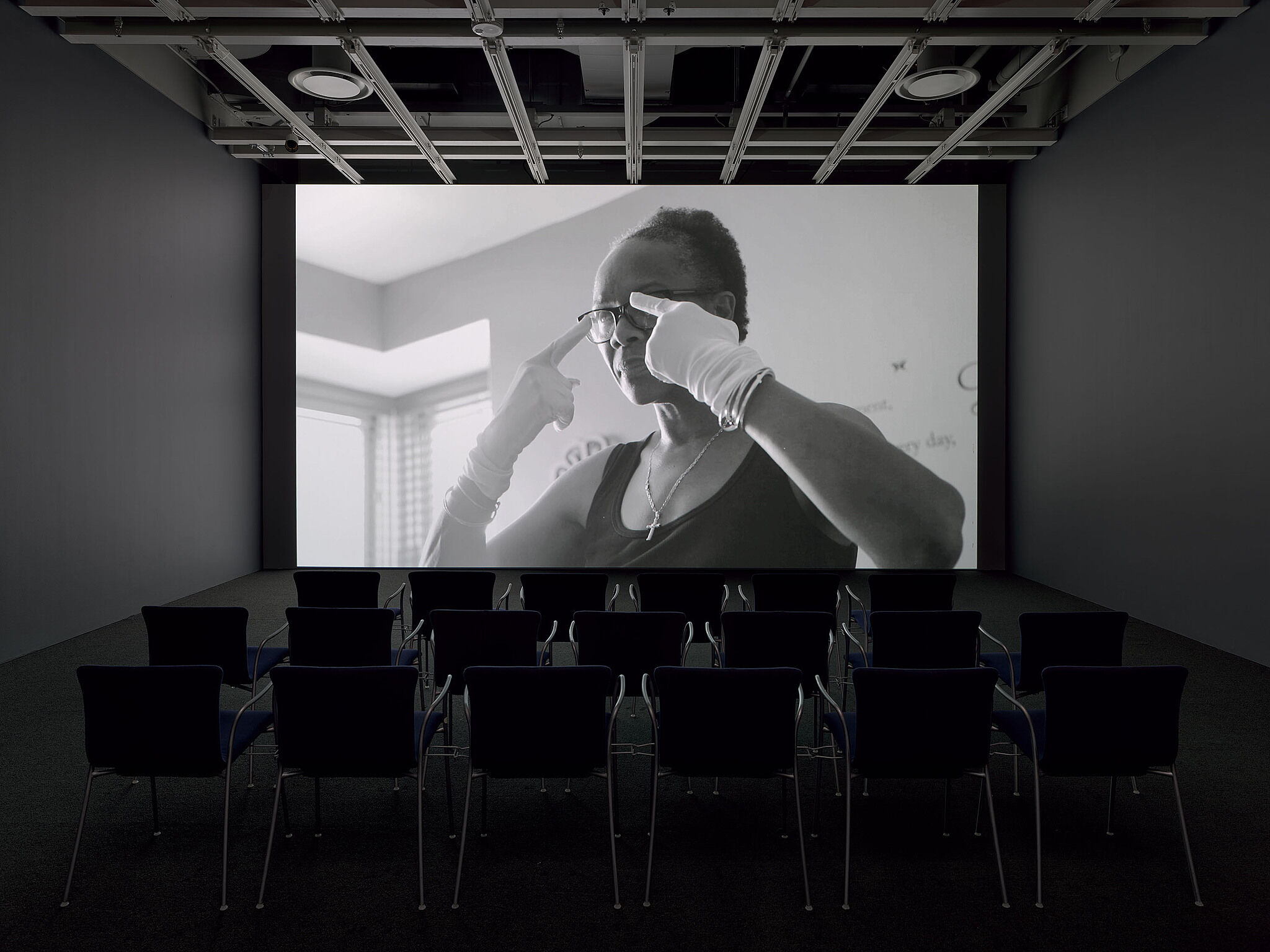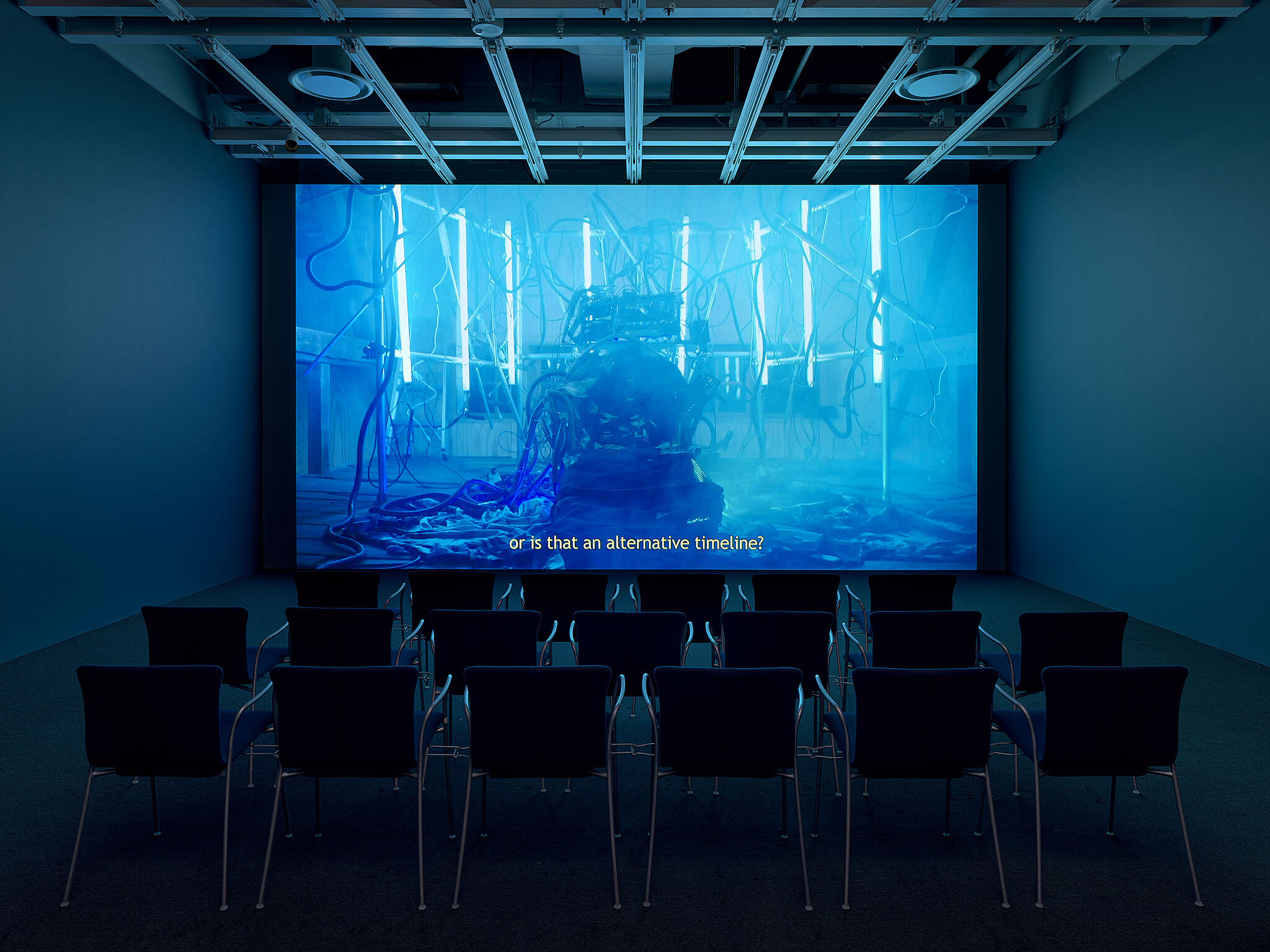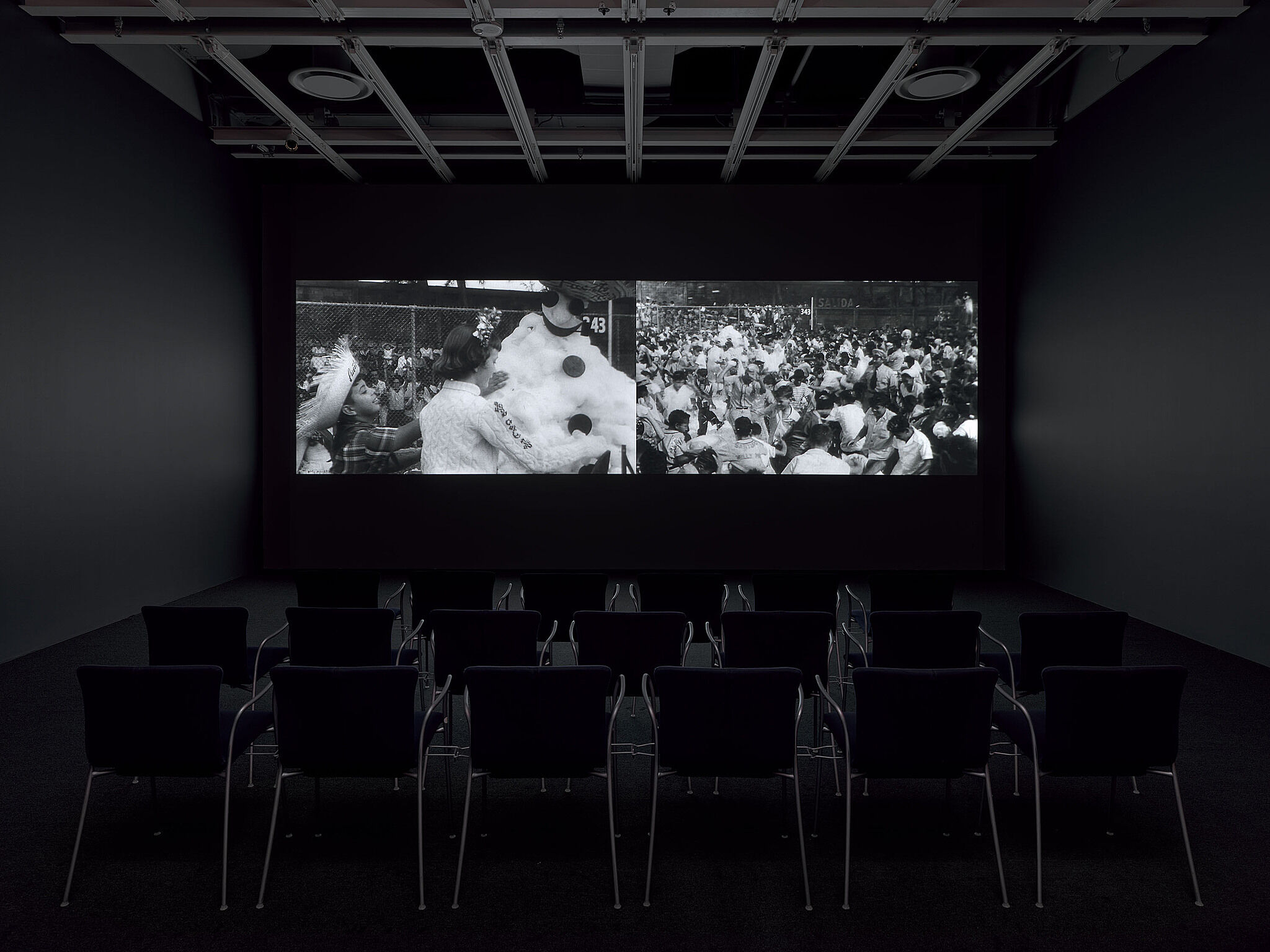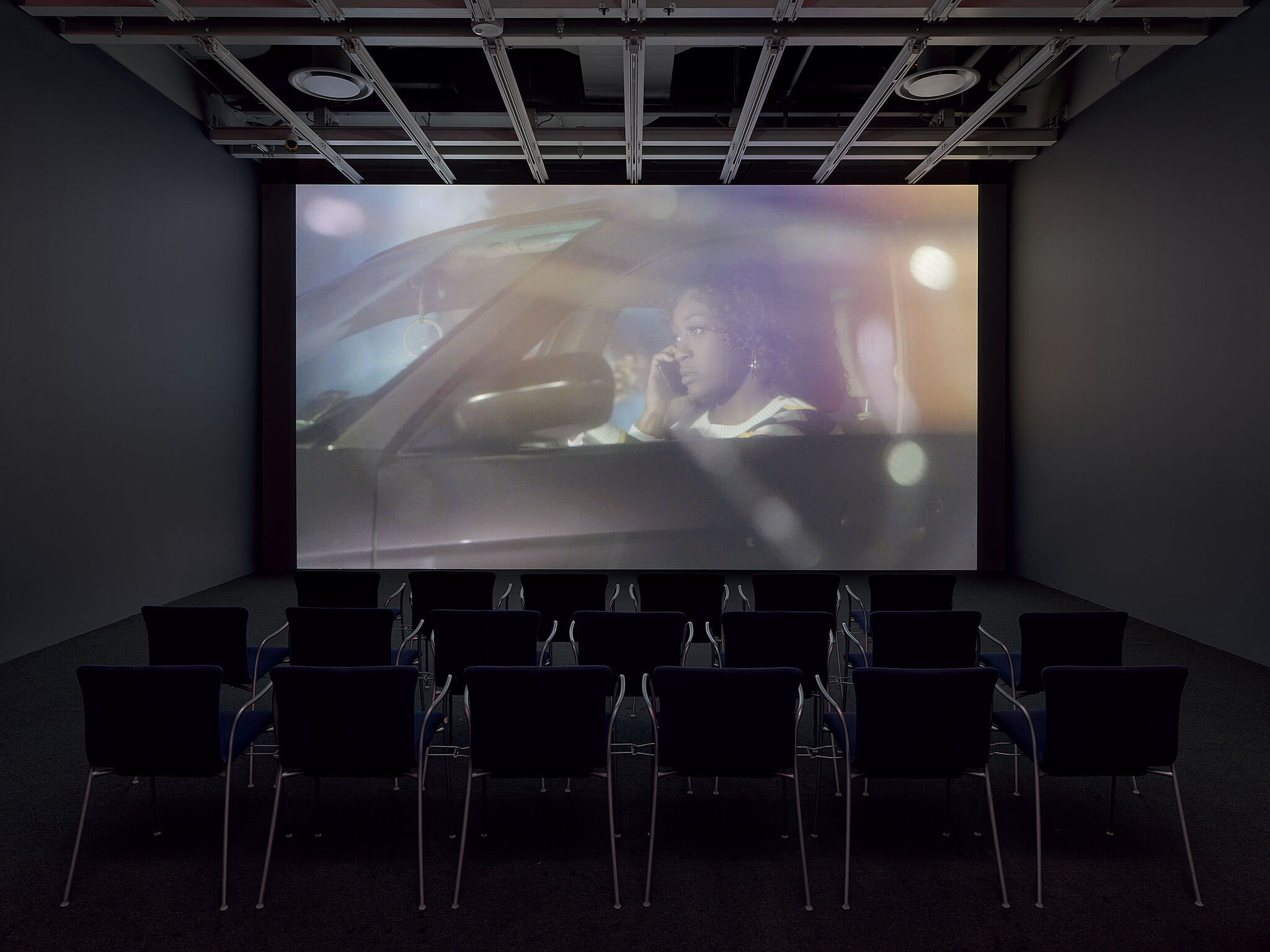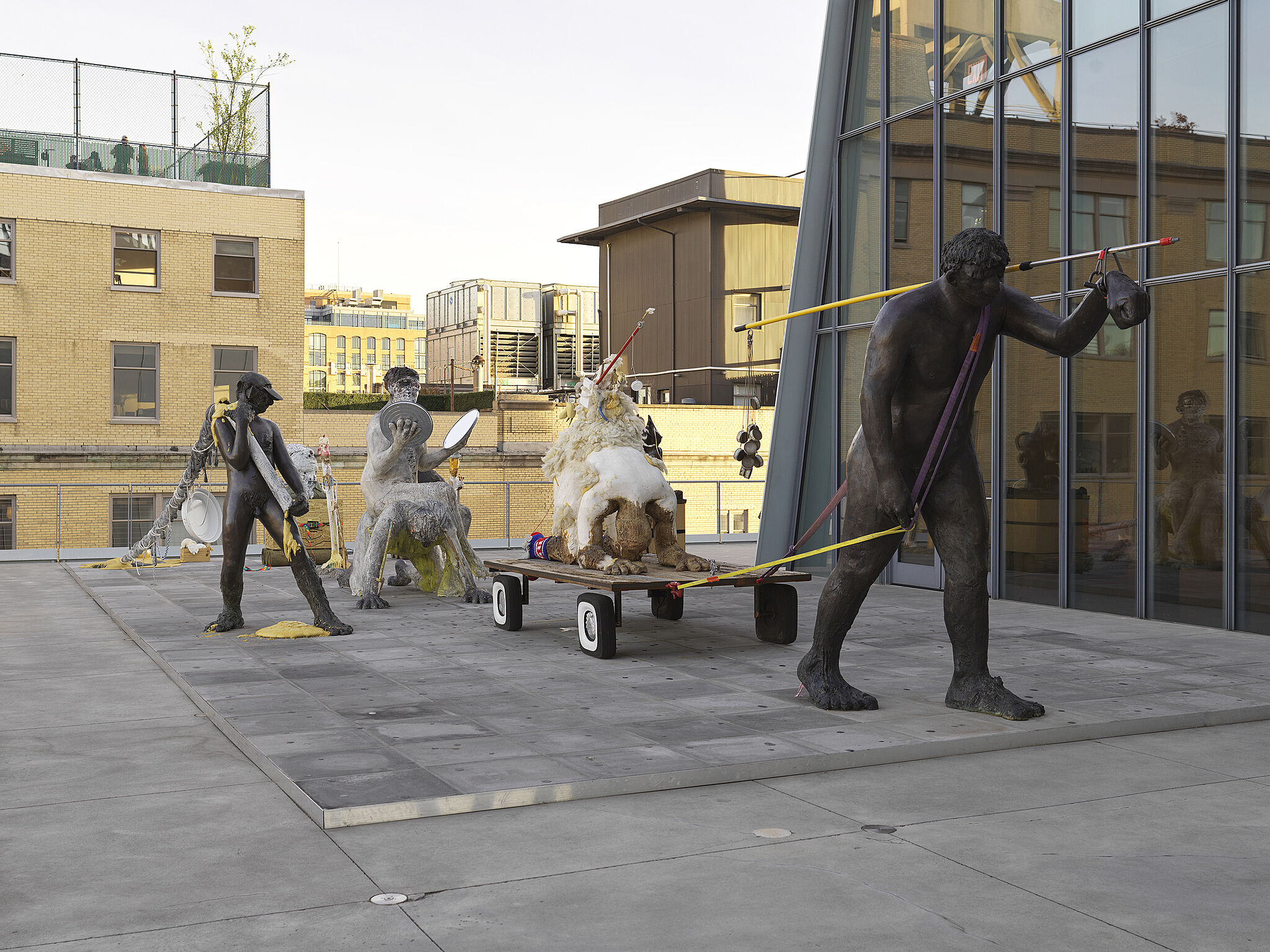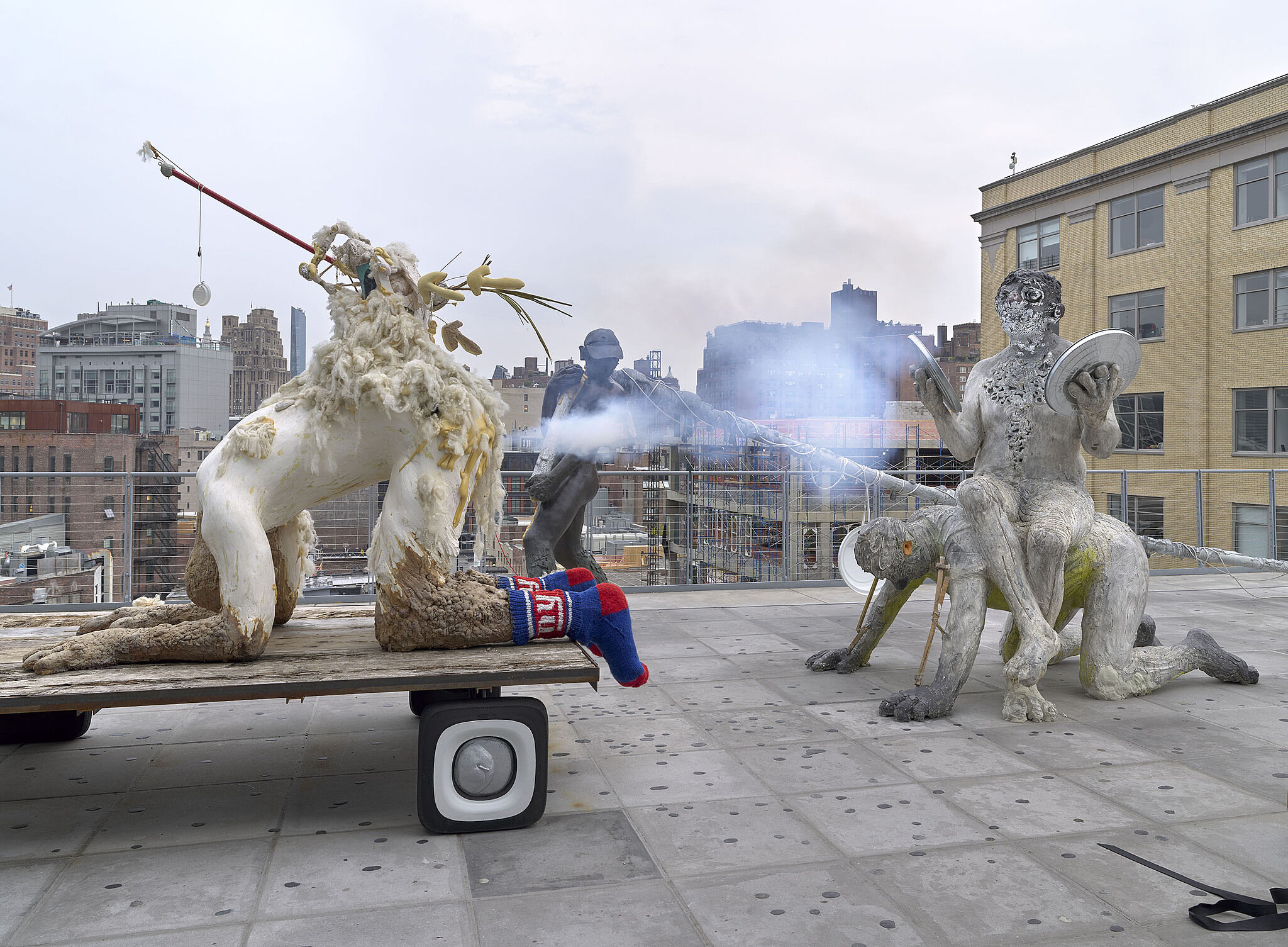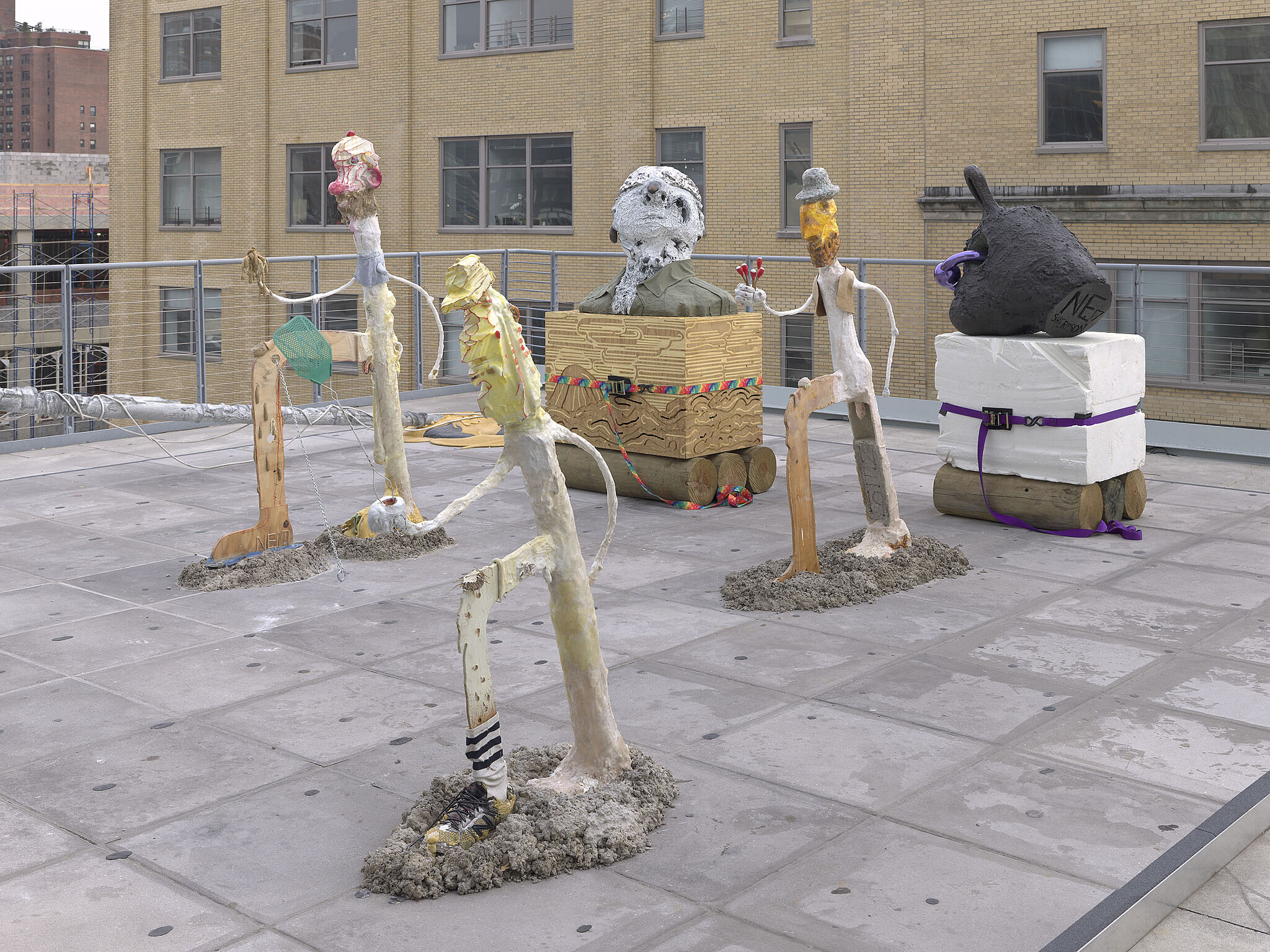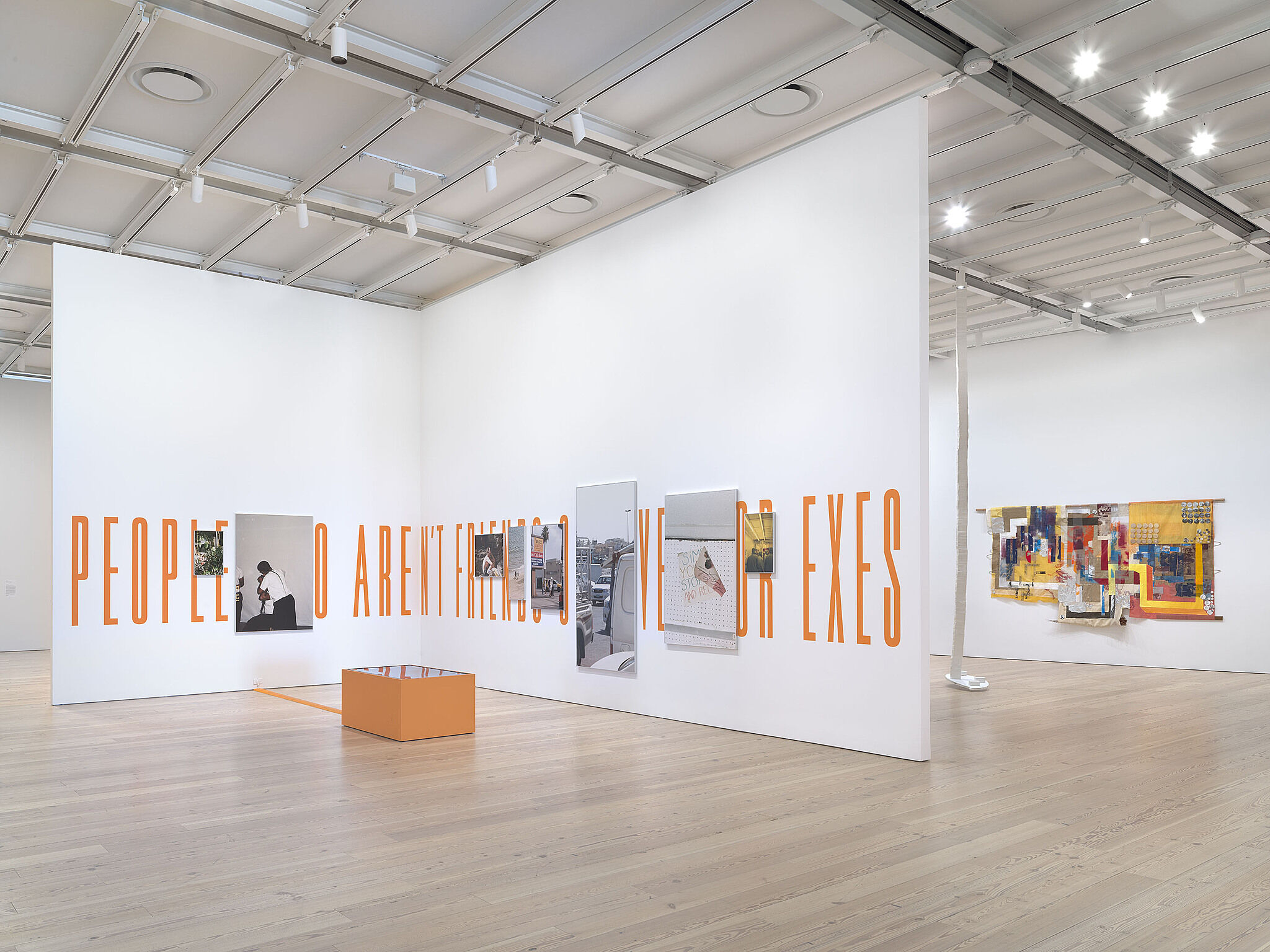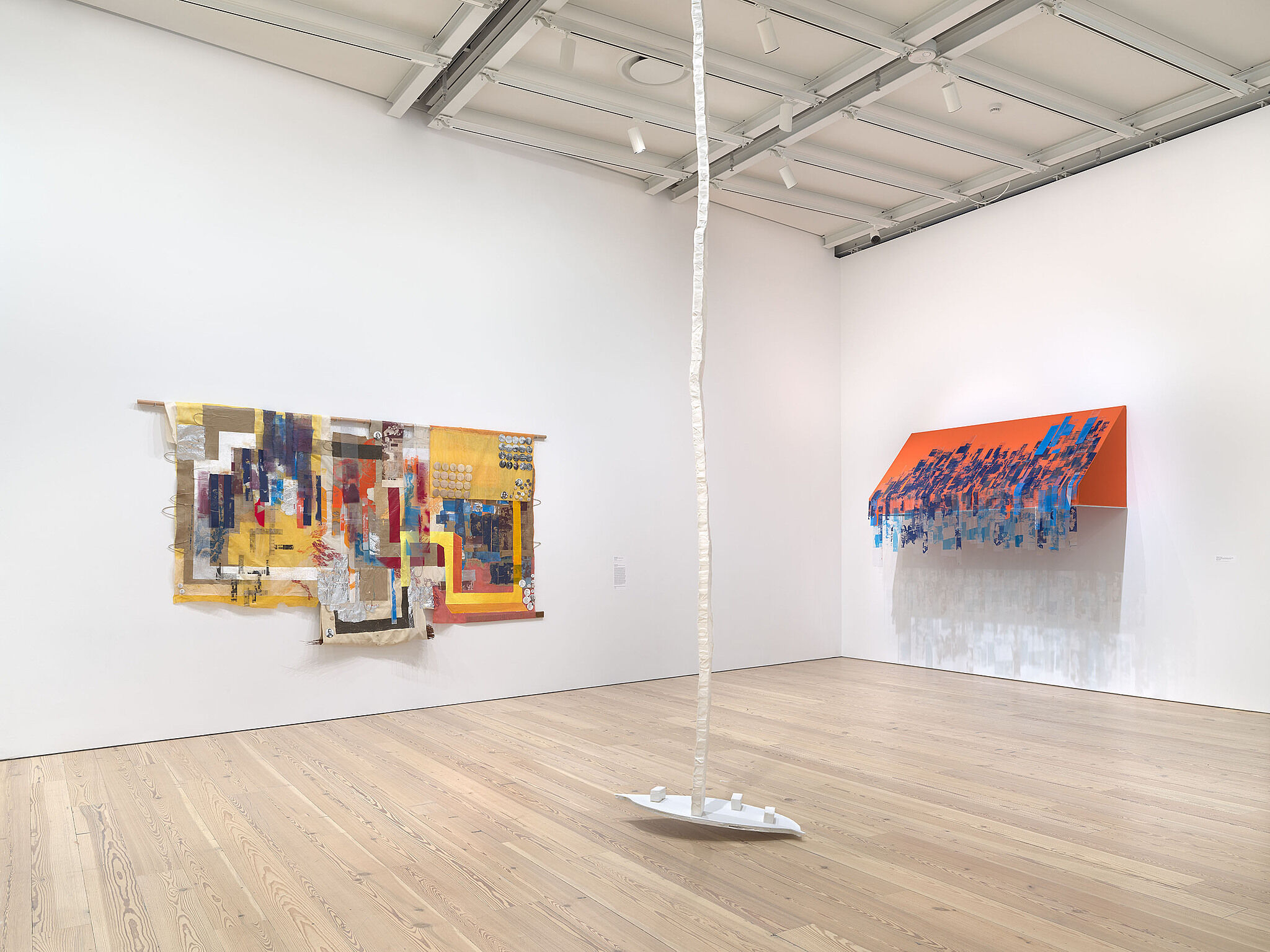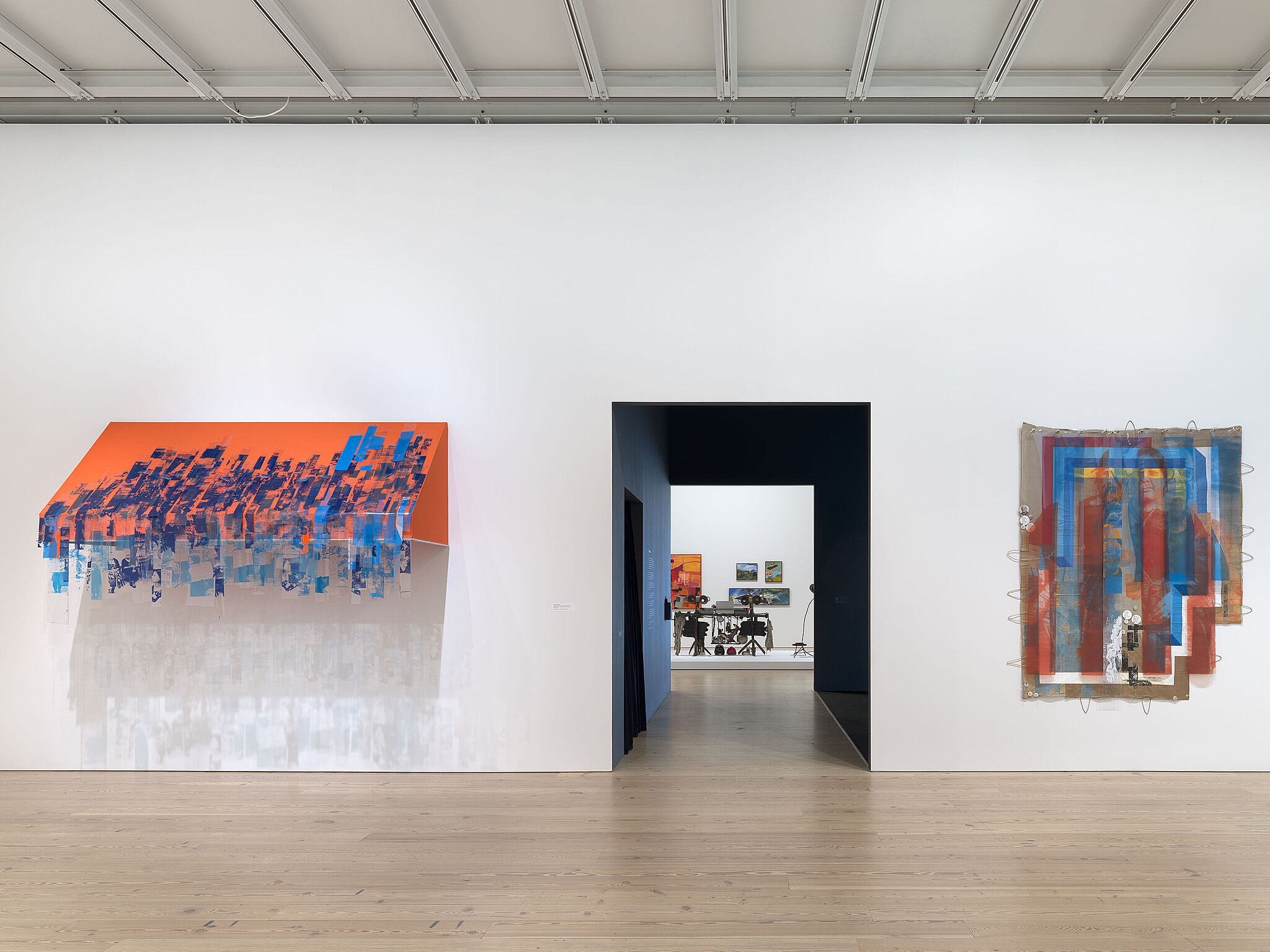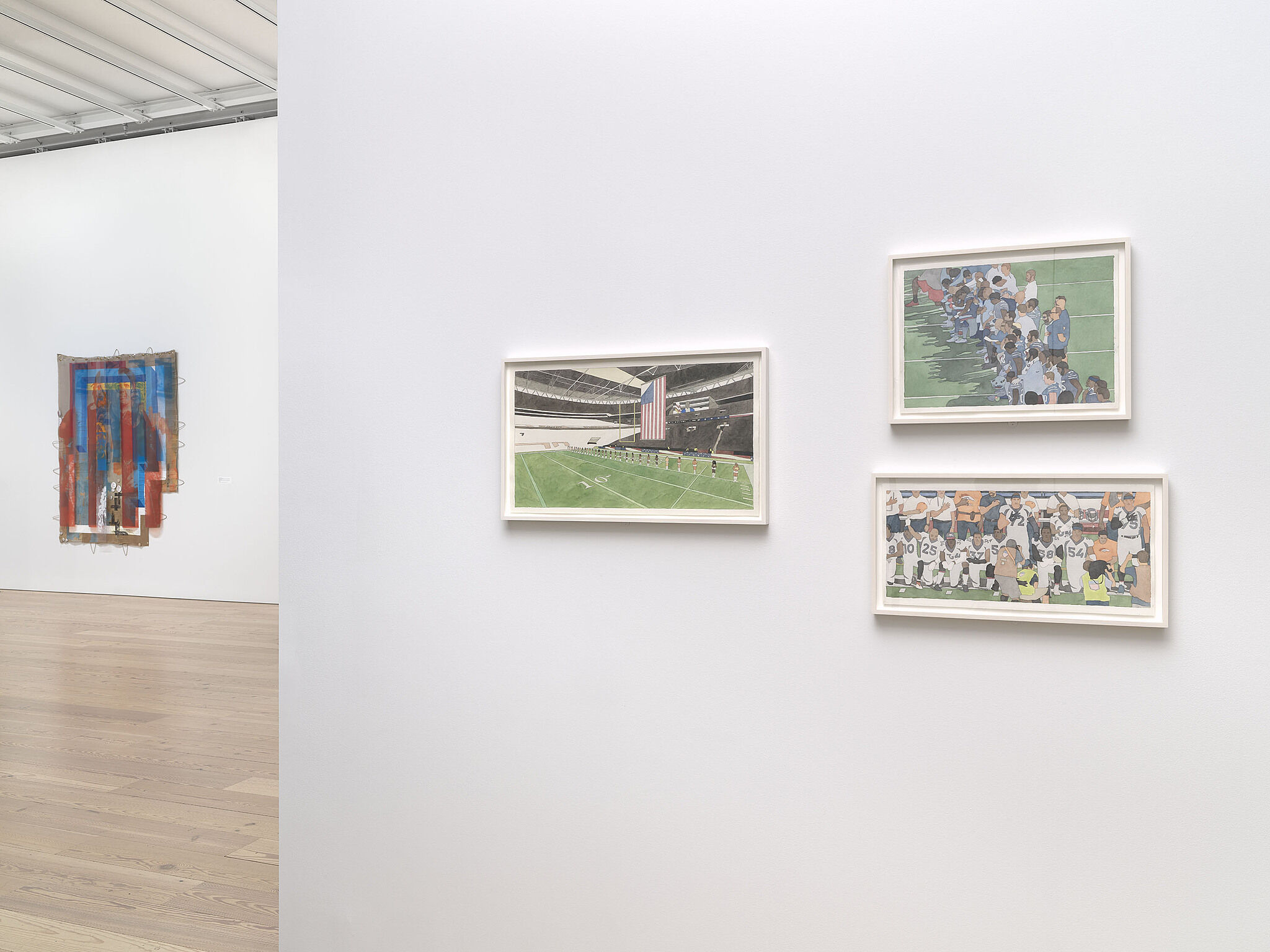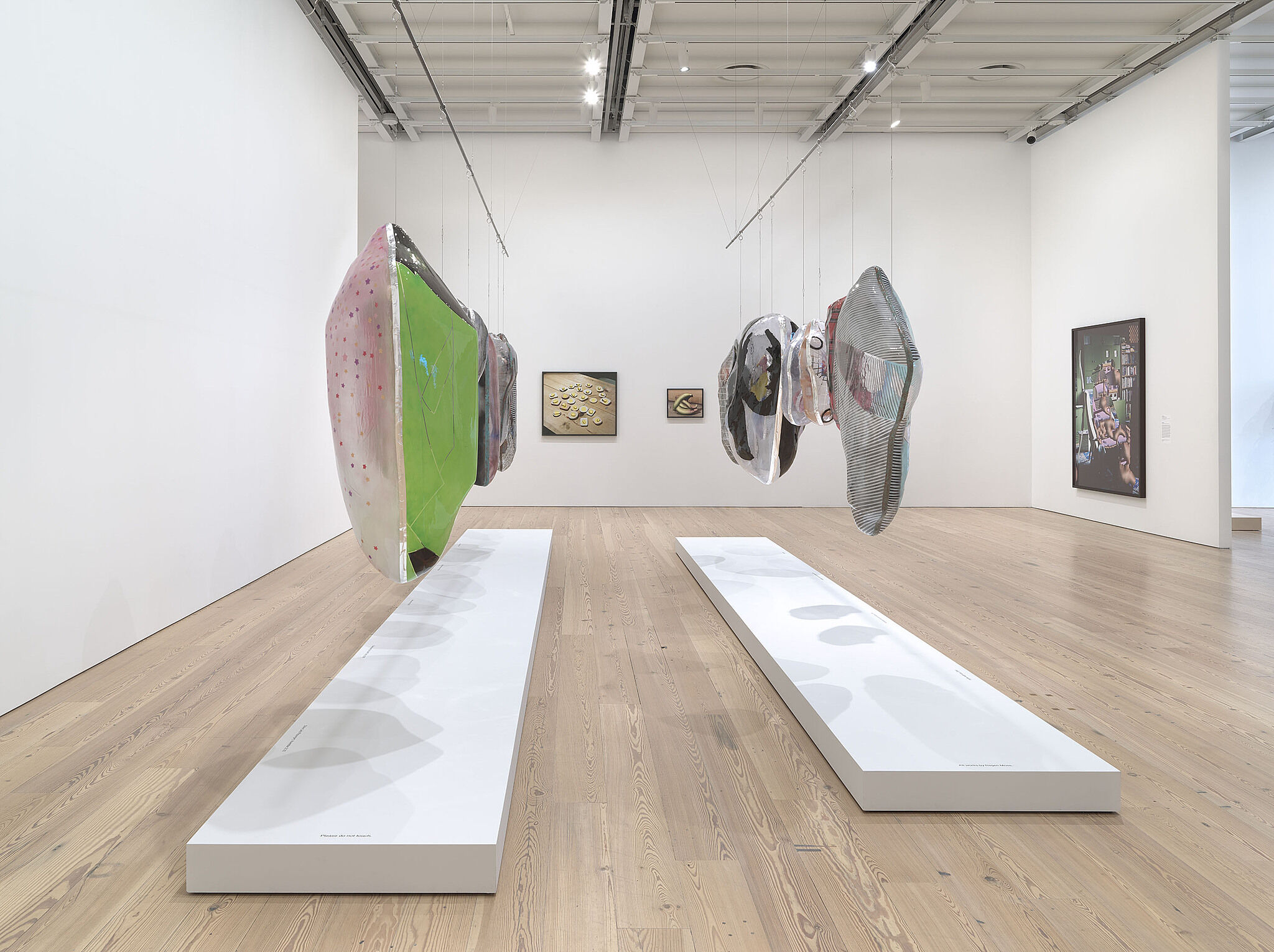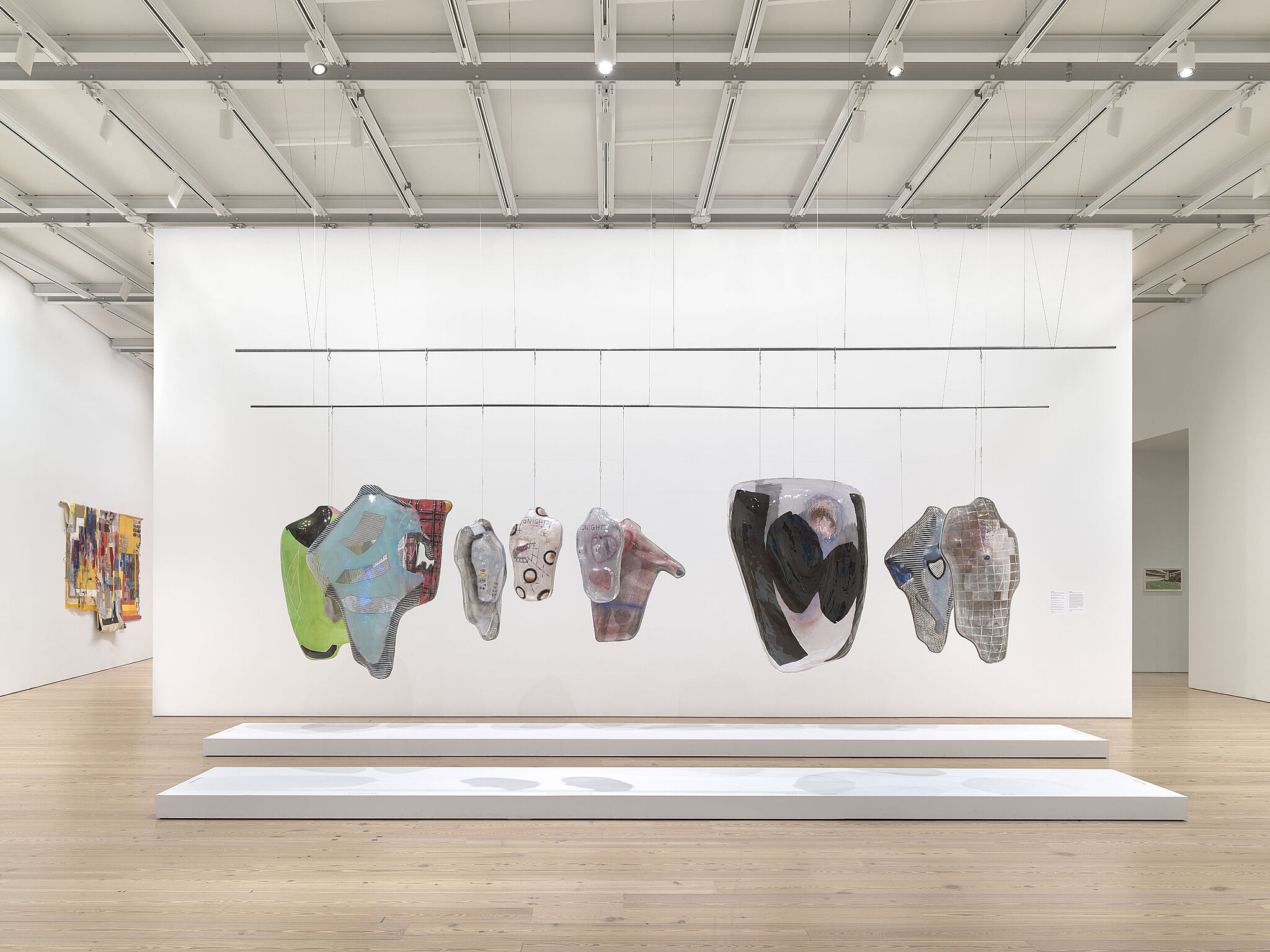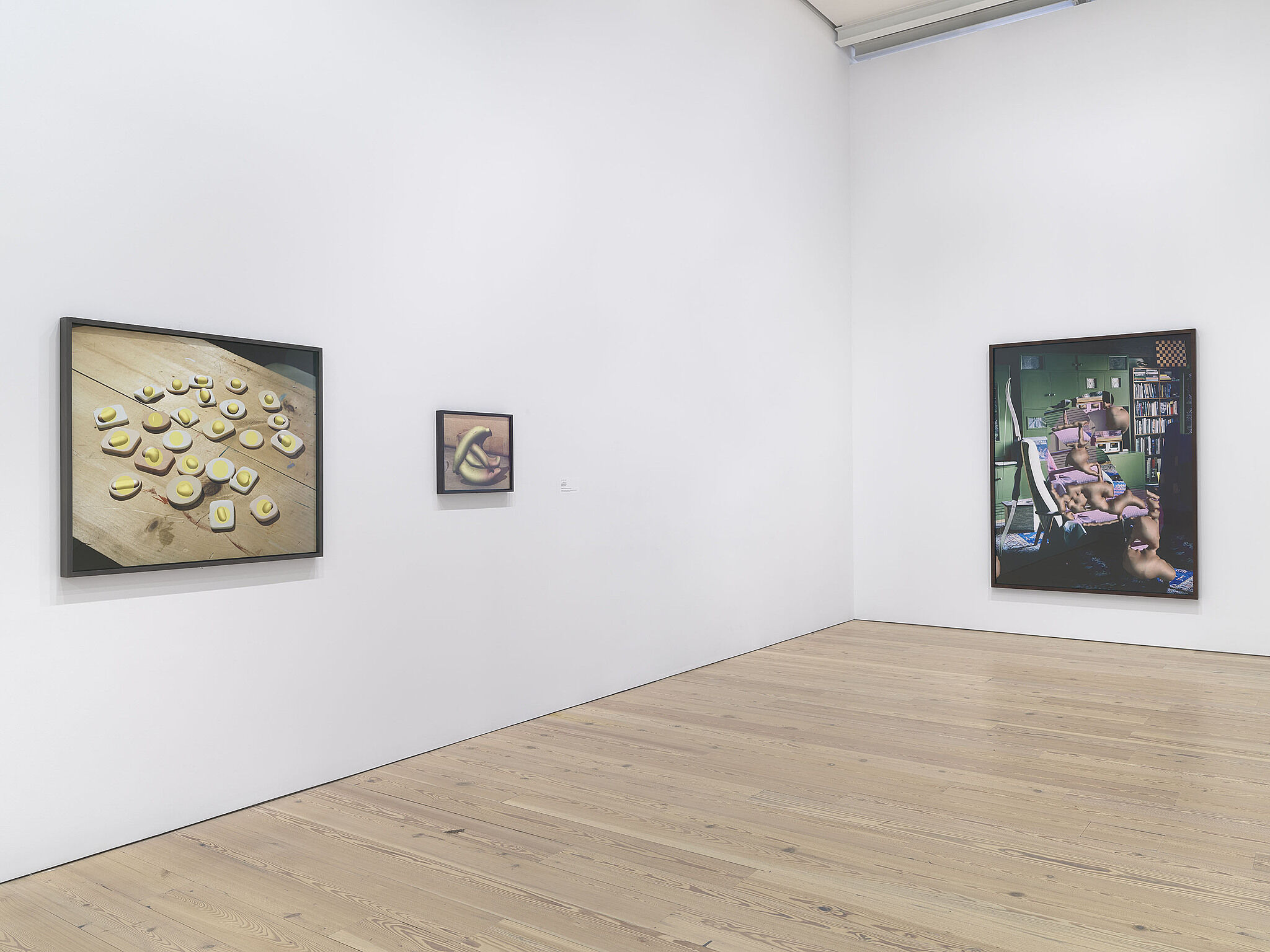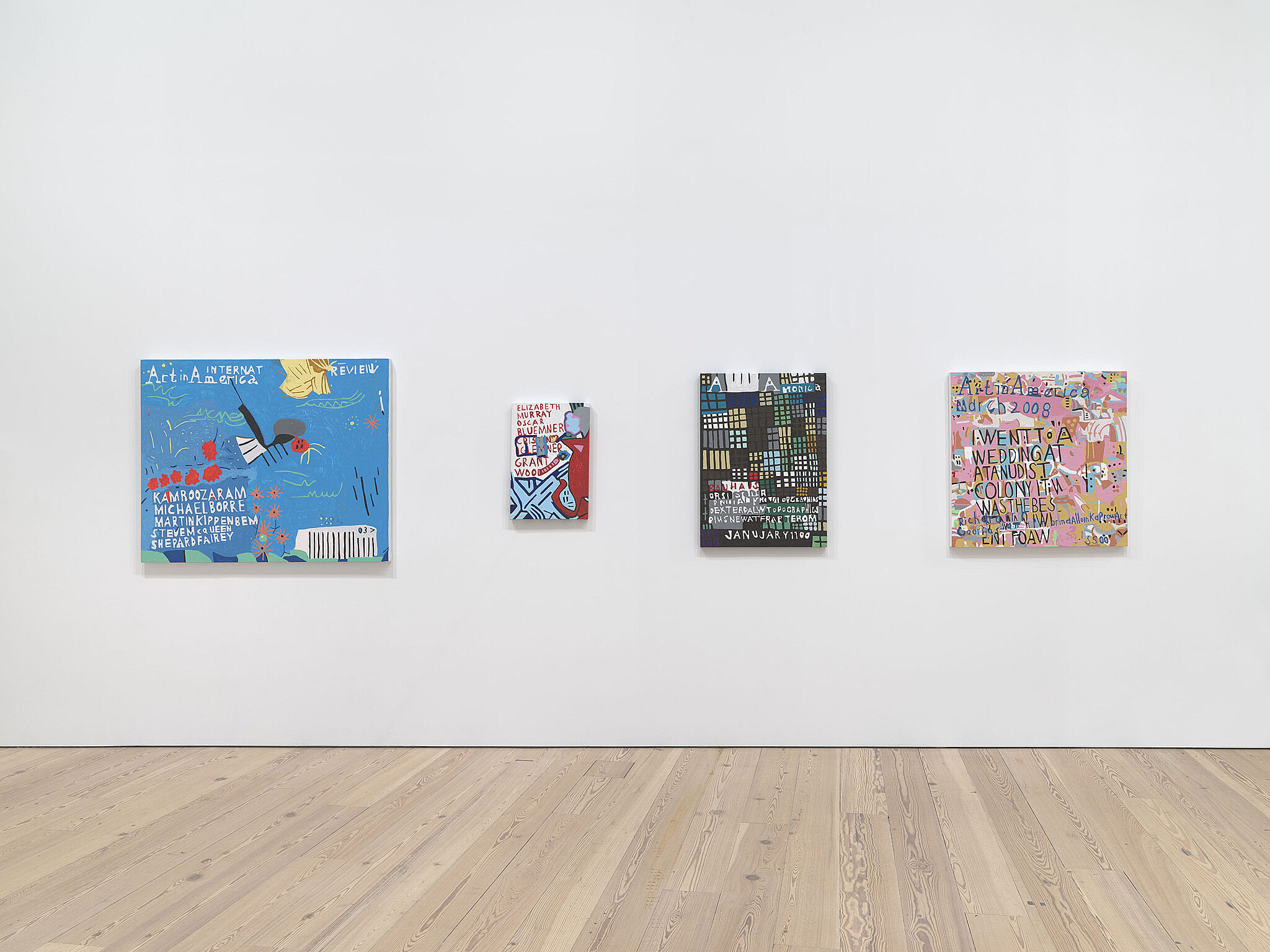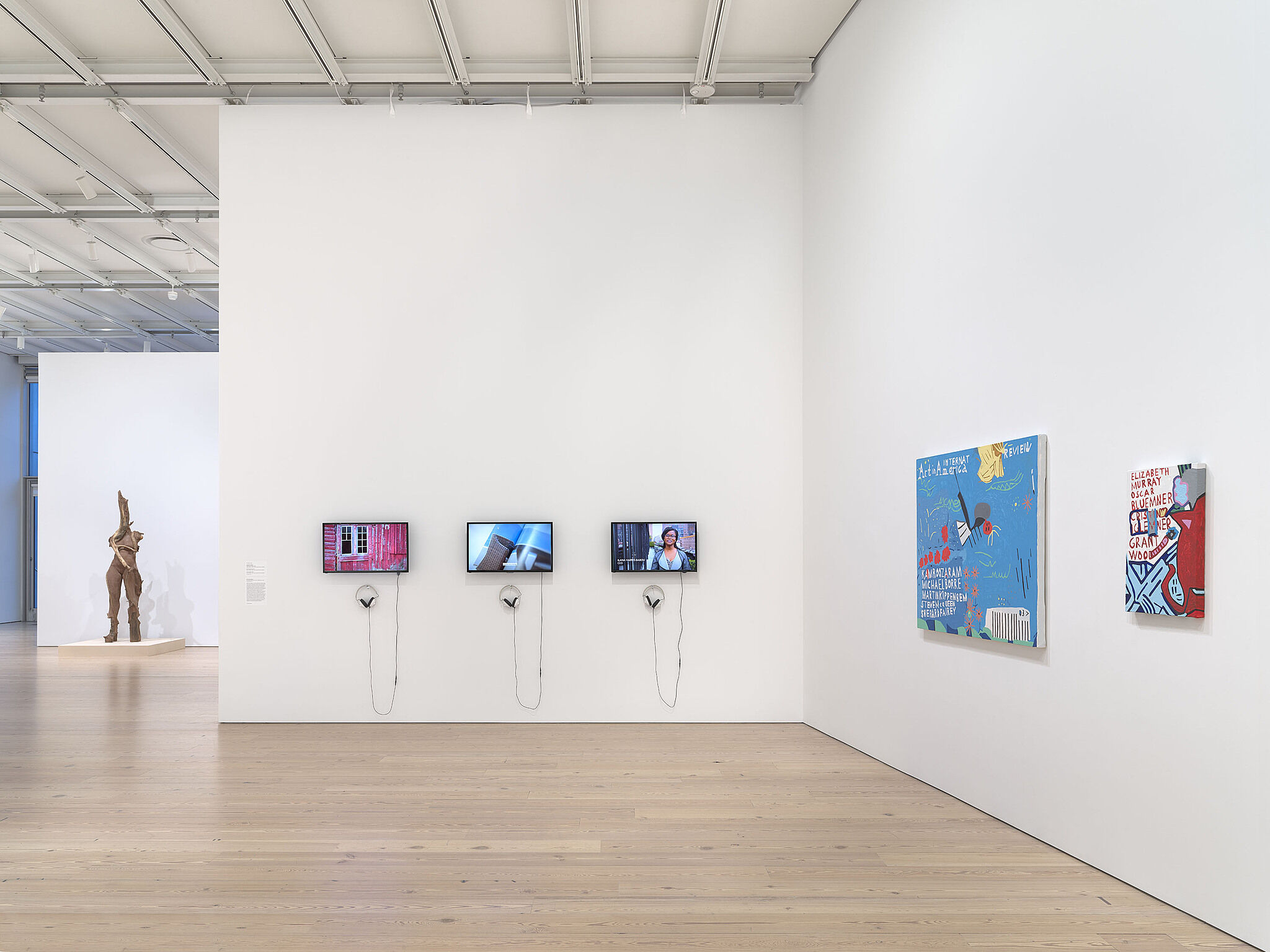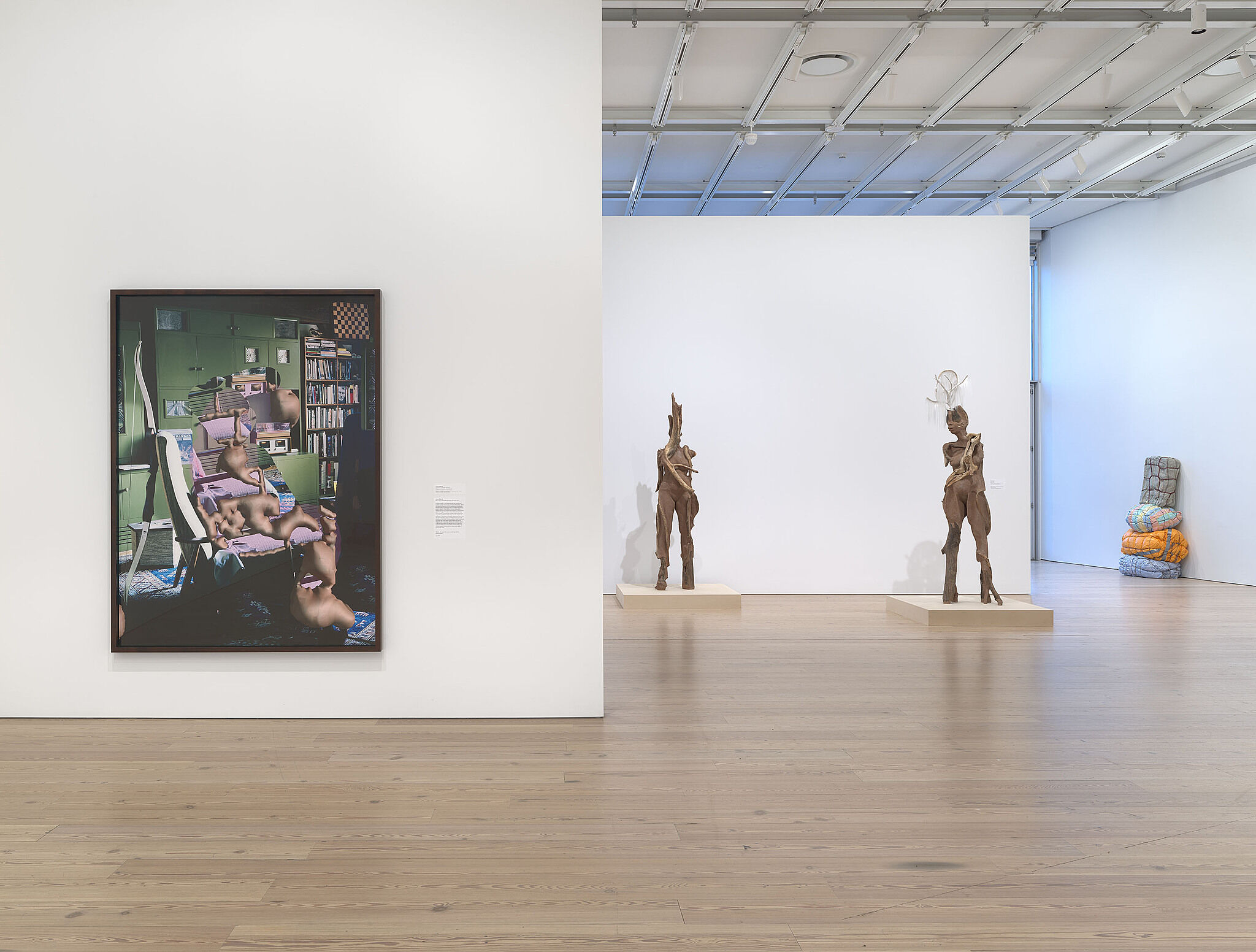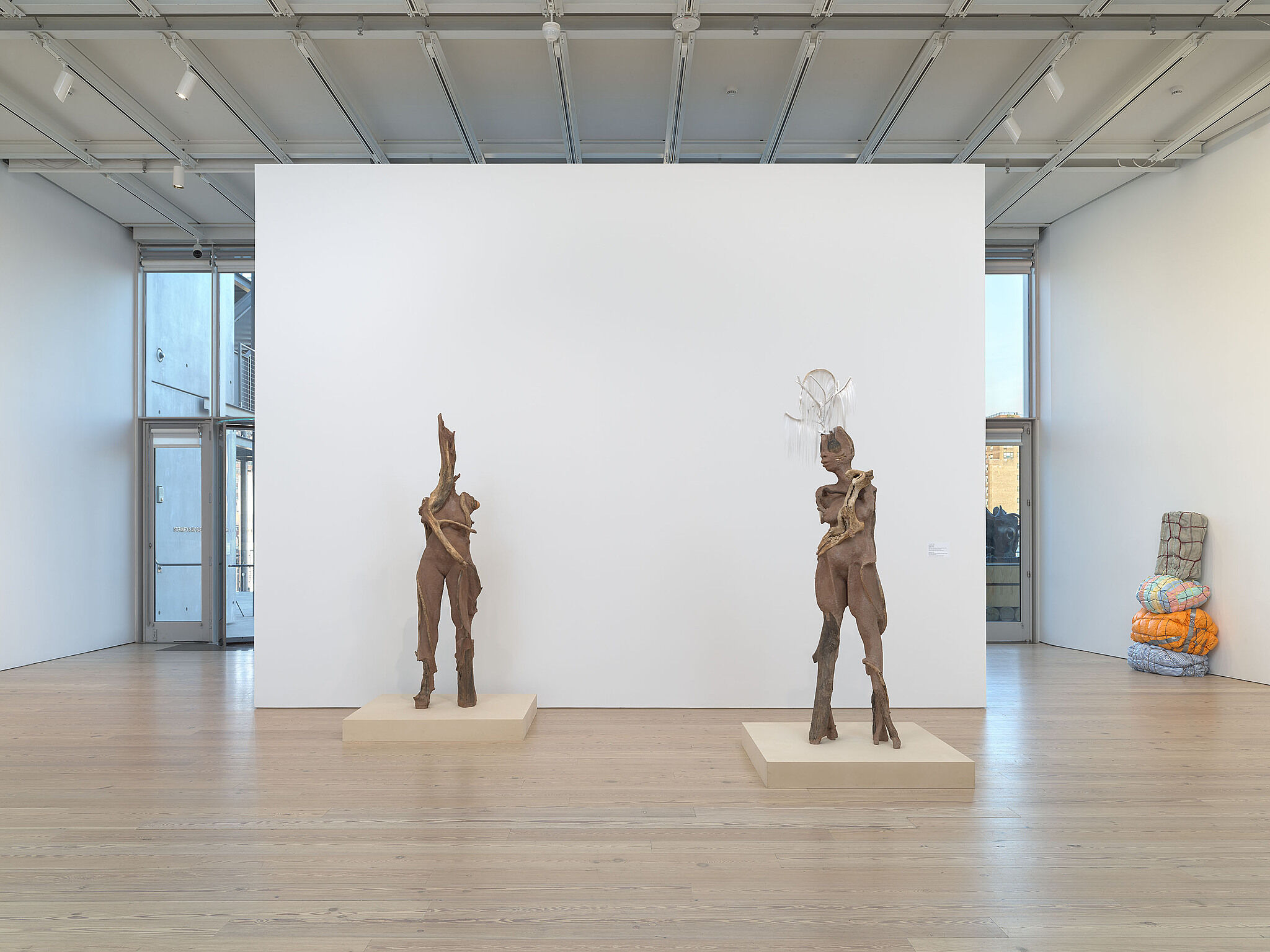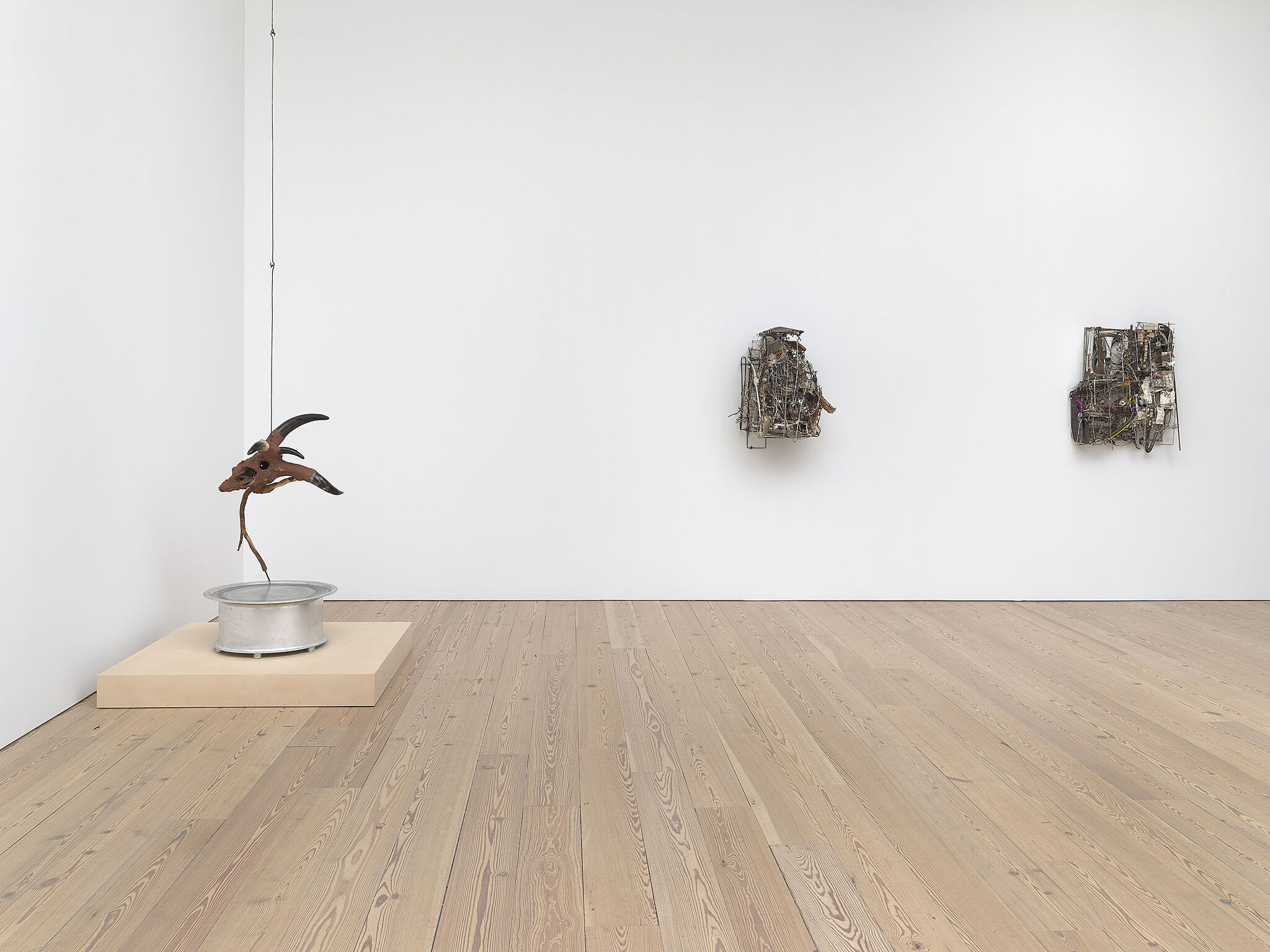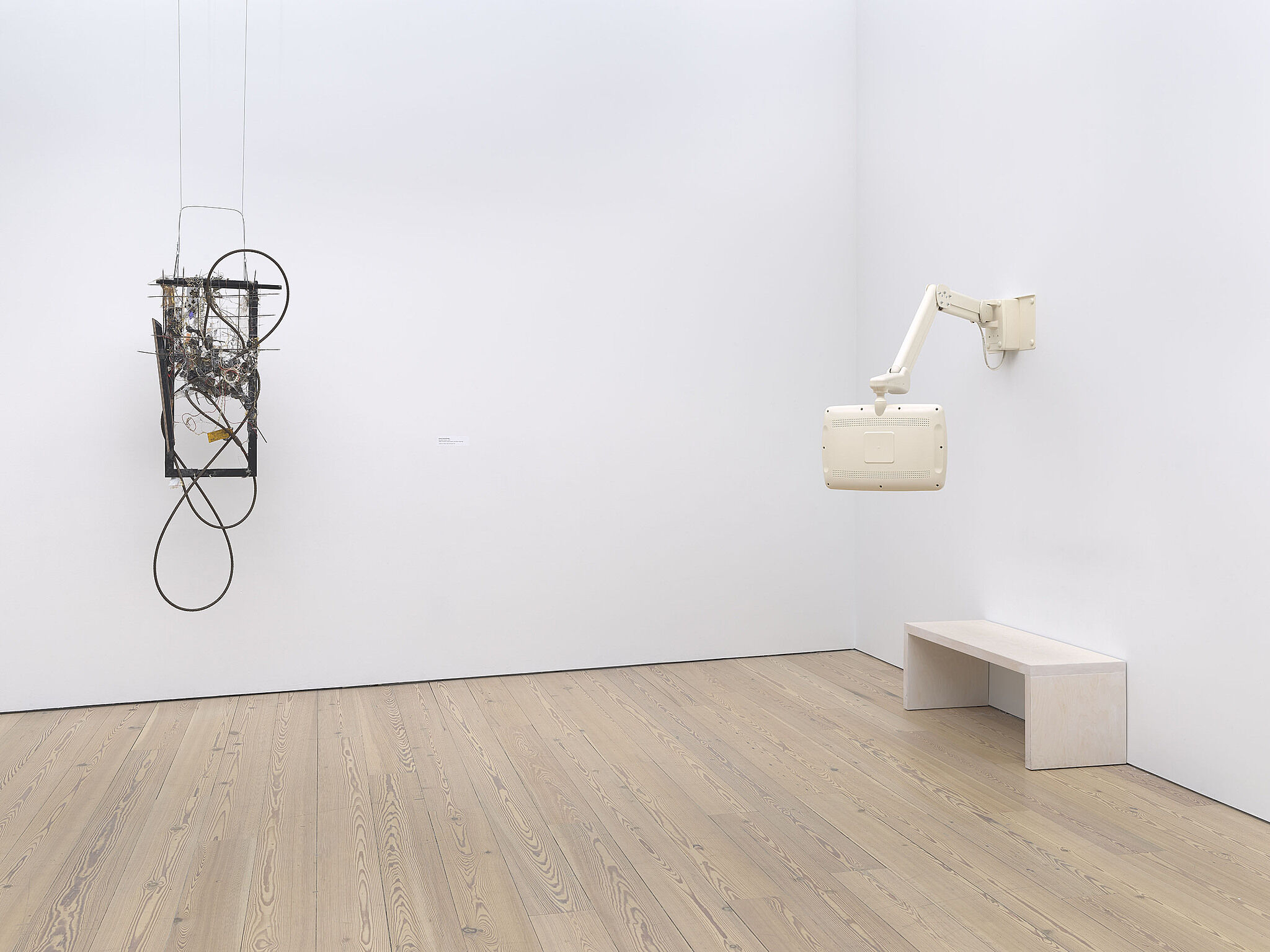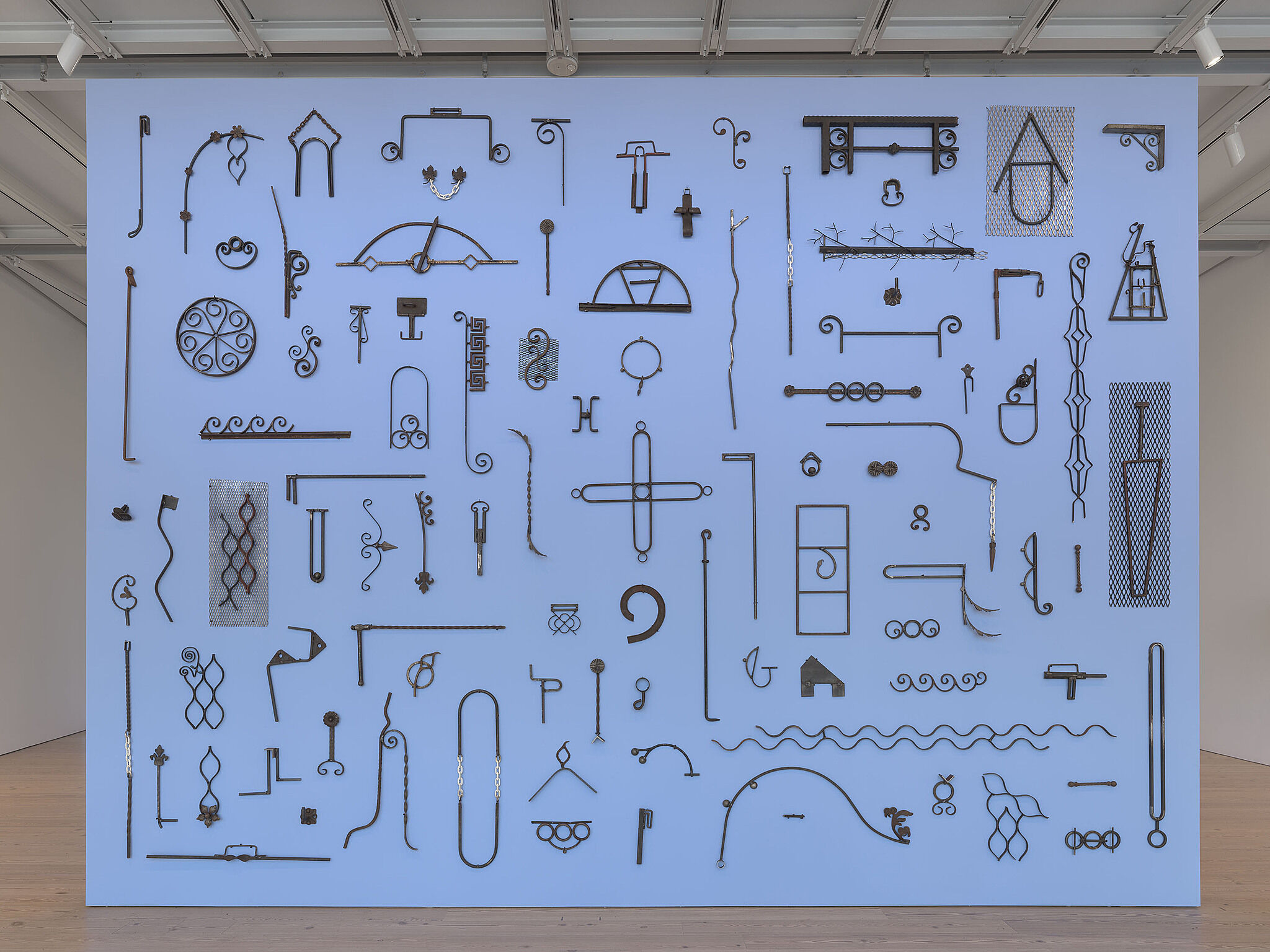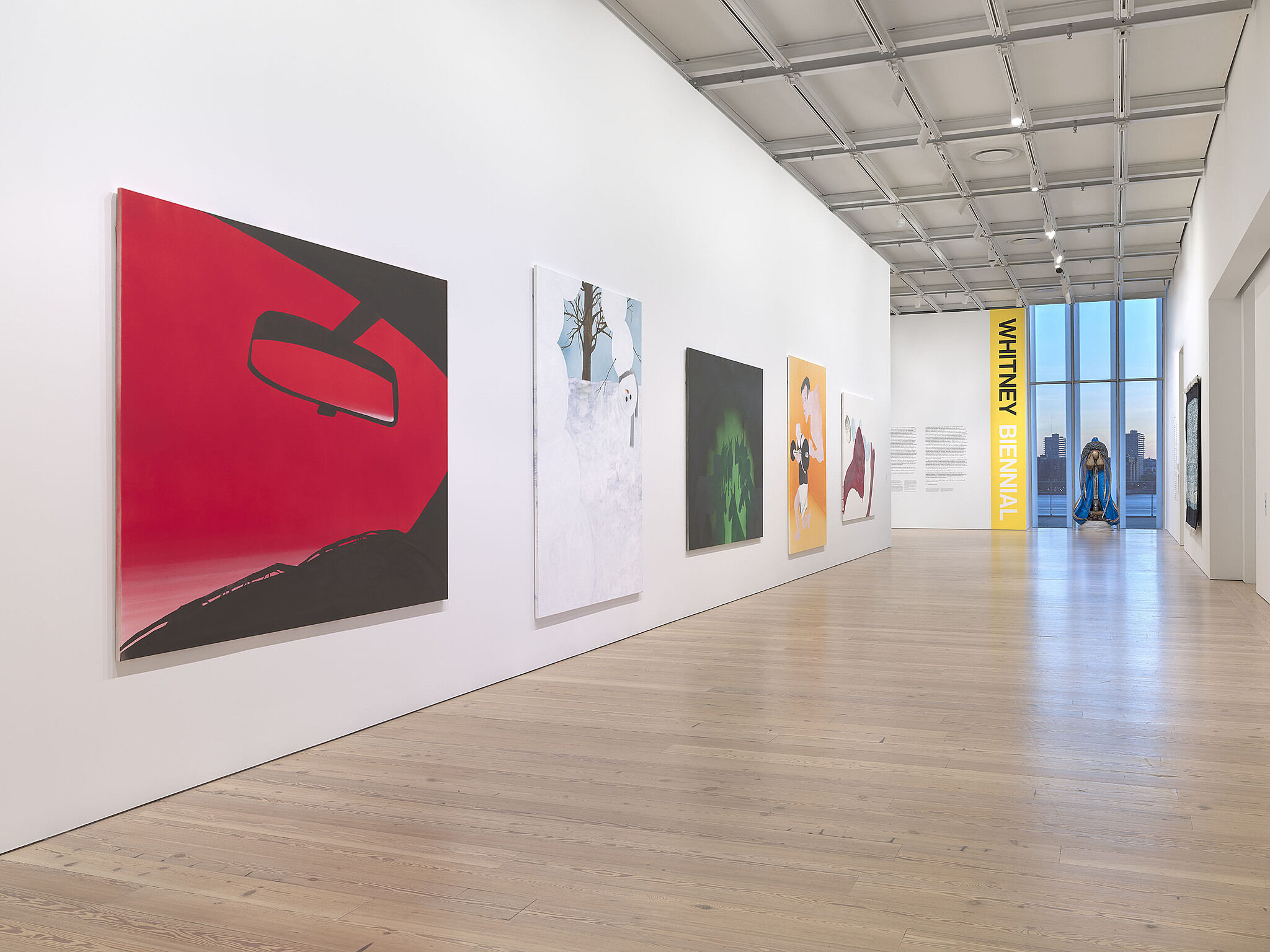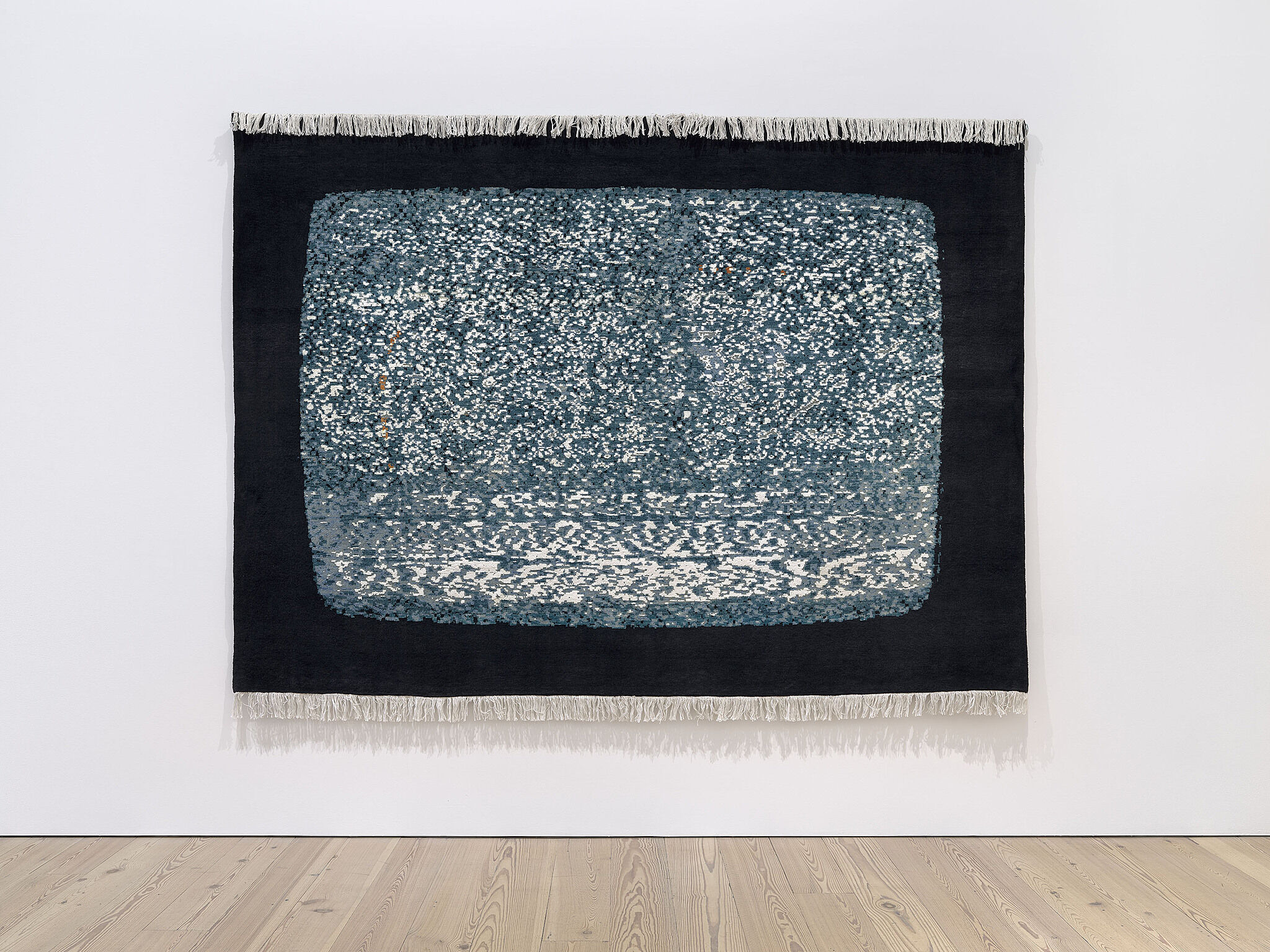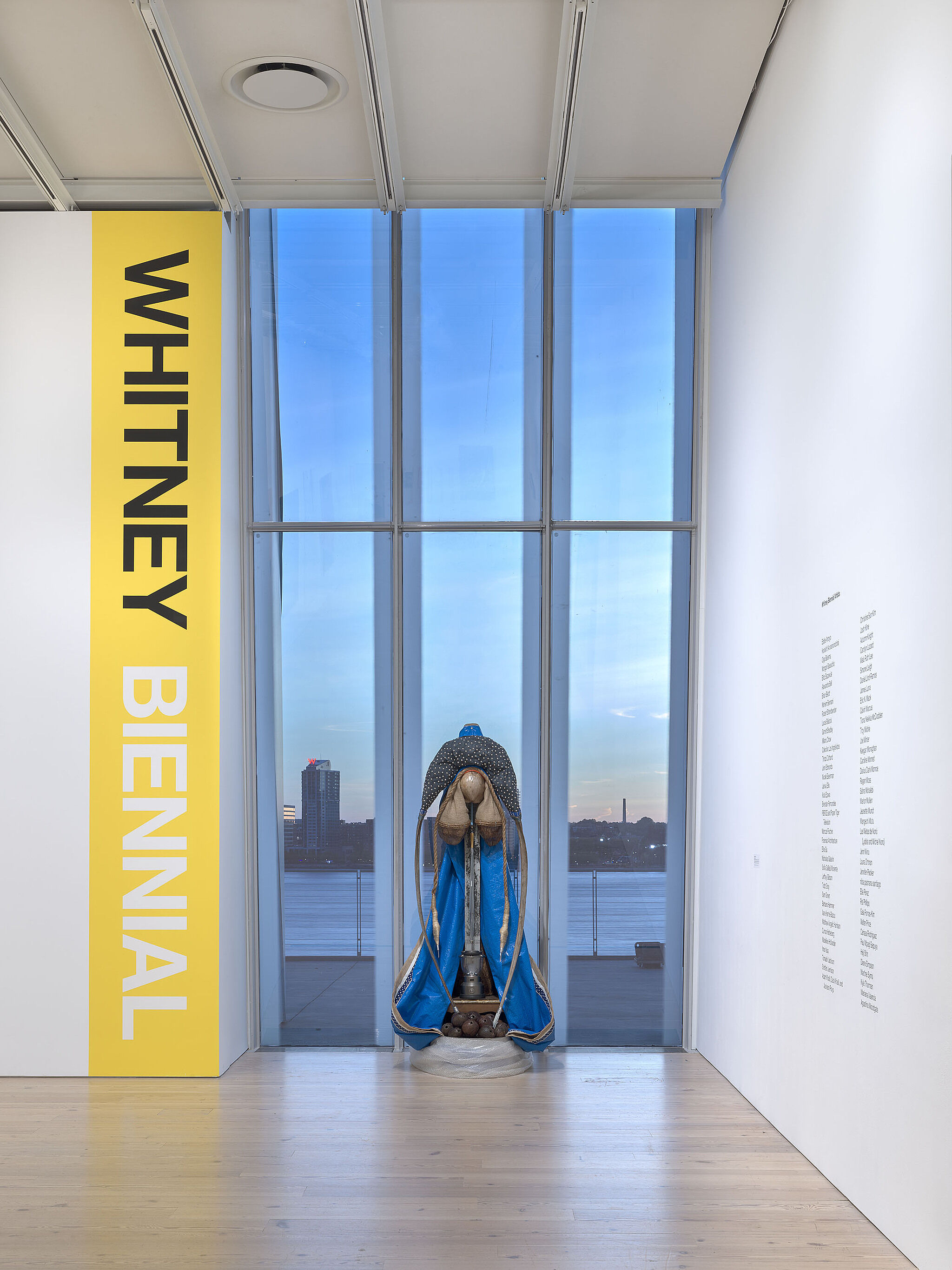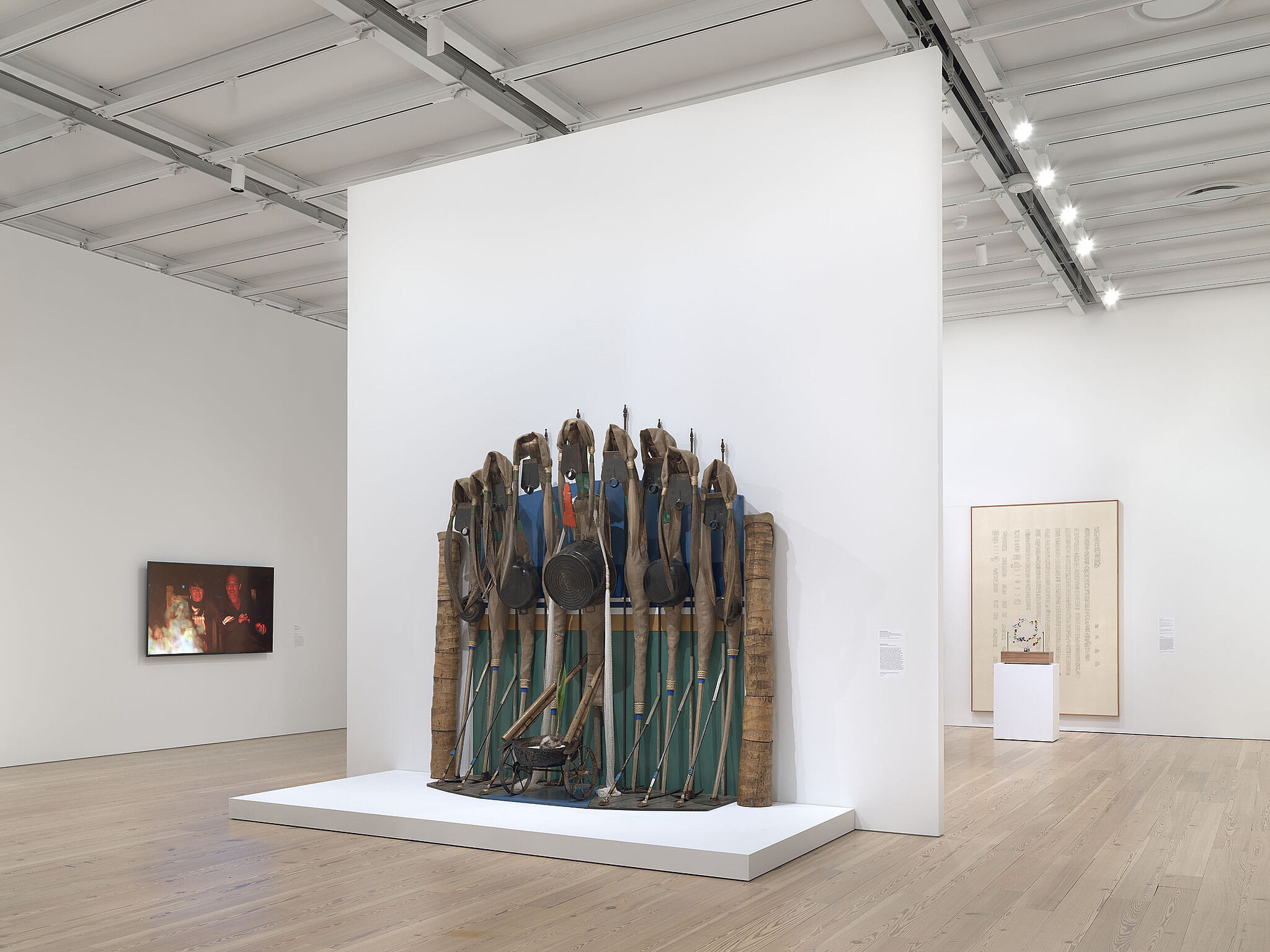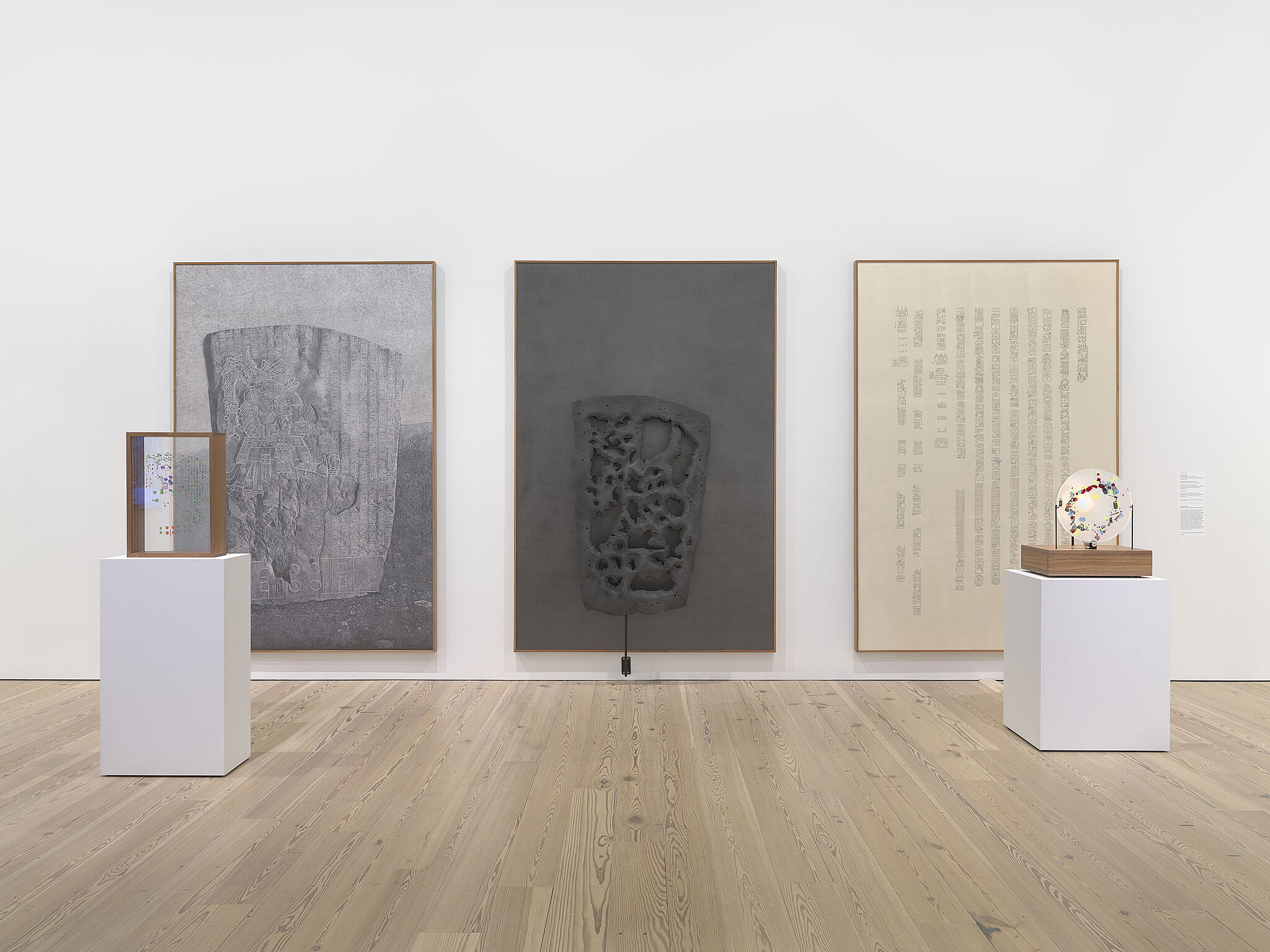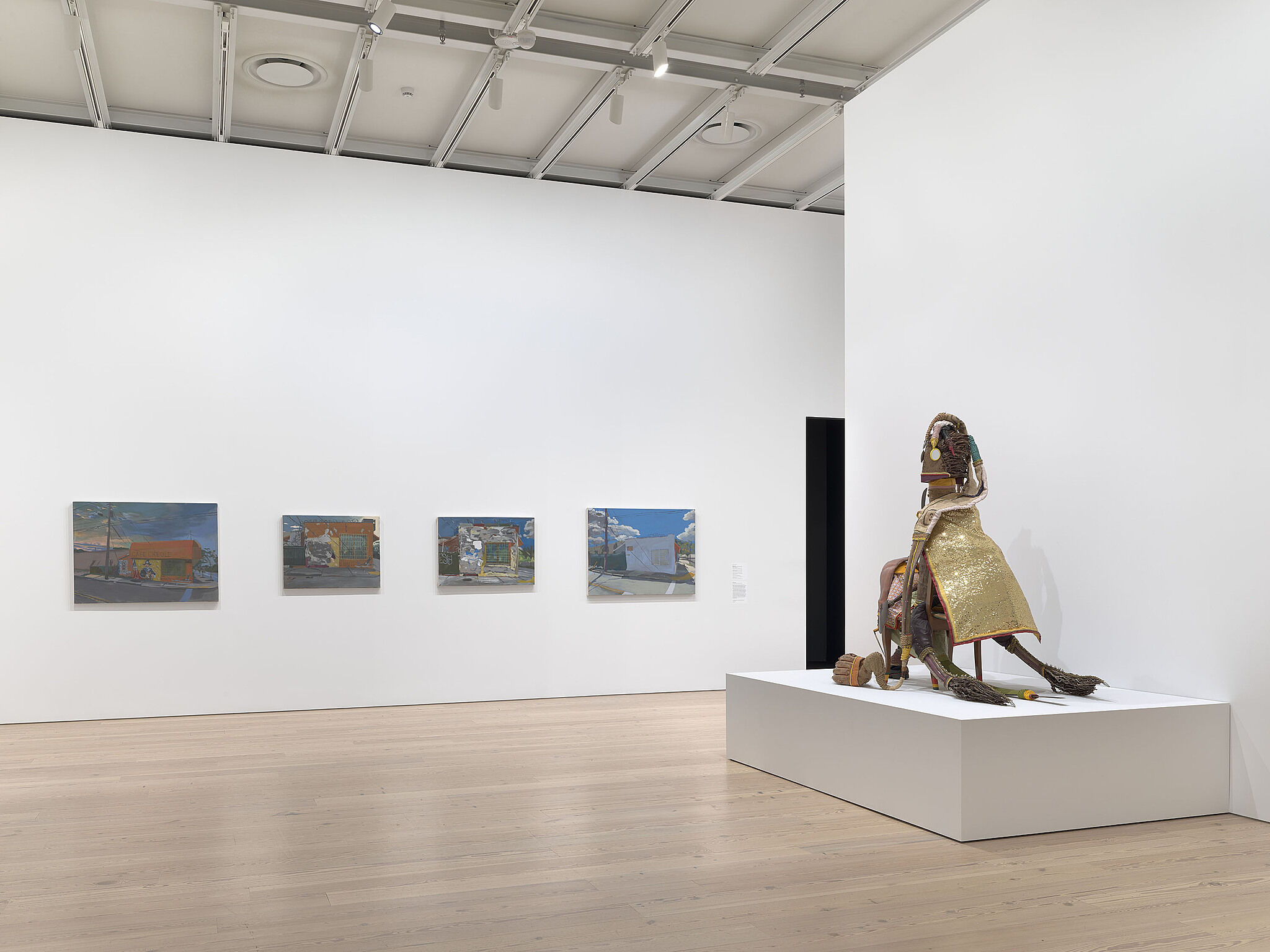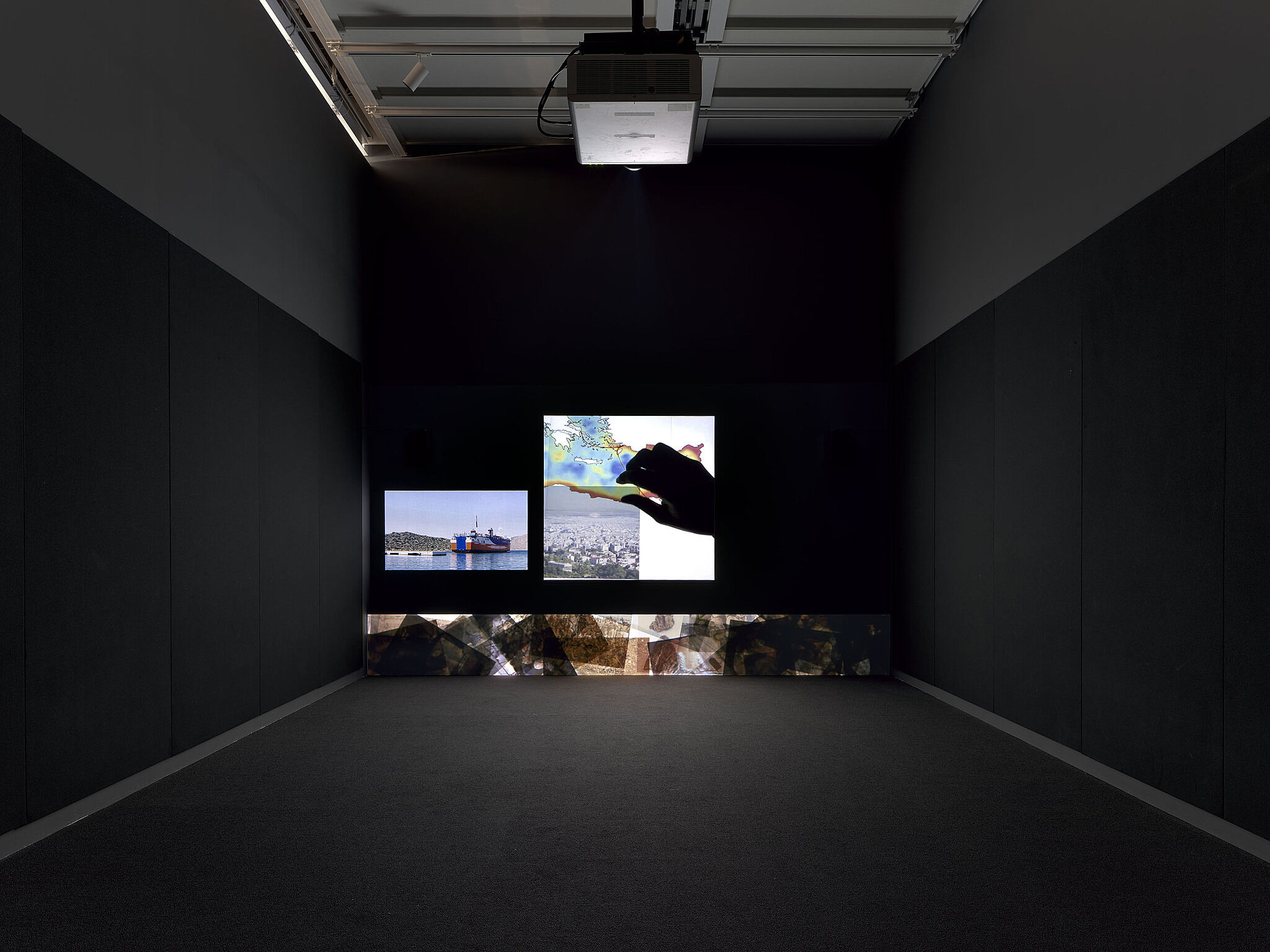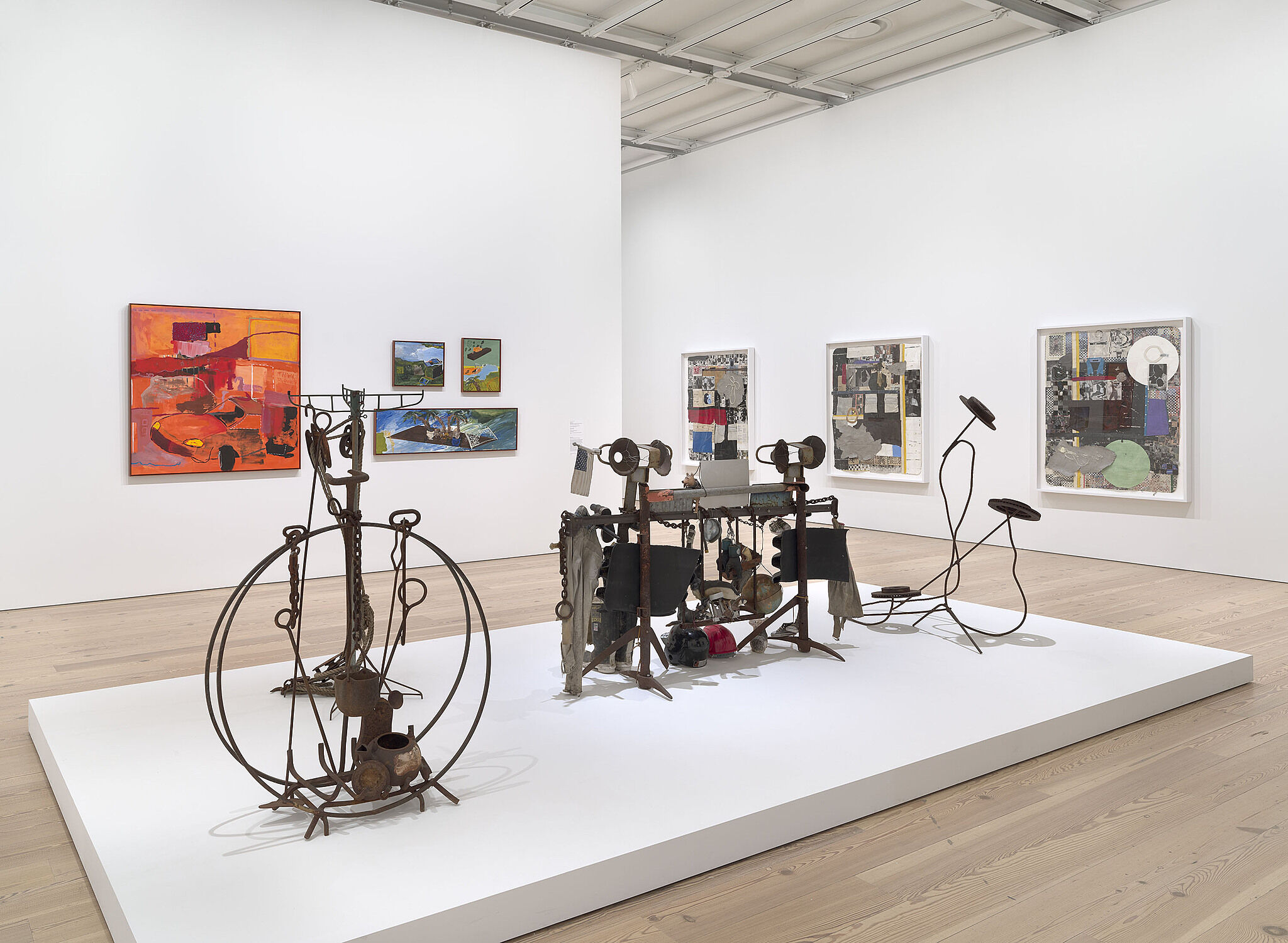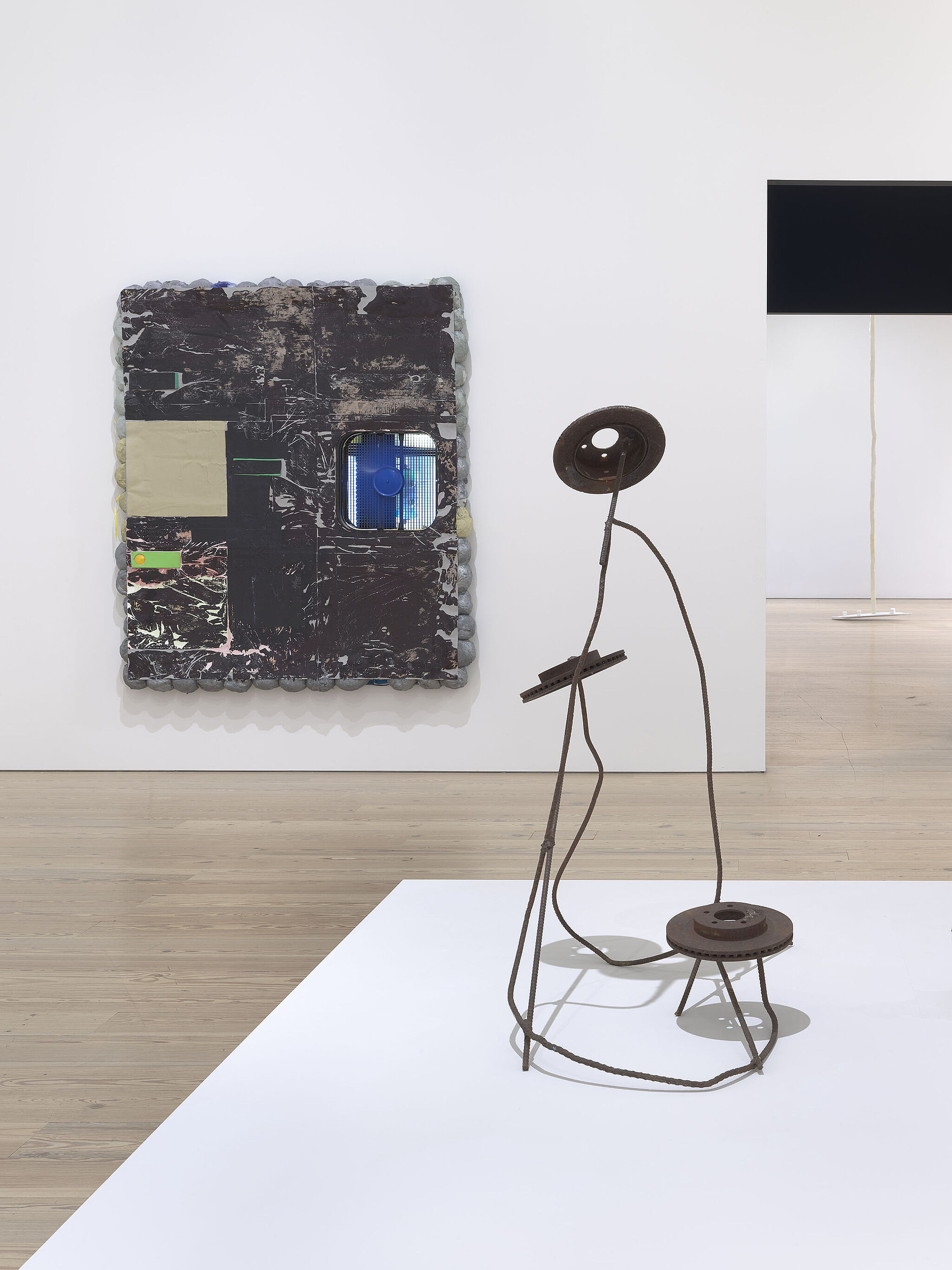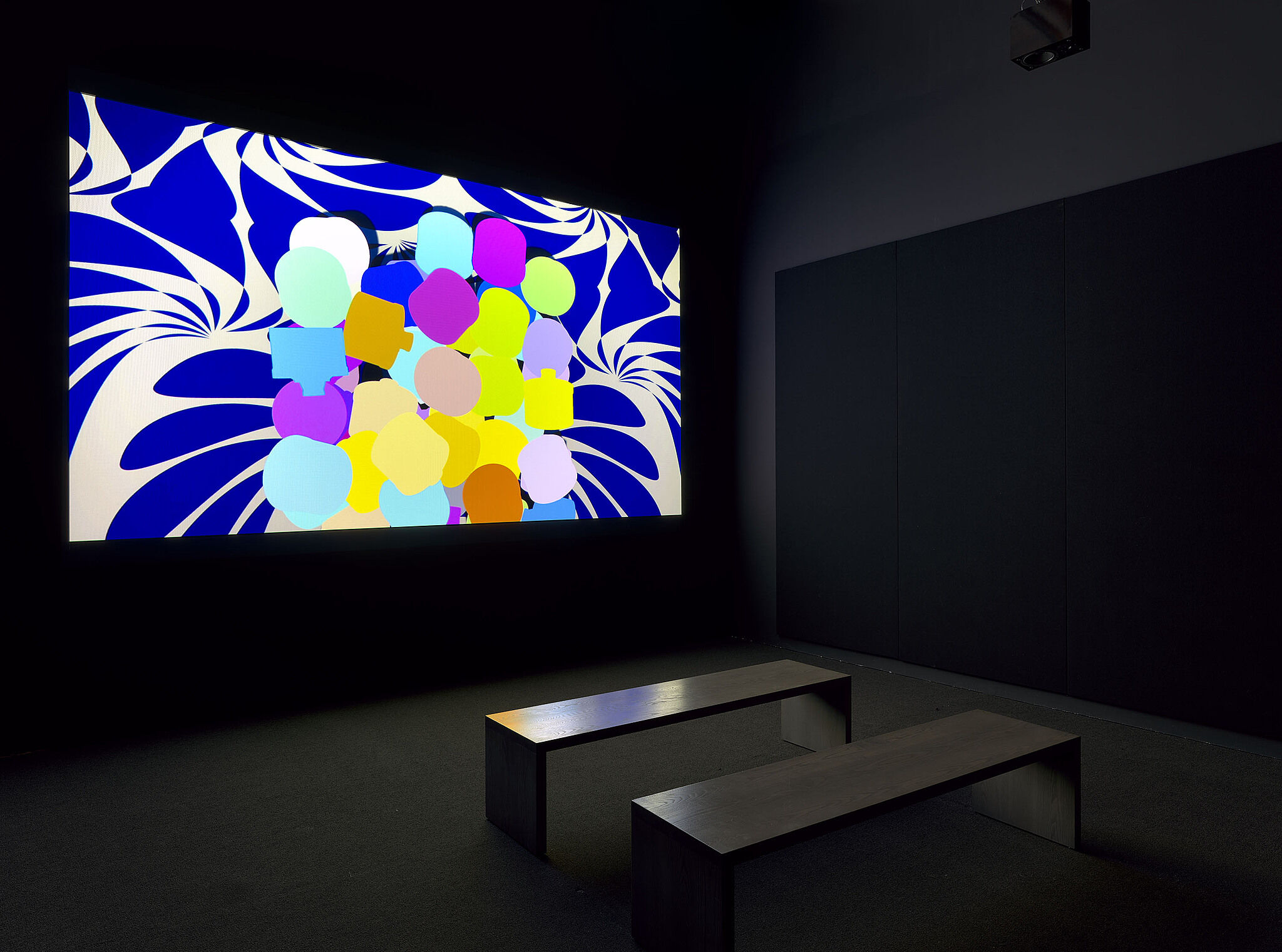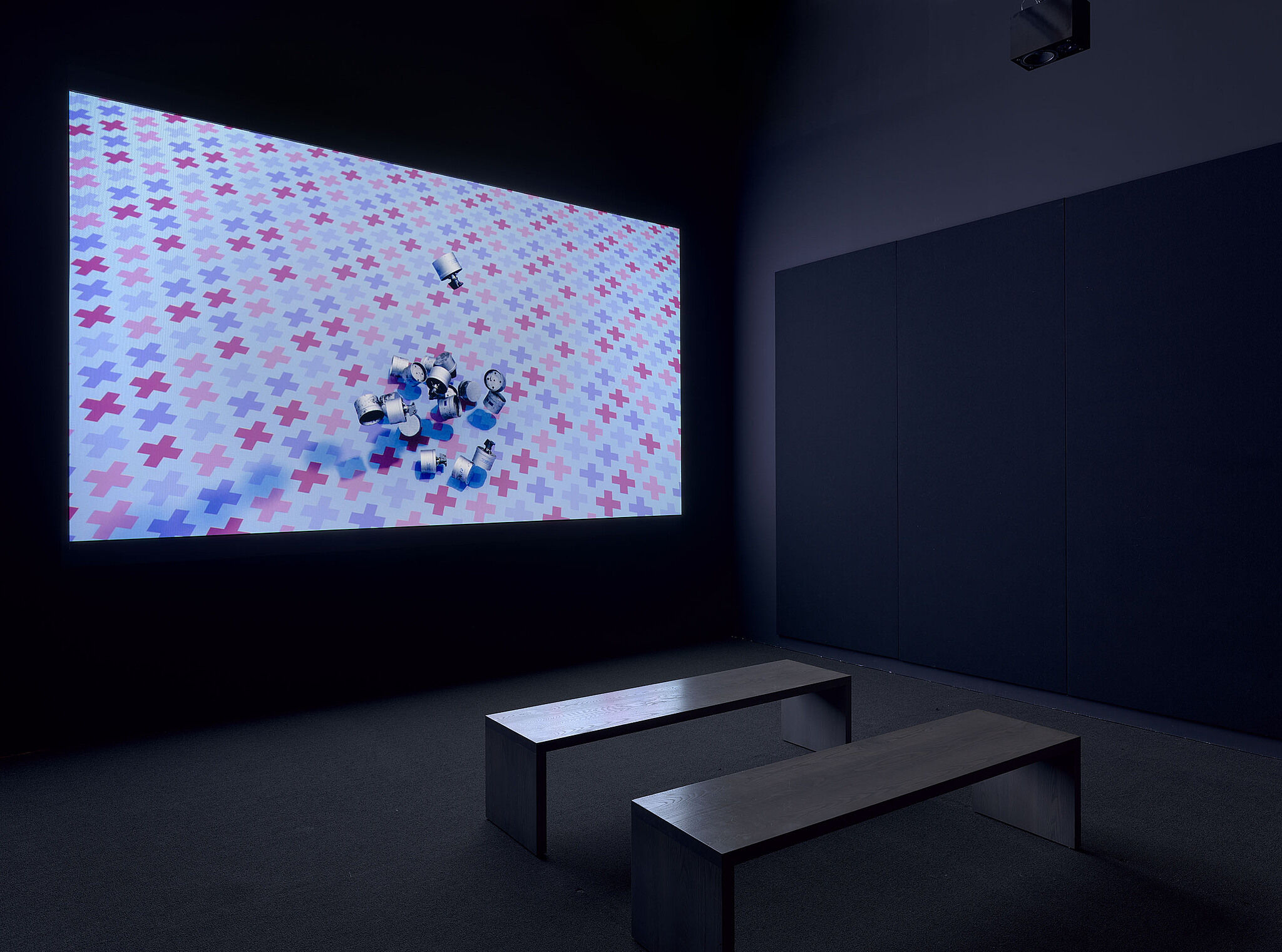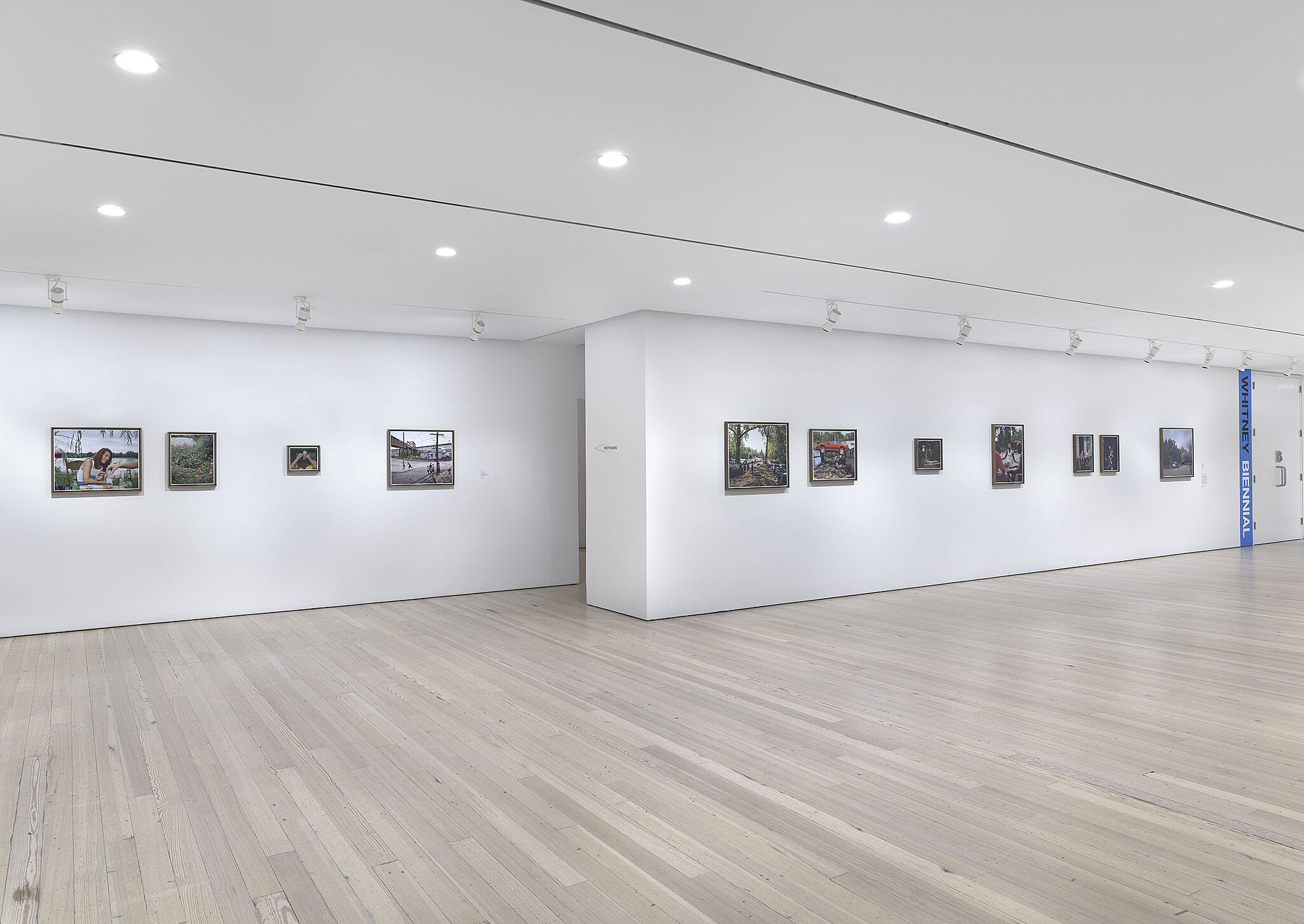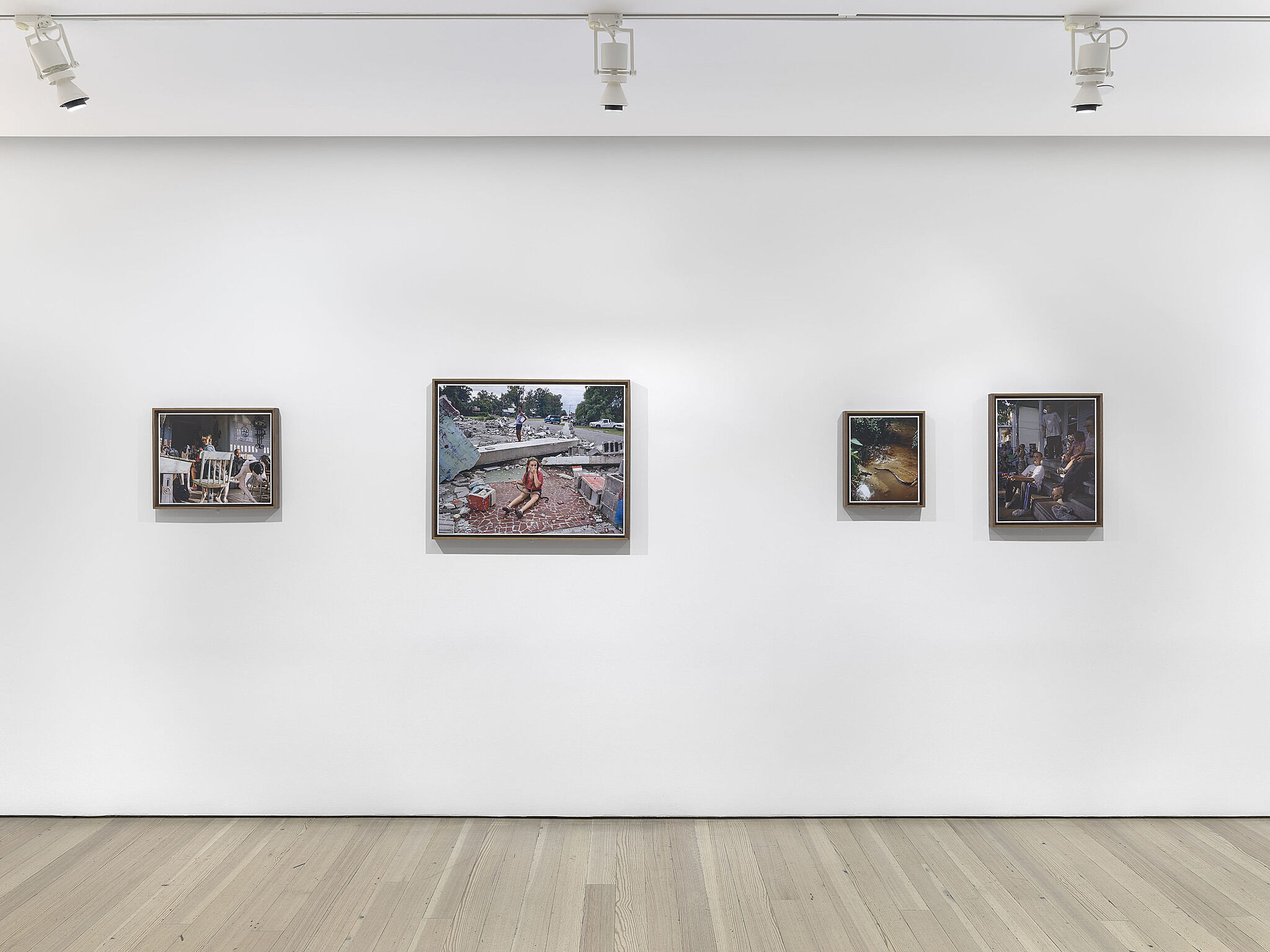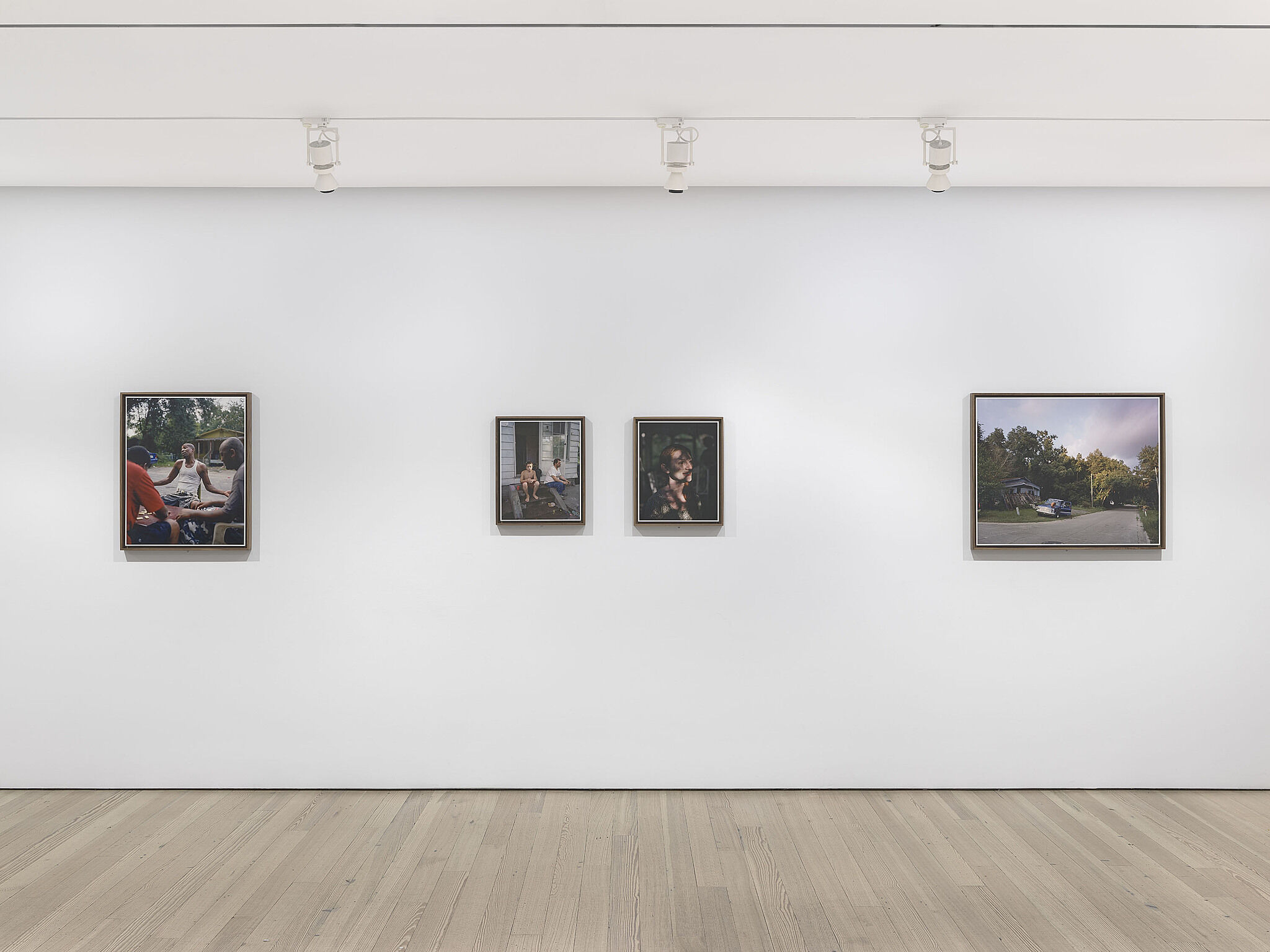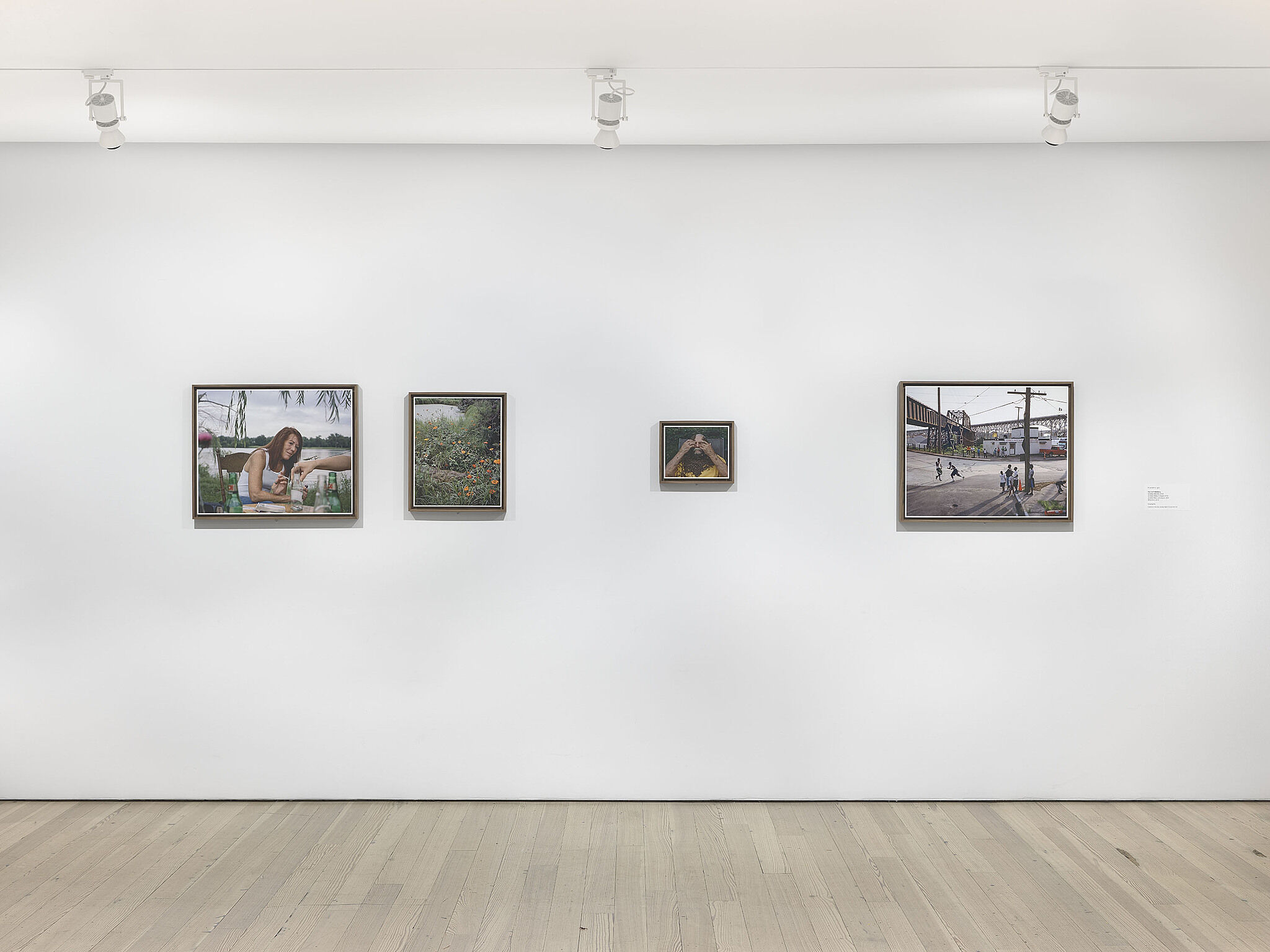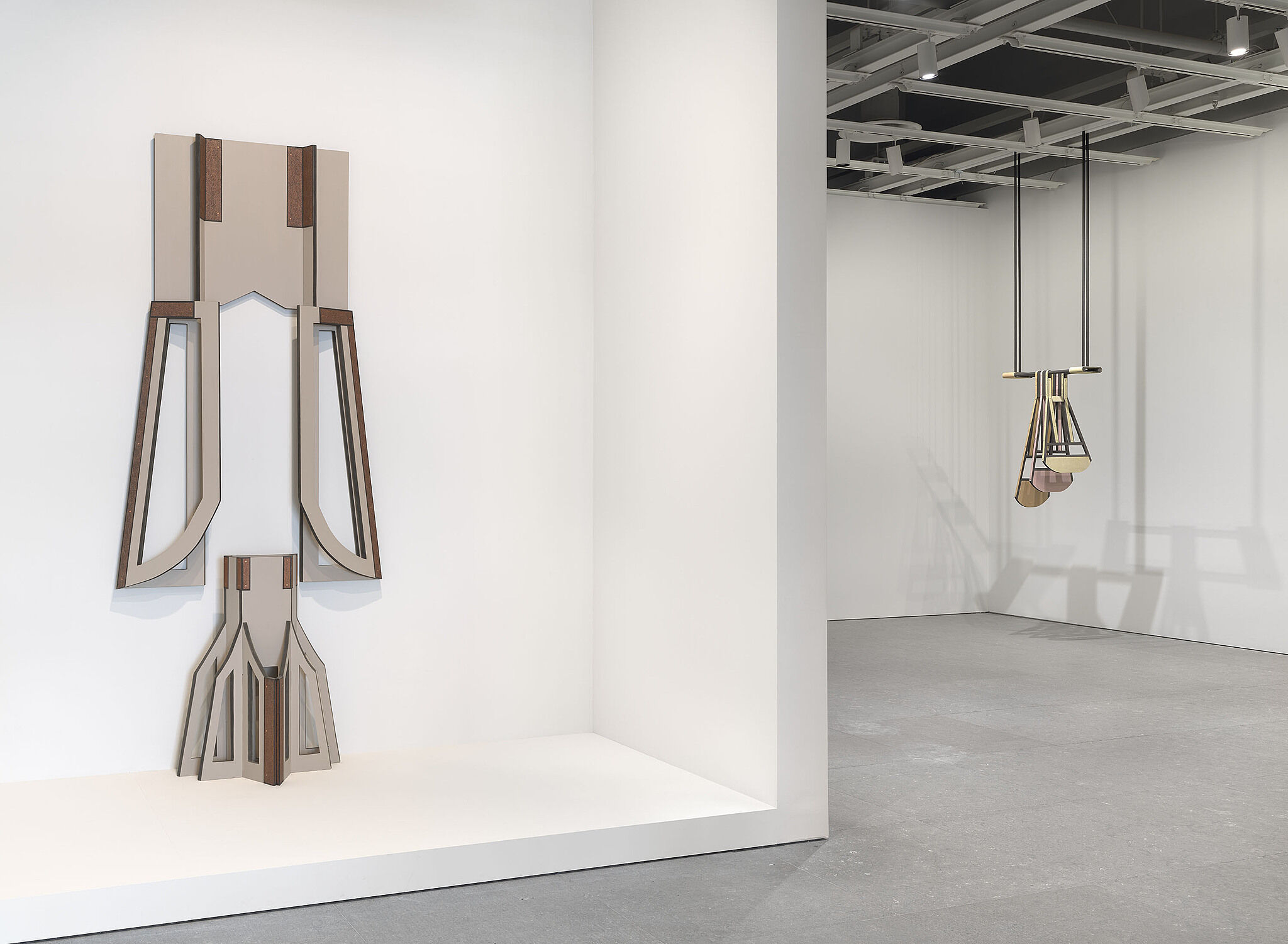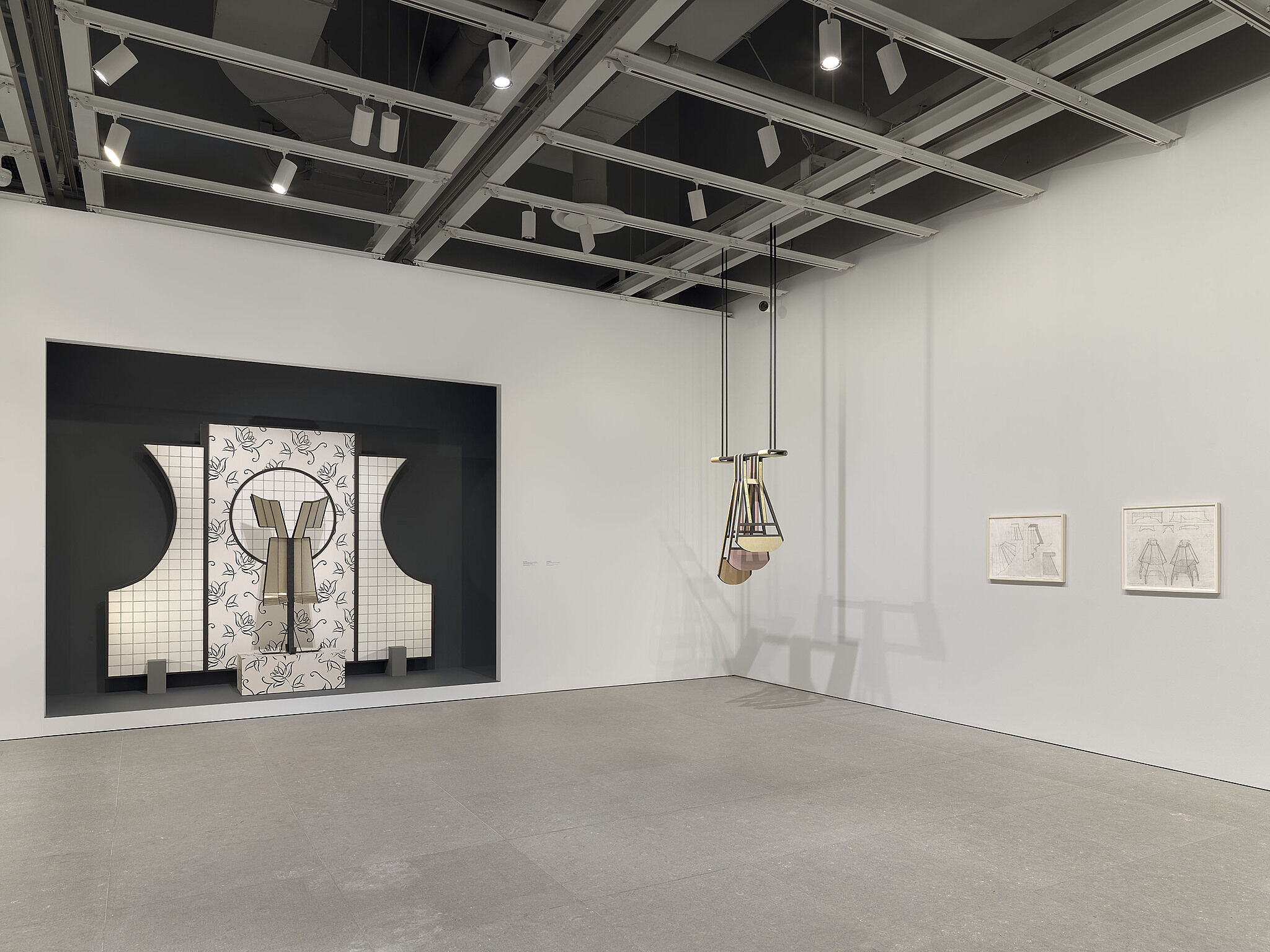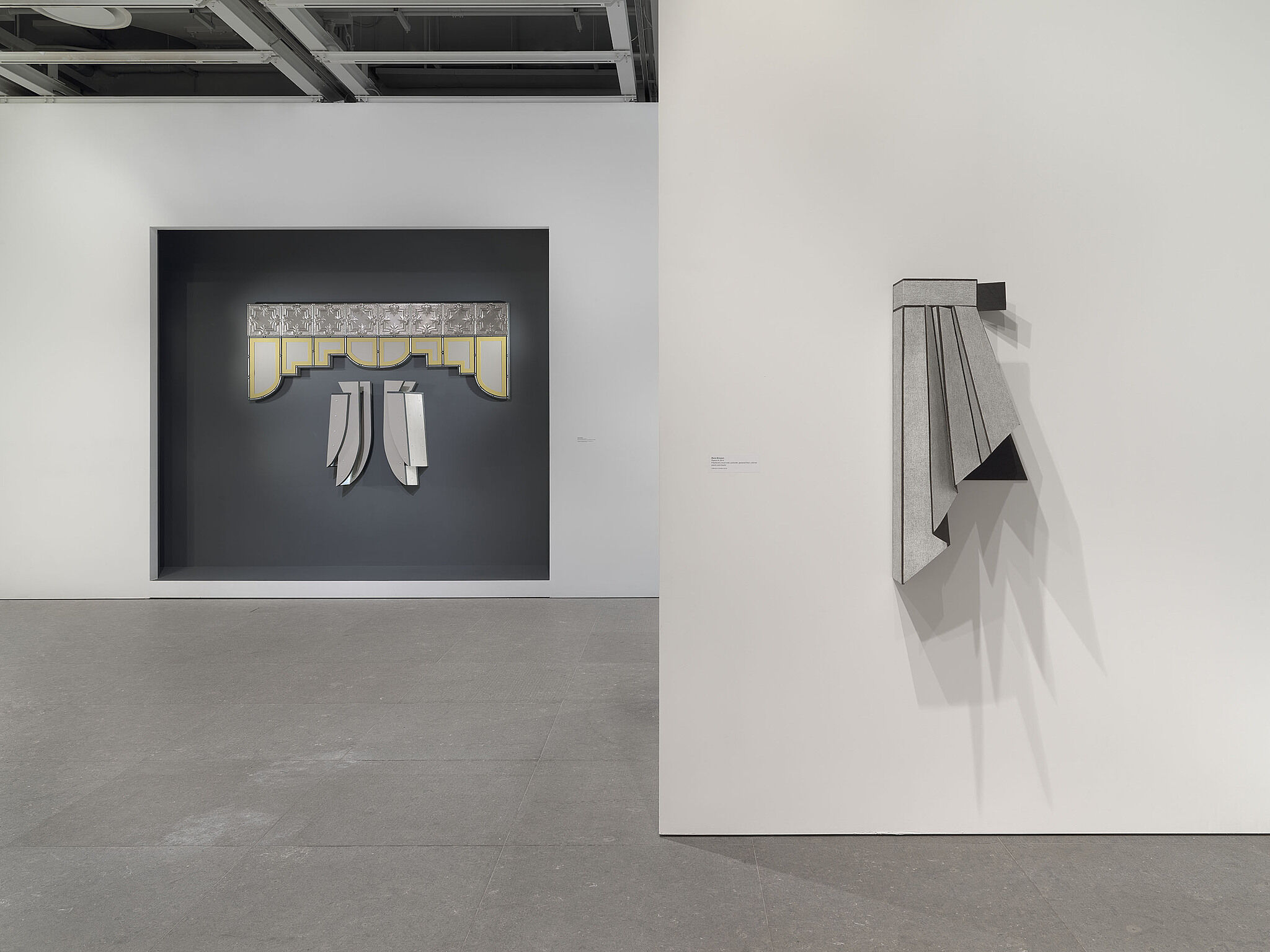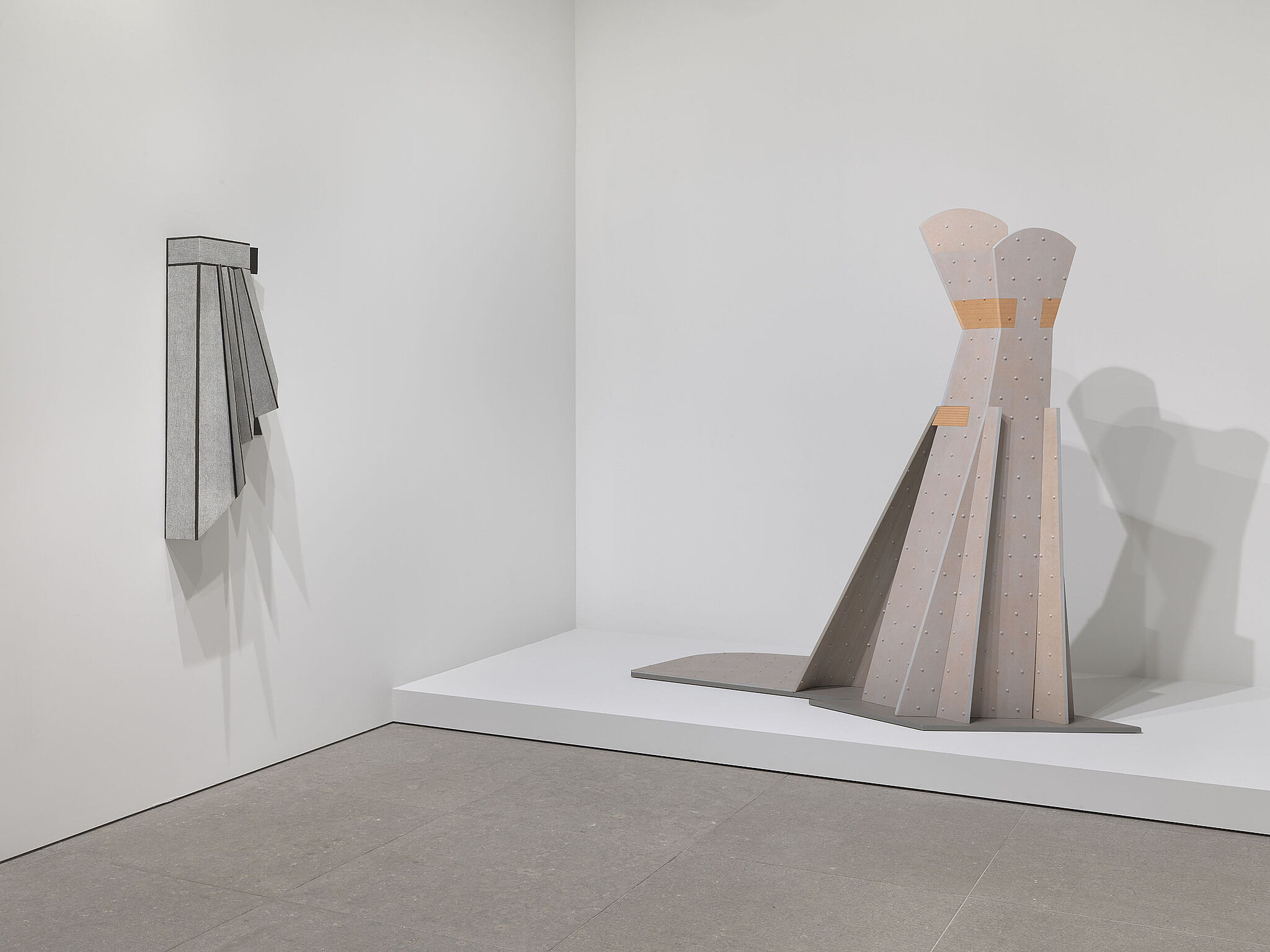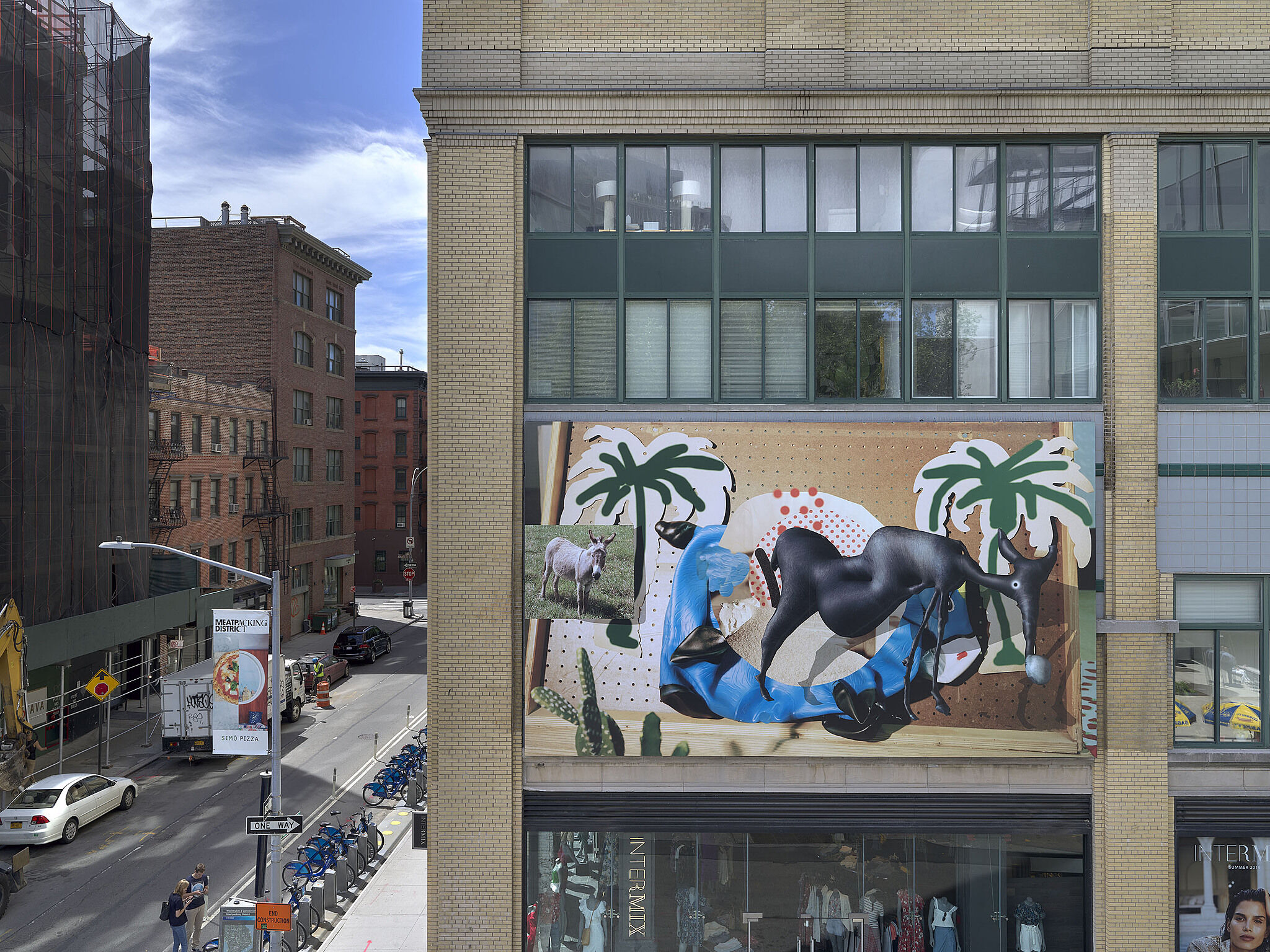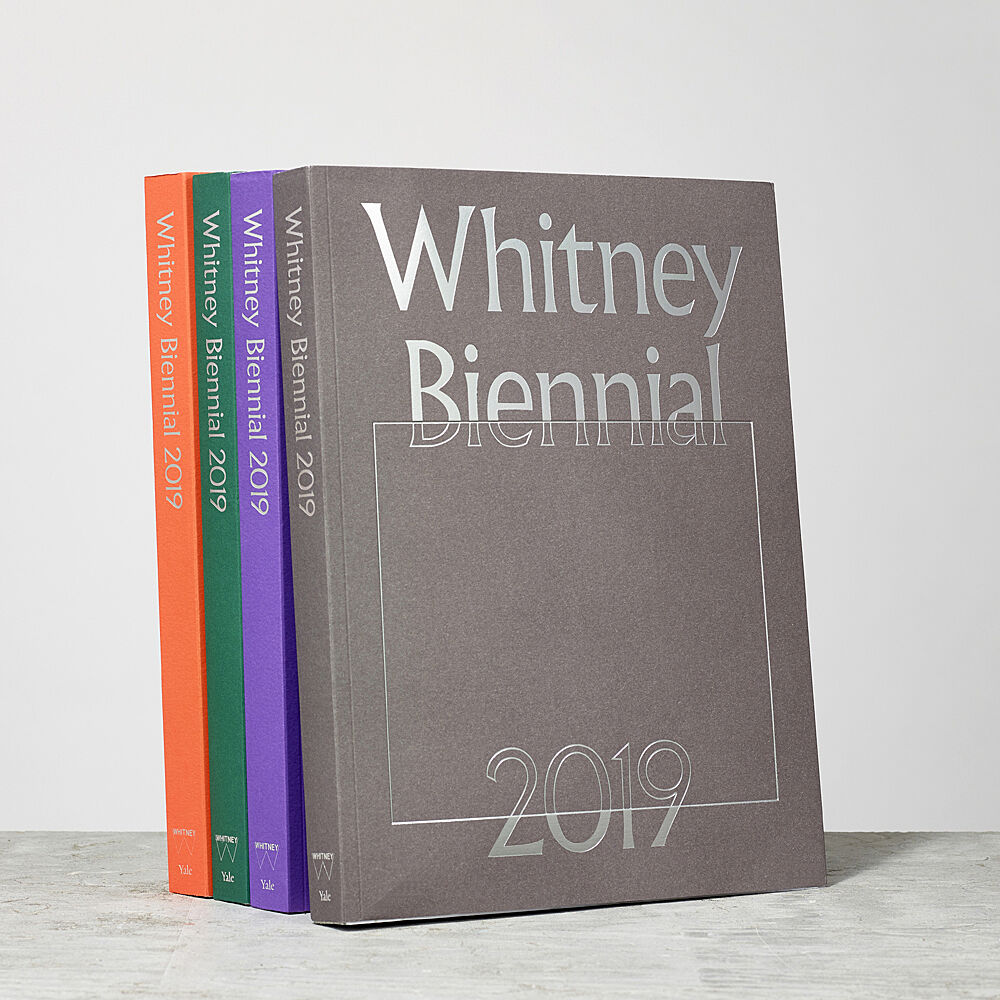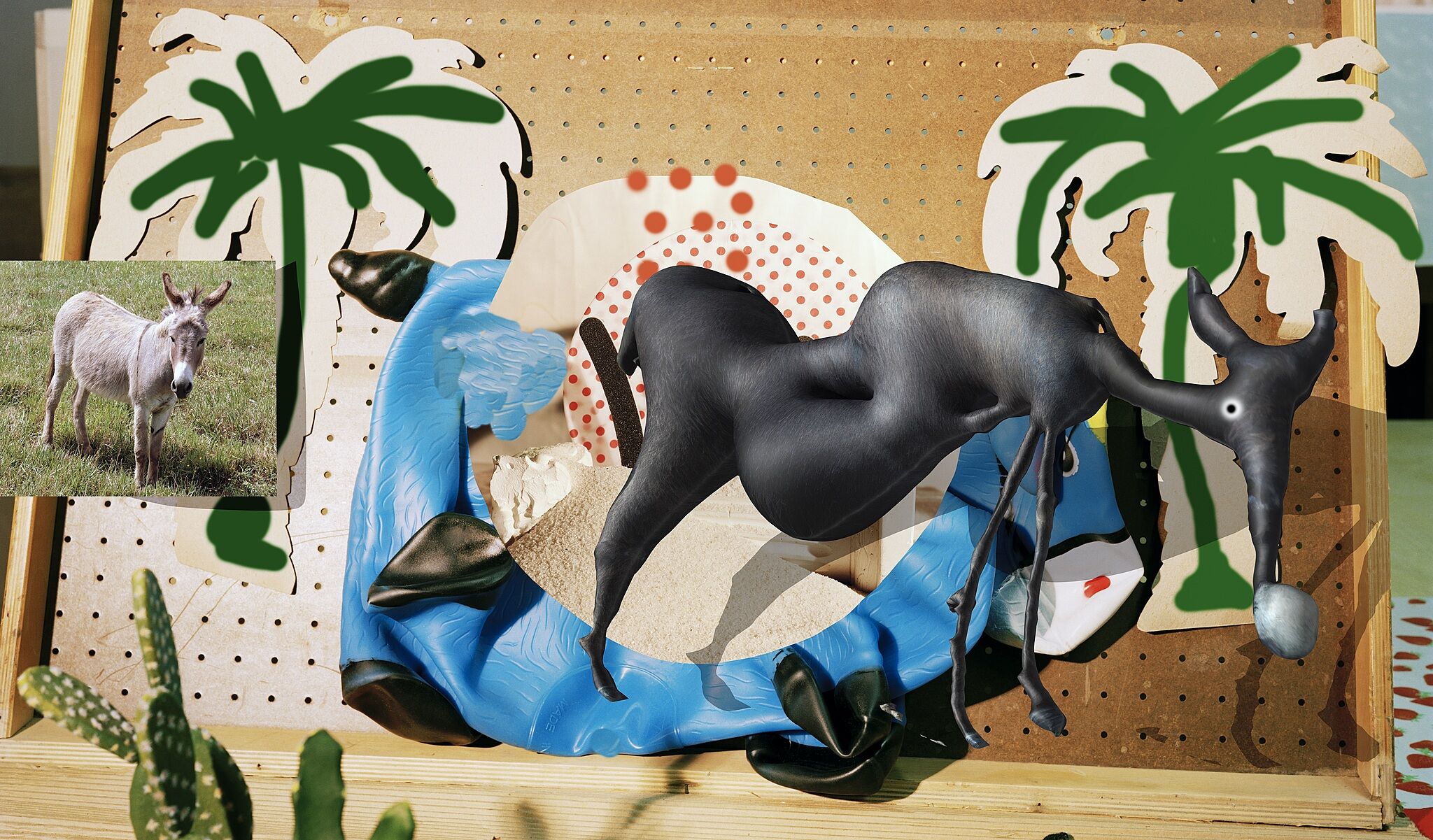Whitney Biennial 2019
May 17–Oct 27, 2019
The Whitney Biennial is an unmissable event for anyone interested in finding out what’s happening in art today. Curators Jane Panetta and Rujeko Hockley have been visiting artists over the past year in search of the most important and relevant work. Featuring seventy-five artists and collectives working in painting, sculpture, installation, film and video, photography, performance, and sound, the 2019 Biennial takes the pulse of the contemporary artistic moment. Introduced by the Museum’s founder Gertrude Vanderbilt Whitney in 1932, the Biennial is the longest-running exhibition in the country to chart the latest developments in American art.
Read more about the exhibition in a statement by the curators.
En Español
Para la Bienal, nos complace ofrecer los siguientes recursos y programas en español: la guía móvil, visitas guiadas de la exposición los viernes y sábados por la tarde, y visitas guiadas gratuitas para las escuelas públicas y concertadas de la Ciudad de Nueva York. Los textos de pared de la exposición se encuentran disponibles en español en el Museo.
Film Screenings and Performances
A dedicated screening program of eighteen films, selected by three guest curators, will immerse viewers in tales ranging from the world of global Black music, fashion, and visual culture to the discovery of a nine-thousand-year-old skeleton in Washington State. Performance works, from opera to social critique, will take place in the galleries, the theater, outdoors, and other spaces throughout the museum.
Madeline Hollander
33
Performance Dates
September 19, 2019
Learn more.
Born 1986 in Los Angeles, CA
Lives in New York, NY
In the site-specific performances, Ouroboros: Gs, Madeline Hollander will choreograph the installation of a portion of the Whitney’s flood mitigation system, collaborating with trained Whitney staff to simultaneously build and dismantle segments that circumnavigate the Museum. The Whitney has been in its current location since 2015 and while flood mitigation was always planned for the site, after waterfront damage from Hurricane Sandy in 2012, the Museum invested in a more advanced, protective system. Though essential to the safety of the building, this highly sophisticated barrier is almost never seen, coming and going as needed. Hollander’s choreography mimics this ebb and flow—and that of the nearby river's tides and currents—exploring the ways in which the Museum has had to adapt itself in the face of climate change.
Ouroboros: Gs is part of Madeline Hollander's site-specific project, Ouroboros EFGs, which includes Nosecone: EF, an installation exhibiting a portion of the Whitney's flood mitigation system that will be on view for the duration of the Biennial located on the west facing corner of the sidewalk.
Nosecone: EF, 2019
-
Madeline Hollander
0:00
Madeline Hollander
0:00
John Stanley (Former Chief Operating Officer of the Whitney Museum): There's really two levels at the Whitney Building. One is at the loading dock level, and that's about six feet above the Hudson River. This is on the west side of the building, so that's really the lowest point, and, as I said, only six feet from the Hudson. At the lobby level, it was designed to be slightly above FEMA's 500-year storm level, so it seems like it was more than high enough. A storm that would occur only once every 500 year. They generally have two levels. One is at the 100-year level. Obviously, those would be a little more frequent, and then the 500-year level which obviously should be very infrequent.
We happened to experience that one-in-500-year flood when Superstorm Sandy came through. You know, it wasn't really a sort of traditional flood of rising waters, but it was a storm surge that pushed up the Hudson into southern Manhattan and onto our site, as well as some of the other neighborhoods.
While it had been designed appropriately by Renzo, in terms of getting it above that 500-year flood level, which has since been raised by FEMA. That was wrong. We had taken on, it was estimated, something like six and a half million gallons of water. Obviously, it wasn't high enough.
We quickly decided that we needed, obviously, to deal with this and we literally searched the world for a firm that had expertise in this, and we settled on this firm out of Hamburg, Germany. This institute had these enormous simulation tanks that could replicate waves washing ashore or washing over a building and really state-of-the-art stuff. The buildings that have this design where the ground floor just blows out essentially with the force of the water, and it's designed to do that so that the water can pass through that, so it's actually how our lobby is designed.
Those windows have a certain tolerance in terms of the amount of pound feet of pressure they can take before they might actually burst or collapse, but if that were to happen, then, yes, the water was designed to flow through the lobby, and the lobby was designed to have minimal damage occur if that were to happen.
Then the task turned to how do we better protect the site. Around the perimeter of the site, west, south and east, that's where we have the StopLog system, the aluminum log system. That seemed like the most effective and efficient way to keep the water out. In the event of a flood, tons of water could be sitting above the basement but being held in abeyance by the wall, so it's not getting into the building, but it's pushing down what's essentially the roof of the basement.
The engineers had to take into account the force of the water pushing against it, and then finally we had to contemplate that a boat or a semi-truck floating down the river might crash into this wall. The possibility of small boats or ships running into it, so it had to be very beefy from that point of view.
That's really the essence of it. It was the design of this temporary system that could be deployed as needed. We were able to arrange a space right next door in the meat packing to store that system, so that made everyone feel better.
Deployed it the first time. We actually filmed them doing that, so that those that followed would have a video instruction manual, if you will, as to how the logs went up, as well as documented in writing. Our thought was to try to deploy it once a year just so that people continue to have the practice and knowledge of how to do that. There's always turnover. You want that knowledge to pass on.
It was so cleverly designed, with each log specifically marked as to where it should go, that it was almost impossible to do it wrong, unless we misread a log. So that, in essence, has been the protocol. It can be put up by, generally, just our staff. Interestingly, the lead group that puts it up is from our art handling group, and they're used to handling large objects as well, so it's the perfect group to put up such a system. It's just a lot of lifting and setting, and nothing that's too technically difficult. You just need the bodies. It's a beautifully designed system.
The other aspect of this site, of course, as any building, it settles over time. That's why the vertical posts that get bolted down are infinitely adjustable to deal with the changing levels of that lobby over time.
Most of our art is really on the fifth floor and above so that's something like 65 feet above the street level. What I can say is our temporary wall was designed to the height where if water were to top over that, then the water's at such a level the whole city's gone at that point.
Mobile guides
“It's a snapshot of contemporary art making in the United States today.”—Jane Panetta, 2019 Biennial co-curator
Hear from the artists and curators about works in the exhibition.
Exhibition Catalogue
Coming in the midst of dramatic shifts in the cultural, social, and political landscapes, this book serves as an important resource on present-day trends in contemporary art in the United States. The catalogue features process images and source material from each of the Biennial participants, in addition to a commissioned text on each artist and essays by the curators on the themes of the exhibition.
Buy now
Explore works from this exhibition
in the Whitney's collection
View 88 works
In the News
“This year’s Whitney Biennial is organized by Jane Panetta and Rujeko Hockley, two astute young curators on the museum’s staff.” —The New Yorker
“There’s perhaps no better place to check out the contemporary art world’s up-and-comers than at New York City’s Whitney Museum of American Art, and this summer show is the crème de la crème.” —Forbes Travel Guide
“While the roster includes familiar names (Nicole Eisenman, Josh Kline) and new cult favorites (the unconventional collective Forensic Architecture, nominated for the 2018 Turner Prize), it also leaves room for plenty of unexpected discoveries.” —GARAGE
“The curators of the seventy-ninth Whitney Biennial take the pulse of American creativity at one of the most polarizing times in the country’s history.” —Elle
“While we used to believe art history was a progression of one ism and style to the next, artists are now inhabiting the beautiful ruins of the art of the past 125 years.” —New York Magazine
“In many ways, this year’s biennial is not just a passive reflection of what is happening in contemporary art, but also a statement about the importance of supporting and cultivating emerging artists, especially during challenging times.” —AM New York
“If there was ever a biennial you wouldn’t want to miss, it’s this one.” —New York Post
“A requisite for anyone who wants to explore the vast talent of 75 artists who push the boundaries of gender, race, and equity, wrestling with ideas and topics that are indispensable in today’s social dialogue . . . This is the art that defines our present.” —Forbes
“Artist by artist, piece by piece, there’s a lot of quiet agitation in the air . . . A view of American art far more inclusive than it once was . . . The ethnic and gender mix is balanced to a degree unimaginable even a decade ago.” —The New York Times
“The show is by turns beautiful, elegant, formally complex, and even funny at times. It is also fierce.” —4Columns
“Fresh and energizing” —Gothamist
“ . . . it’s a place where traditional boundaries give way to an animated spirit of inclusion . . . a good lesson for life . . . this Biennial makes thoughtful purpose its hallmark . . . Boom.” —The Boston Globe
“For an up-to-the-minute blockbuster that confronts some of today’s thorniest issues—race, class, gender, inequality—the Whitney’s 2019 Biennial is unexpectedly lovely to look at. . . . Much of the work here is subtle, thoughtful and meticulously engineered.” –Financial Times
More from this series
Learn more about the Whitney Biennial, the longest-running survey of American art.
Curatorial Statement
By Jane Panetta and Rujeko Hockley
Often described as a snapshot of art in the United States, the Biennial brings together work by individuals and collectives in a broad array of mediums. Over the past year and a half—an undeniably intense and polarized time in this country—we made hundreds of studio visits. While we often encountered heightened emotions, they were directed toward thoughtful and productive experimentation, the re-envisioning of self and society, and political and aesthetic strategies for survival. Although much of the work presented here is steeped in sociopolitical concerns, the cumulative effect is open-ended and hopeful.
Key issues and approaches emerge across the exhibition: the mining of history as a means to reimagine the present or future; a profound consideration of race, gender, and equity; and explorations of the vulnerability of the body. Concerns for community appear in the content and social engagement of the work and also in the ways that the artists navigate the world. Many of the artists included emphasize the physicality of their materials, whether in sculptures assembled out of found objects, heavily worked paintings, or painstakingly detailed drawings. An emphasis on the artist’s hand suggests a rejection of the digital and the related slick, packaged presentation of the self in favor of more individualized and idiosyncratic work.
While we were organizing this exhibition, broader debates in the public sphere surfaced at the Museum, which itself became the site and subject of protest, as it has been throughout its history. Fundamental to the Whitney’s identity is its openness to dialogue, and the conversations that have occurred here and across the country became a productive lens through which to synthesize our own looking, thinking, and self-questioning.
The 2019 Whitney Biennial is organized by Jane Panetta and Rujeko Hockley, with Ramsay Kolber.
The film program is organized by Maori Karmael Holmes, Sky Hopinka, and Matt Wolf.
The performance program is organized by Jane Panetta, Rujeko Hockley, and Greta Hartenstein.
Whitney Biennial 2019 is presented by

Major support is provided by The Brown Foundation, Inc., of Houston; The Philip and Janice Levin Foundation; The Rosenkranz Foundation; and the Whitney’s National Committee.
Generous support is provided by Lise and Michael Evans; and the John R. Eckel, Jr. Foundation.
Significant support is provided by 2019 Biennial Committee Co-Chairs: Beth Rudin DeWoody, Bob Gersh, Miyoung Lee, and Fred Wilson; 2019 Biennial Committee members: Ashley Leeds and Christopher Harland, Diane and Adam E. Max, Annette and Paul Smith, Sarah Arison and Thomas Wilhelm, Bill Block, the Debra and Jeffrey Geller Family Foundation, Rebecca and Martin Eisenberg, Amanda and Glenn Fuhrman, Barbara and Michael Gamson, Marjorie and James D. Kuhn, Kourosh Larizadeh and Luis Pardo, Melanie Shorin and Greg S. Feldman, Dora and Cranford Stoudemire, and the William and Ellen Taubman Foundation; and Further Forward Foundation, the Kapadia Equity Fund, The Keith Haring Foundation Exhibition Fund, Katie and Amnon Rodan, and Sotheby’s.
Additional support is provided by the Barbro Osher Pro Suecia Foundation.
Funding is also provided by special Biennial endowments created by Melva Bucksbaum, Emily Fisher Landau, Leonard A. Lauder, and Fern and Lenard Tessler.
Curatorial research and travel for this exhibition were funded by an endowment established by Rosina Lee Yue and Bert A. Lies, Jr., MD.
New York magazine is the exclusive media sponsor.

